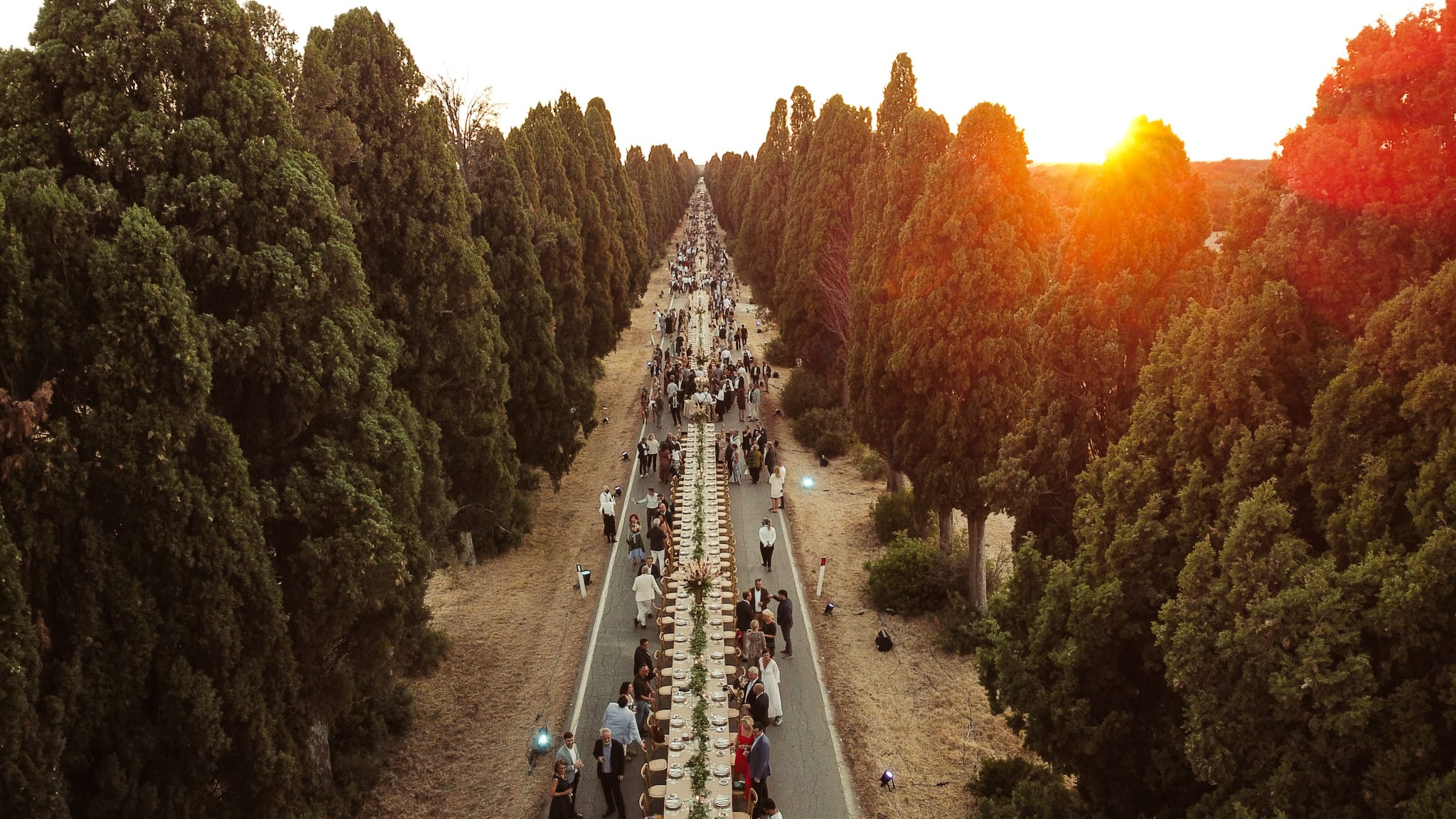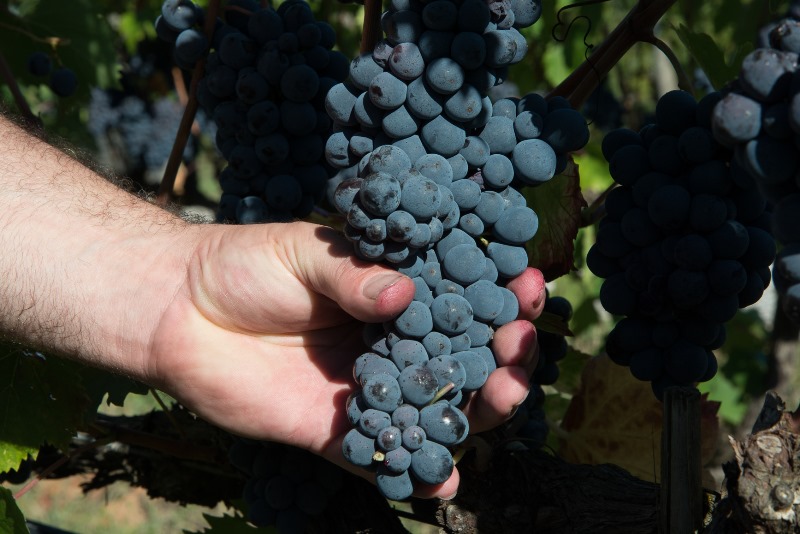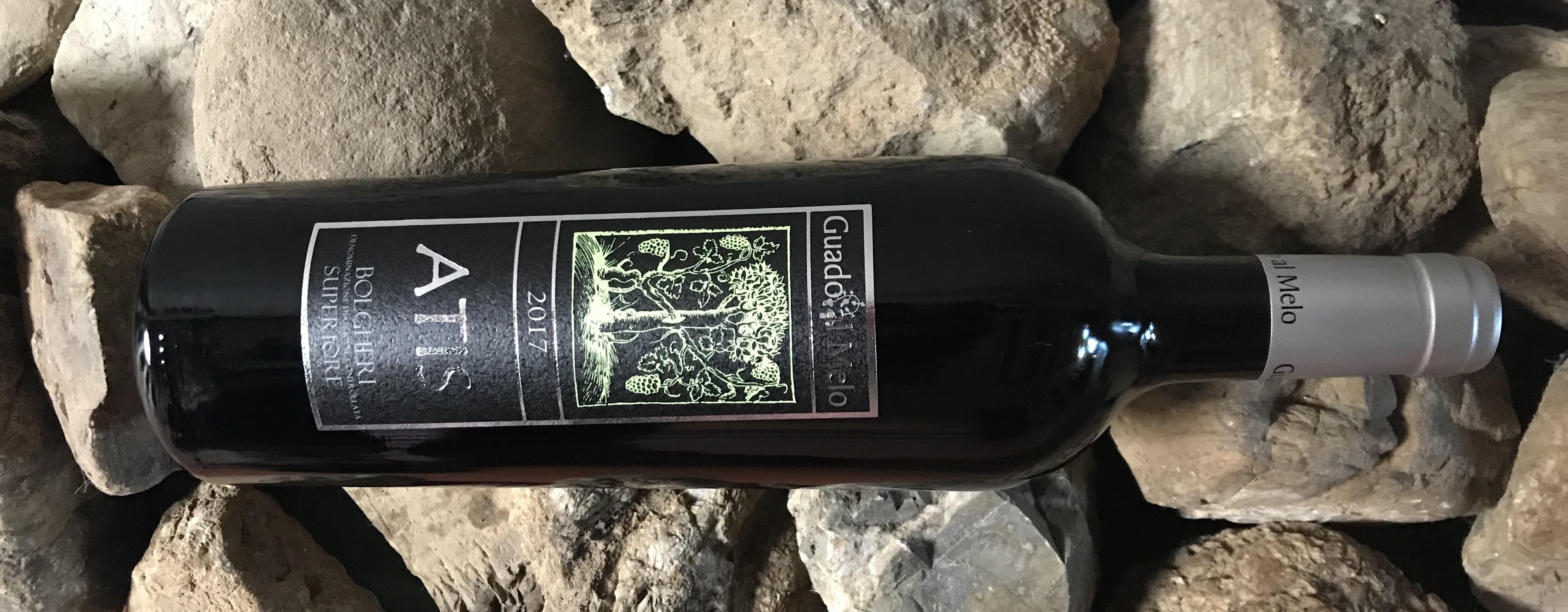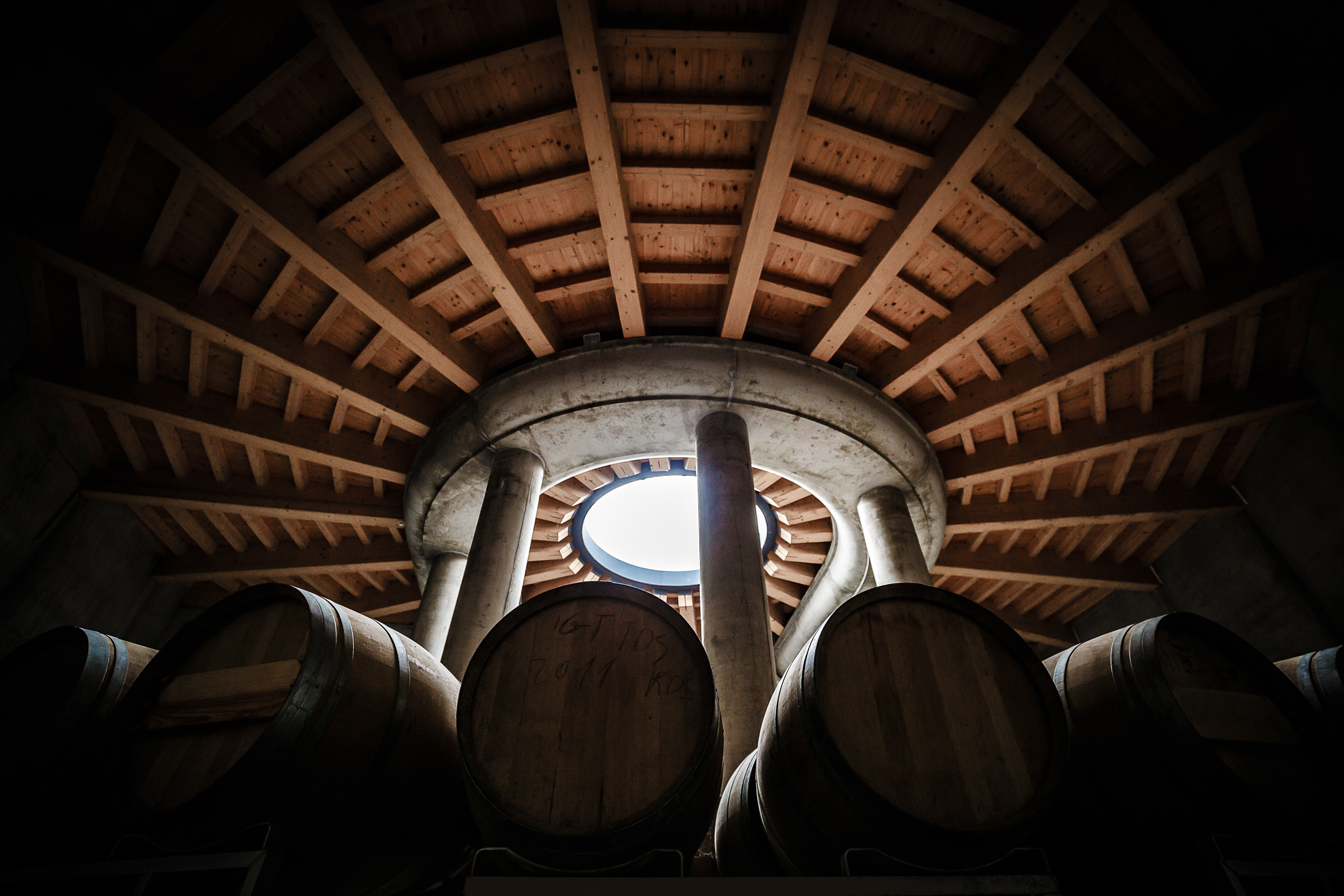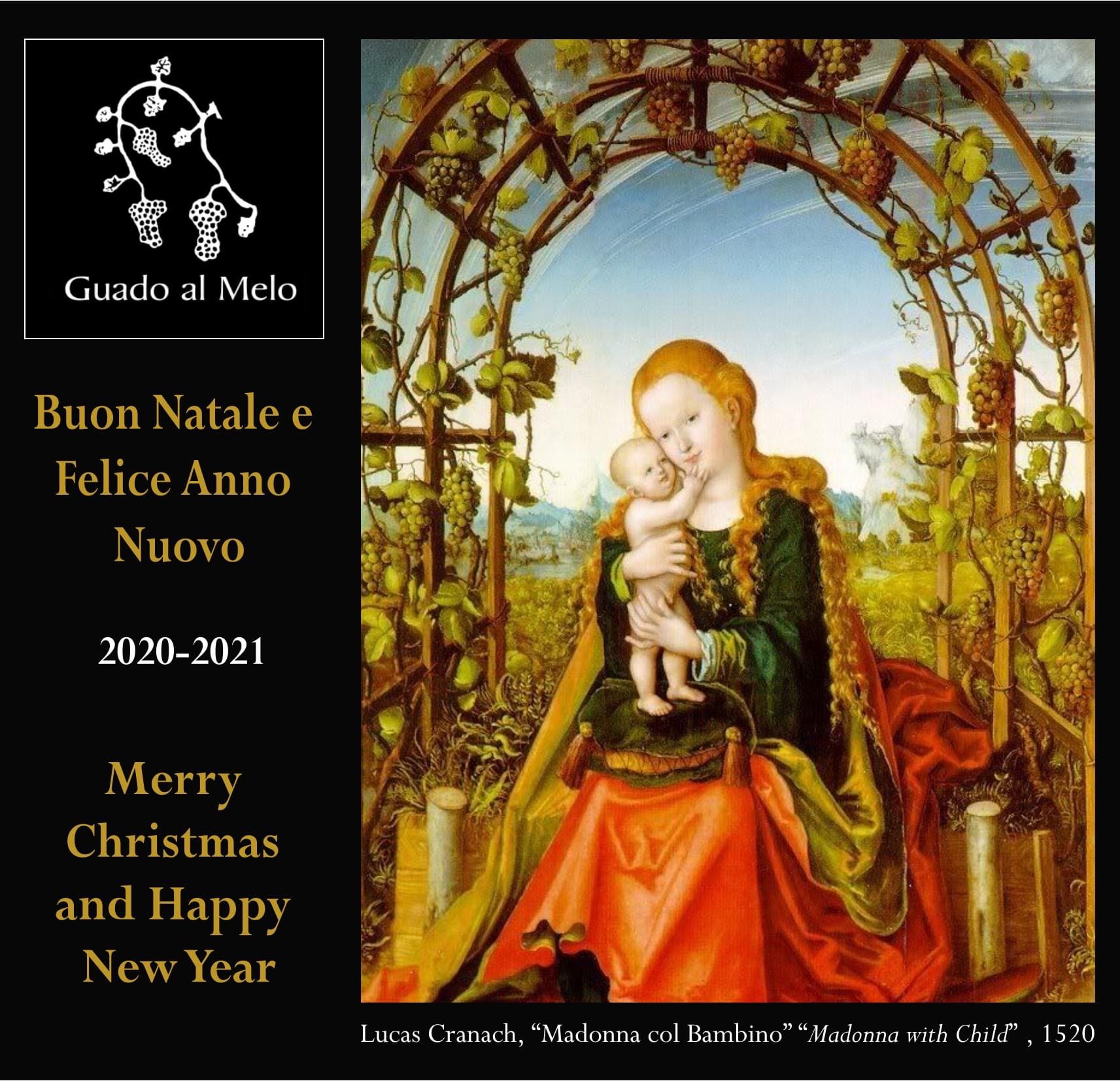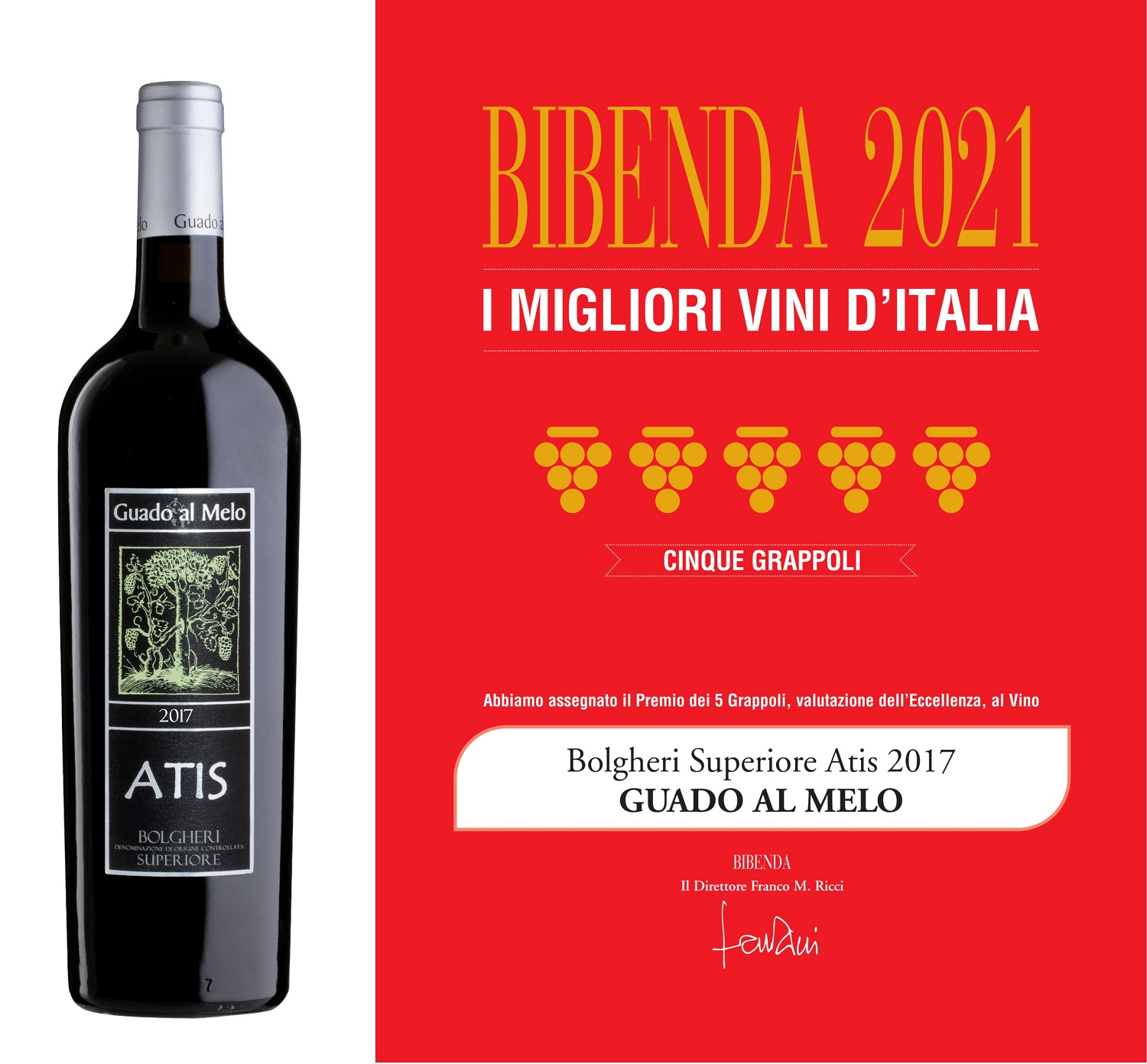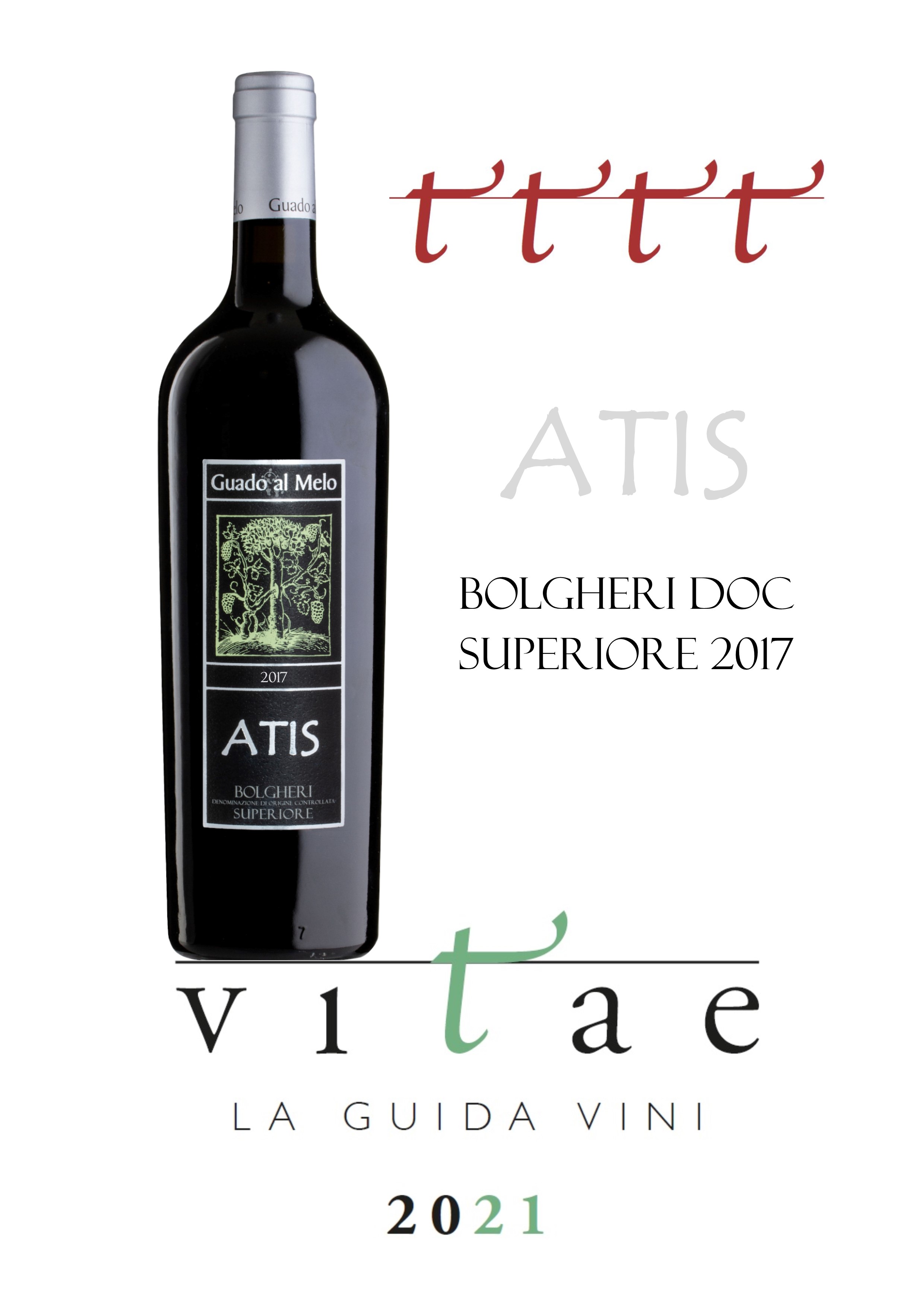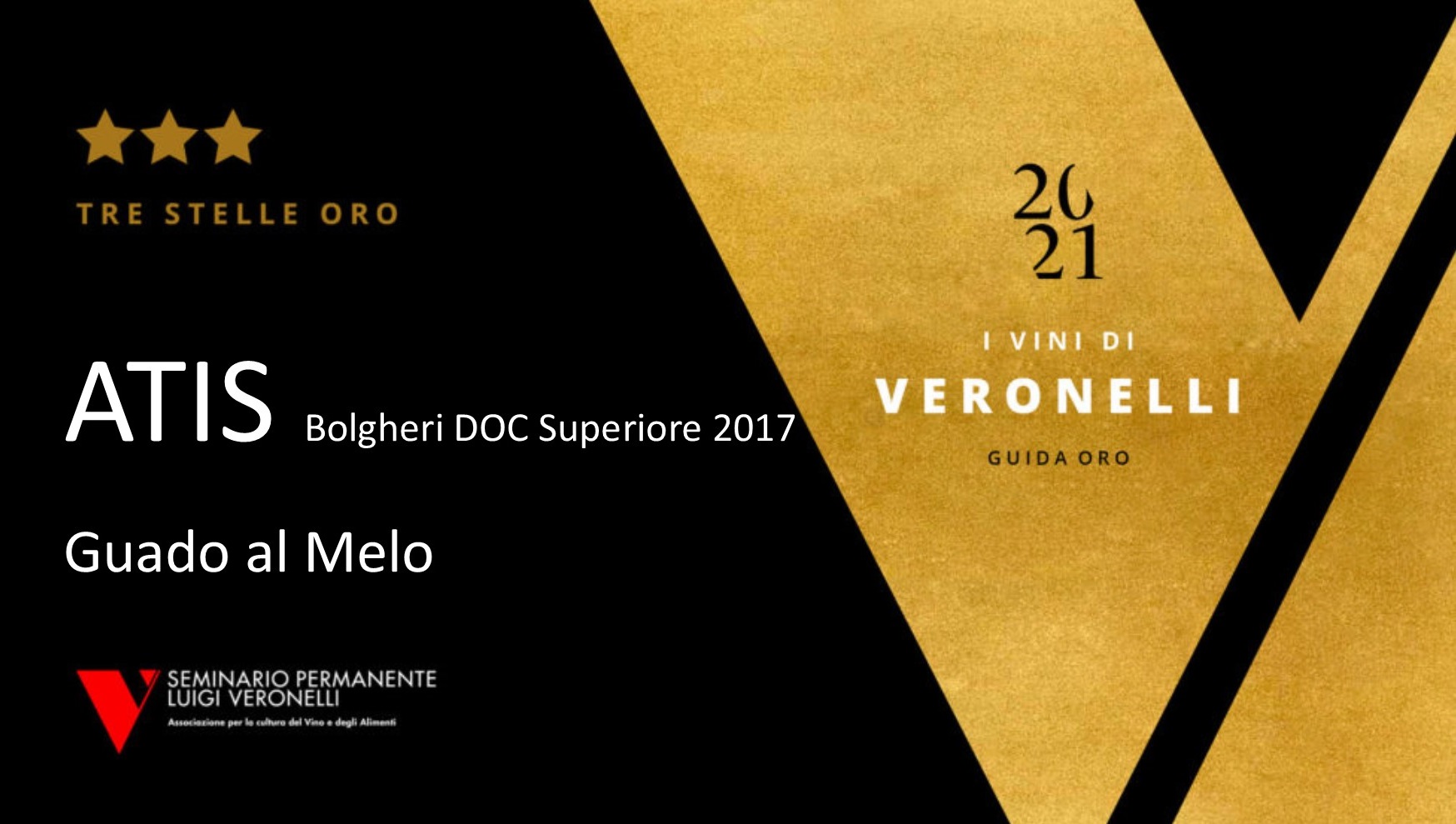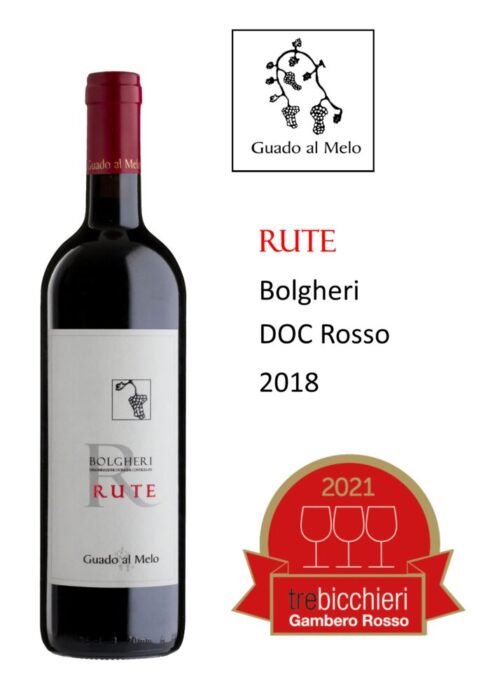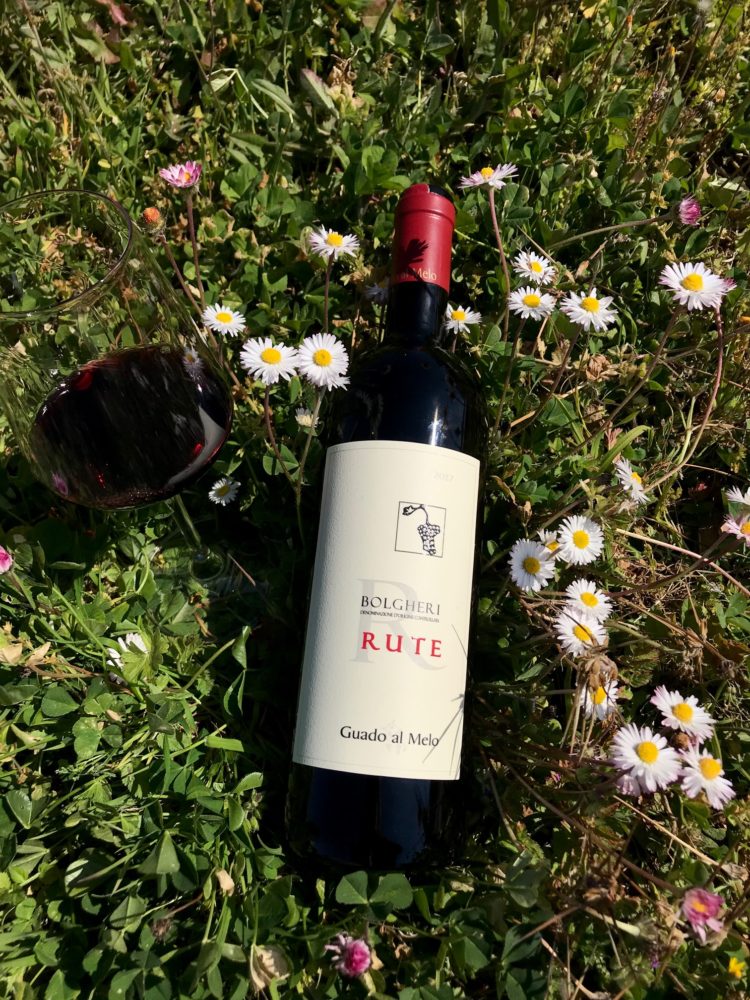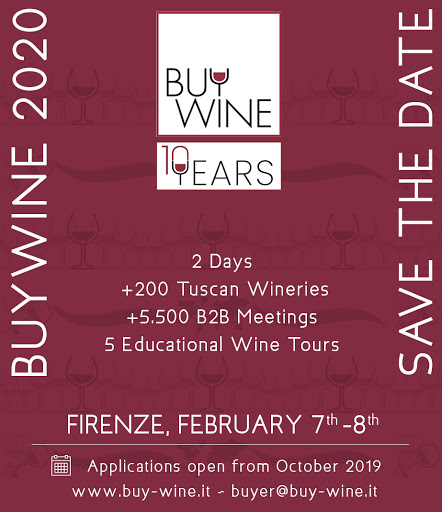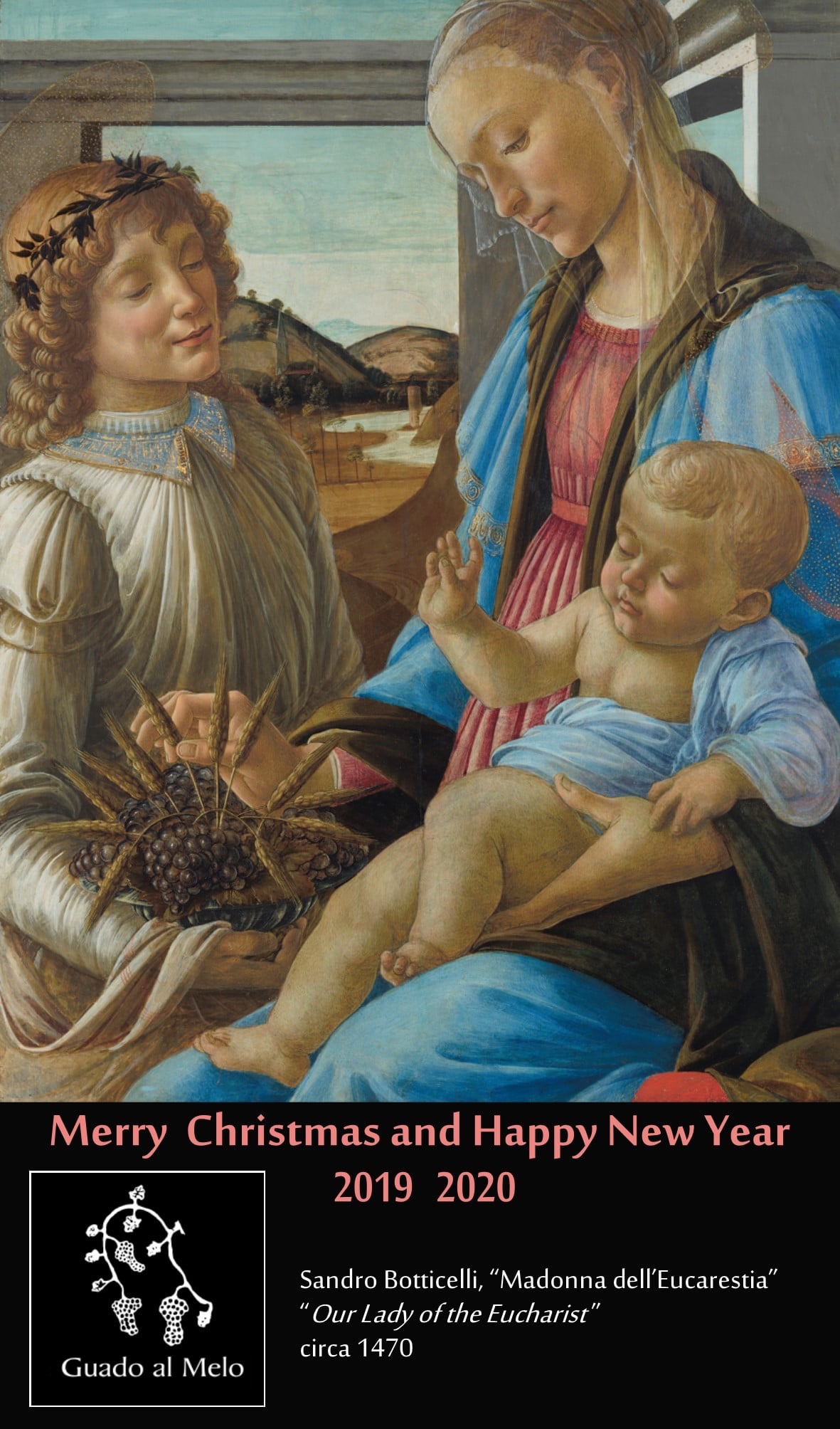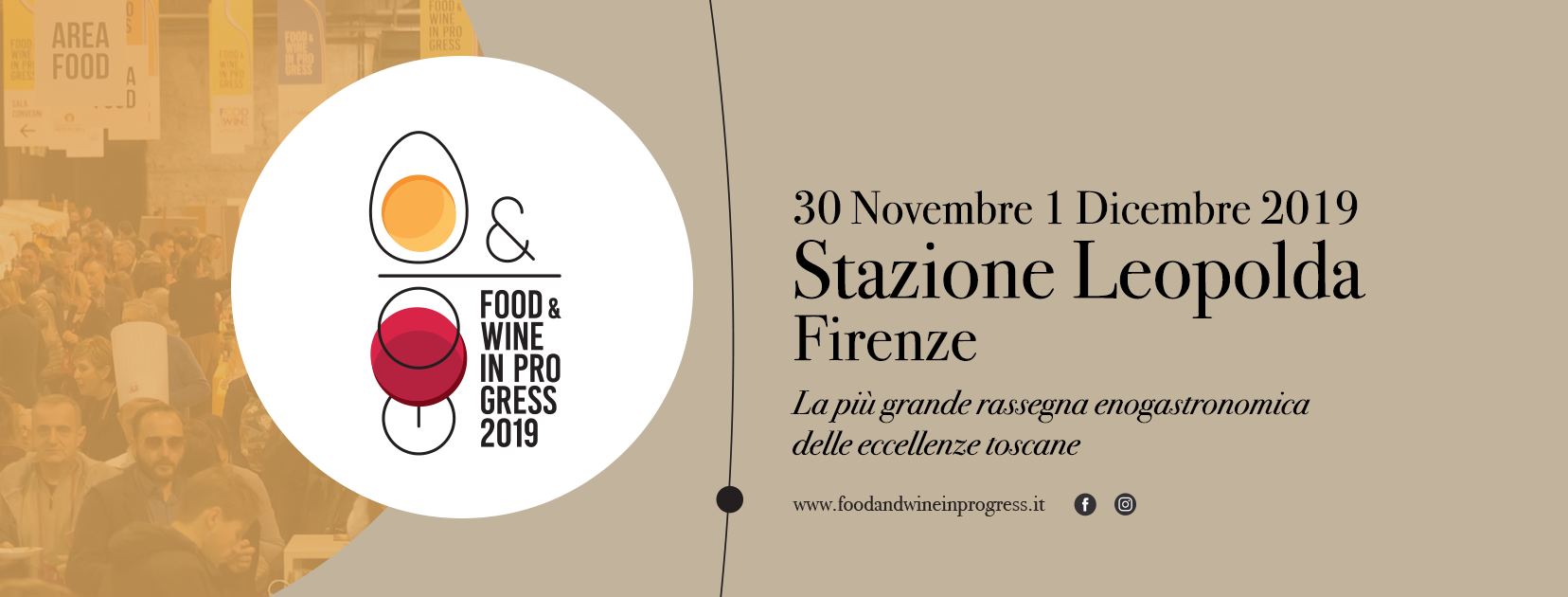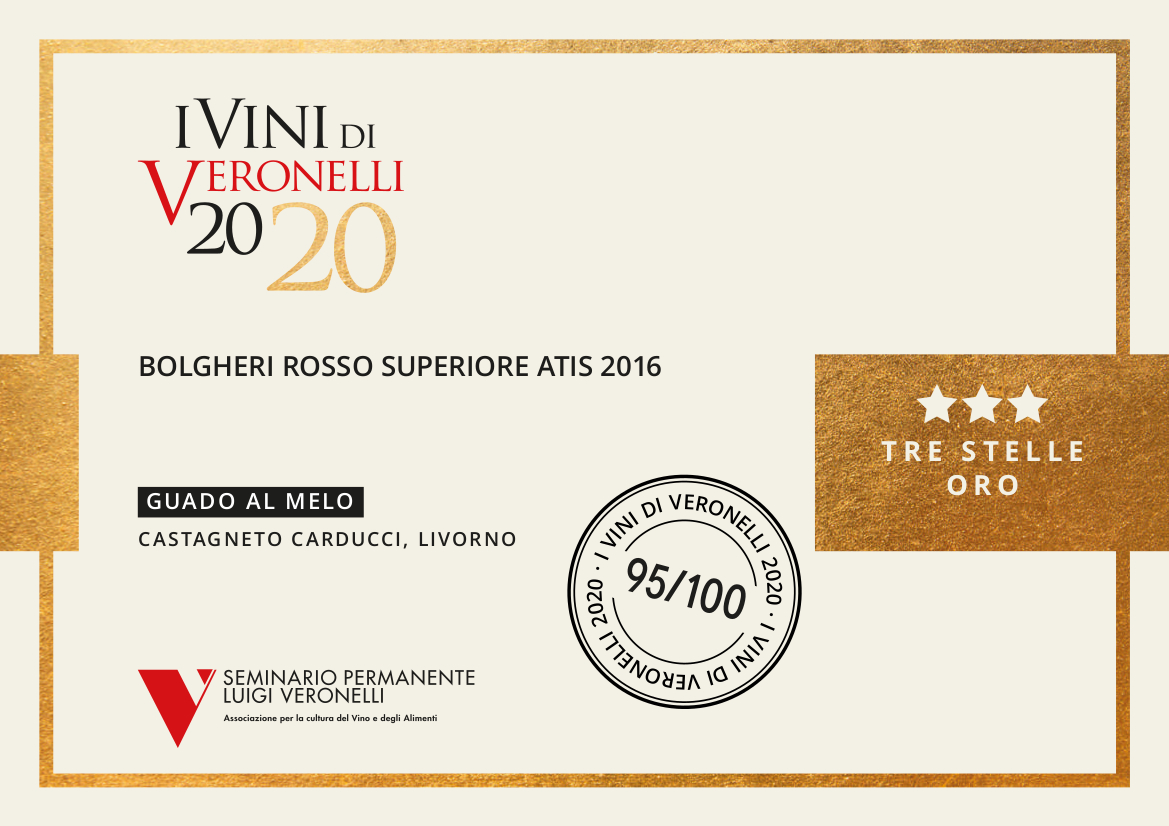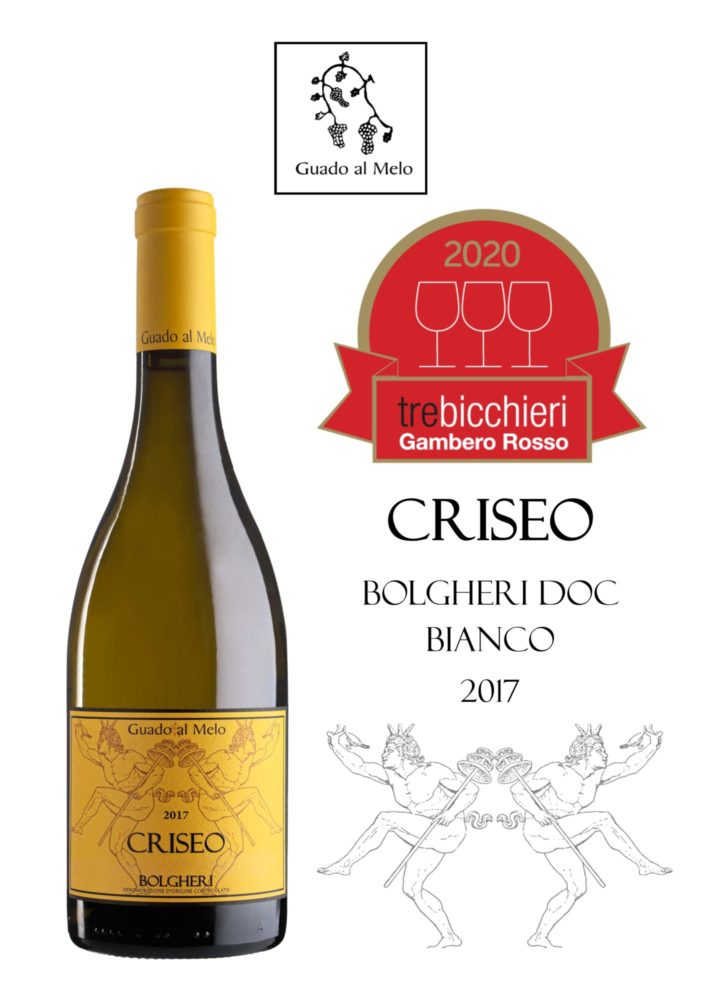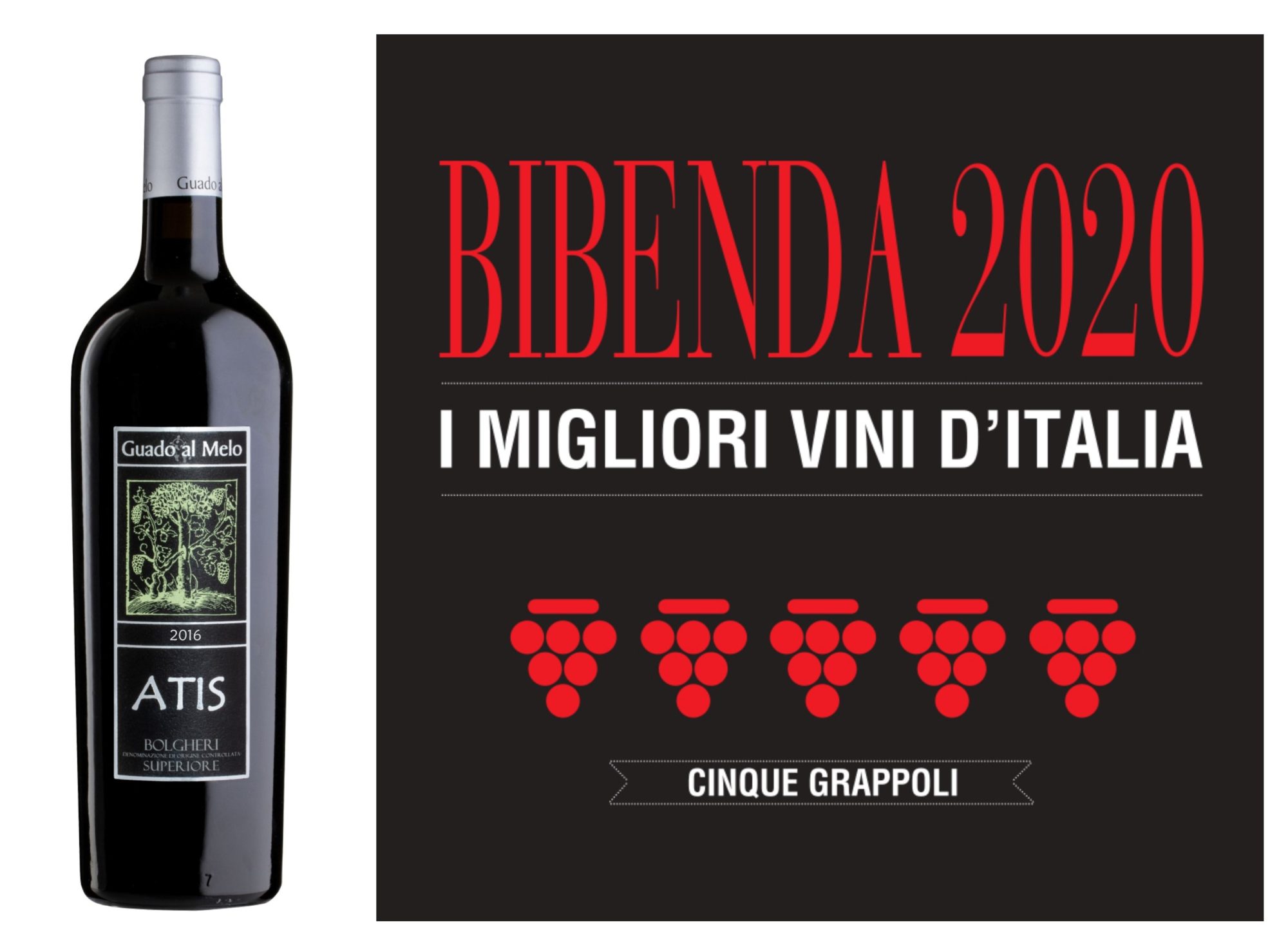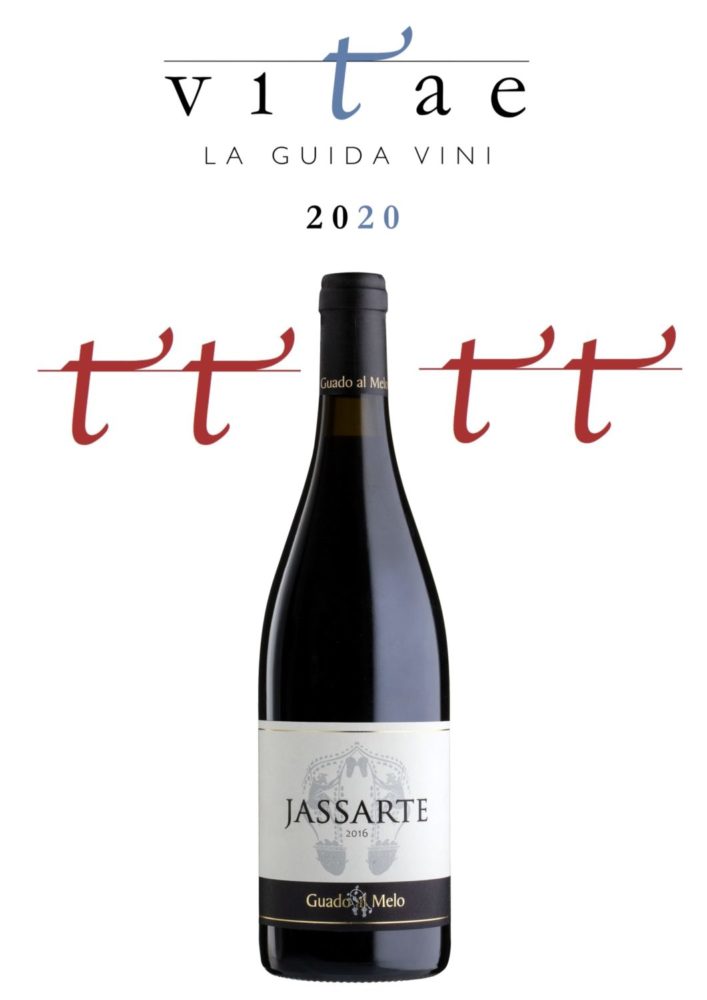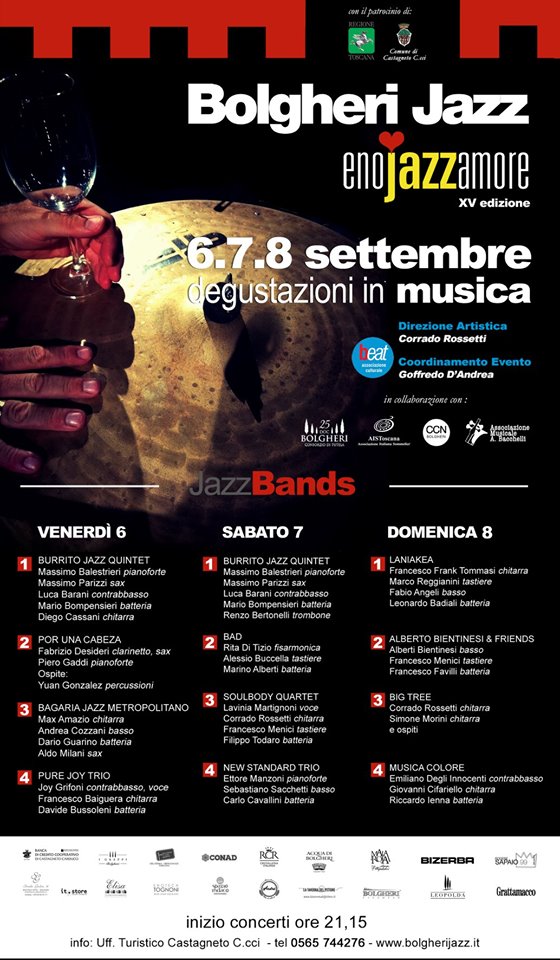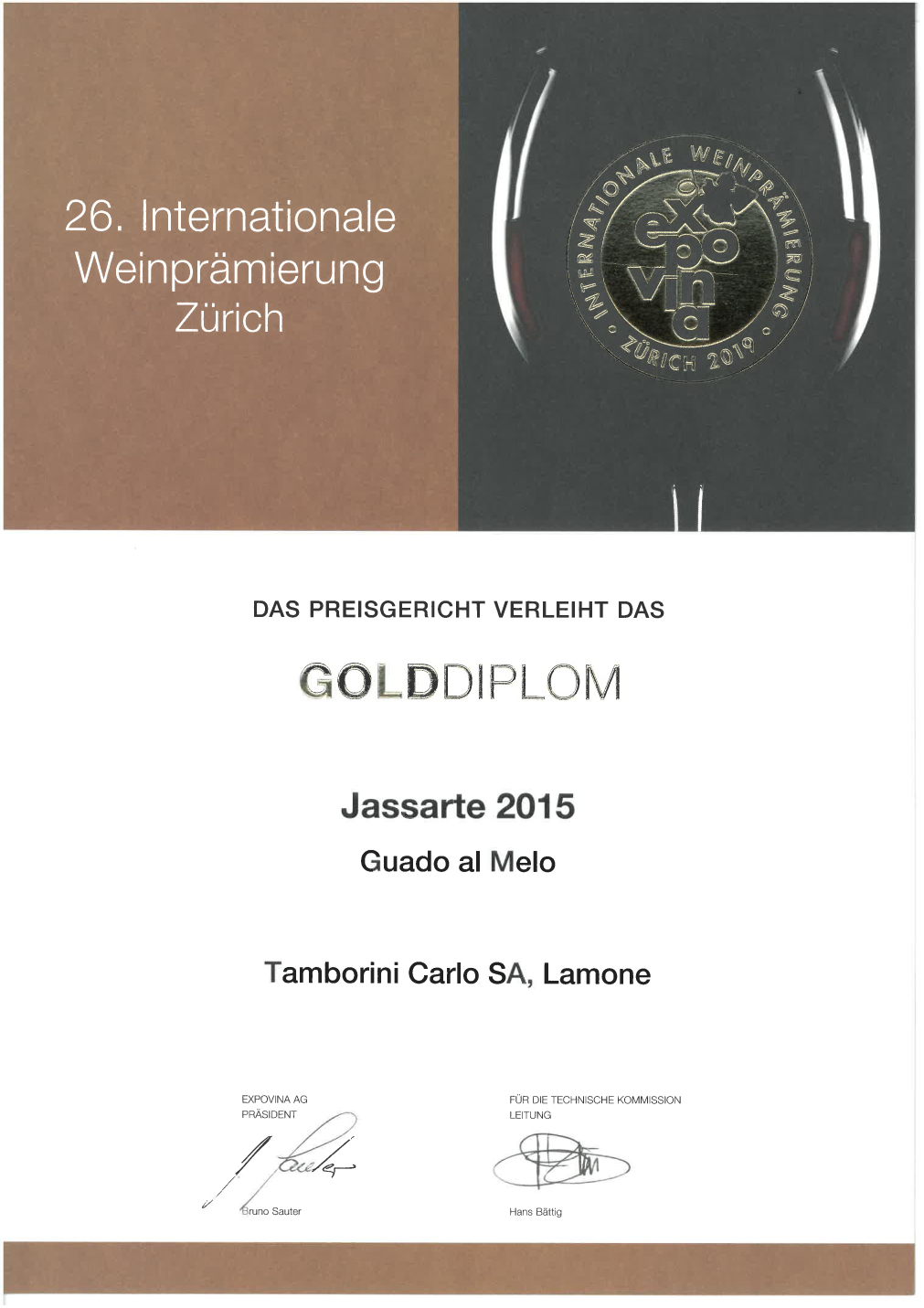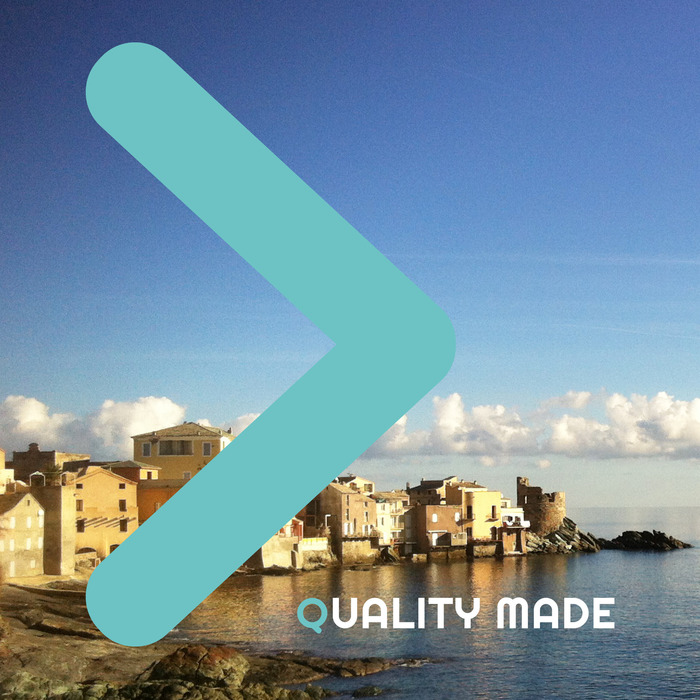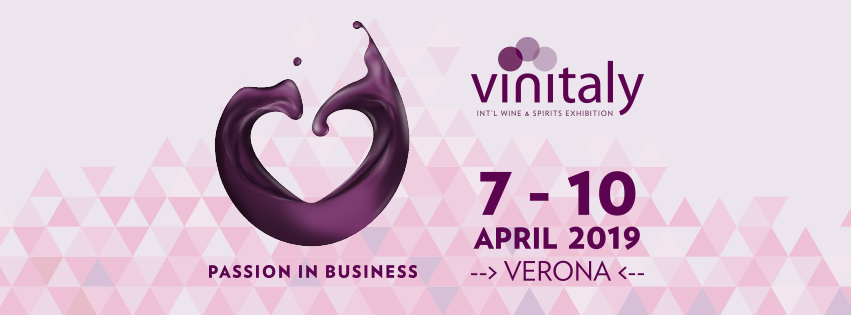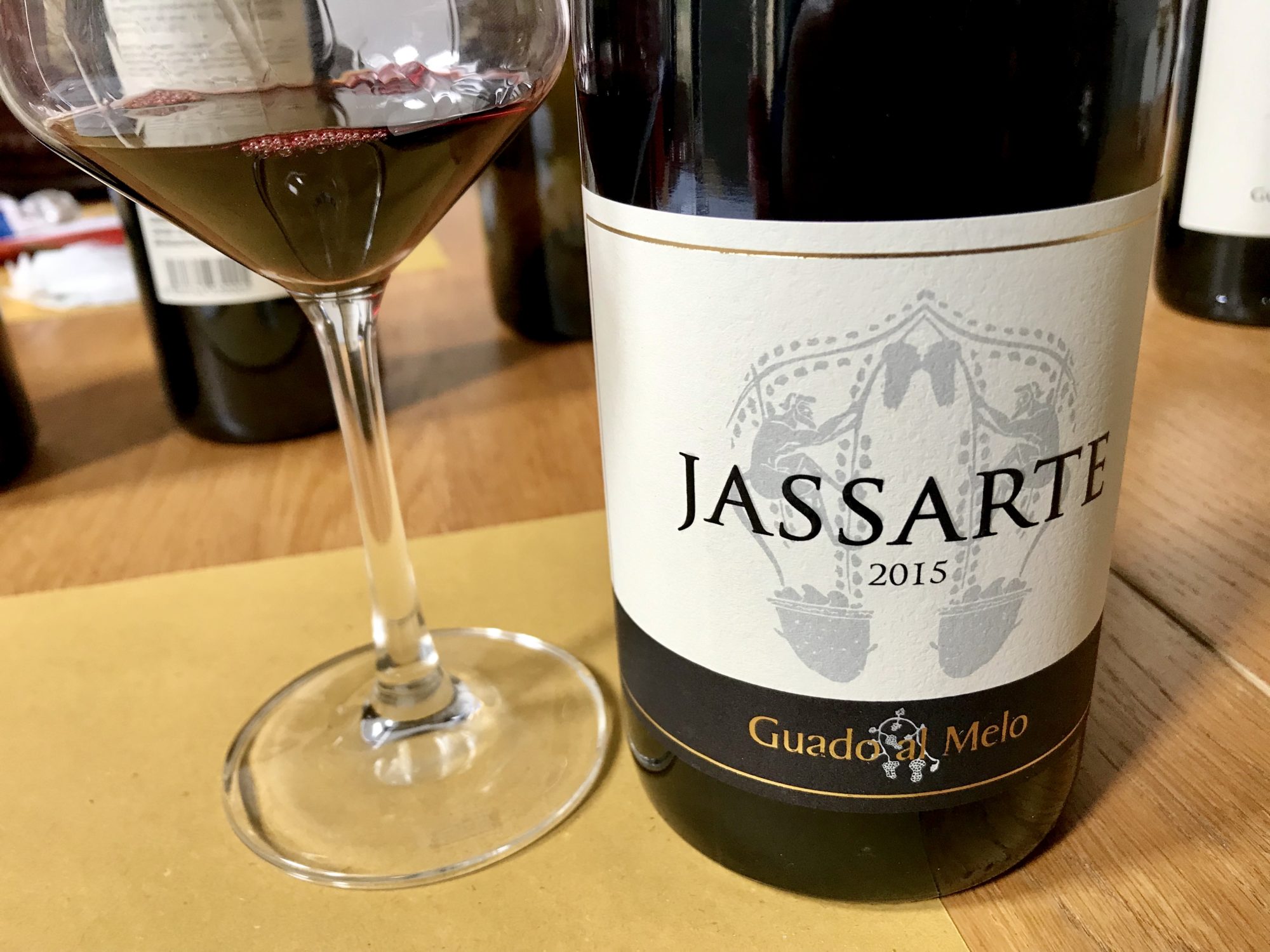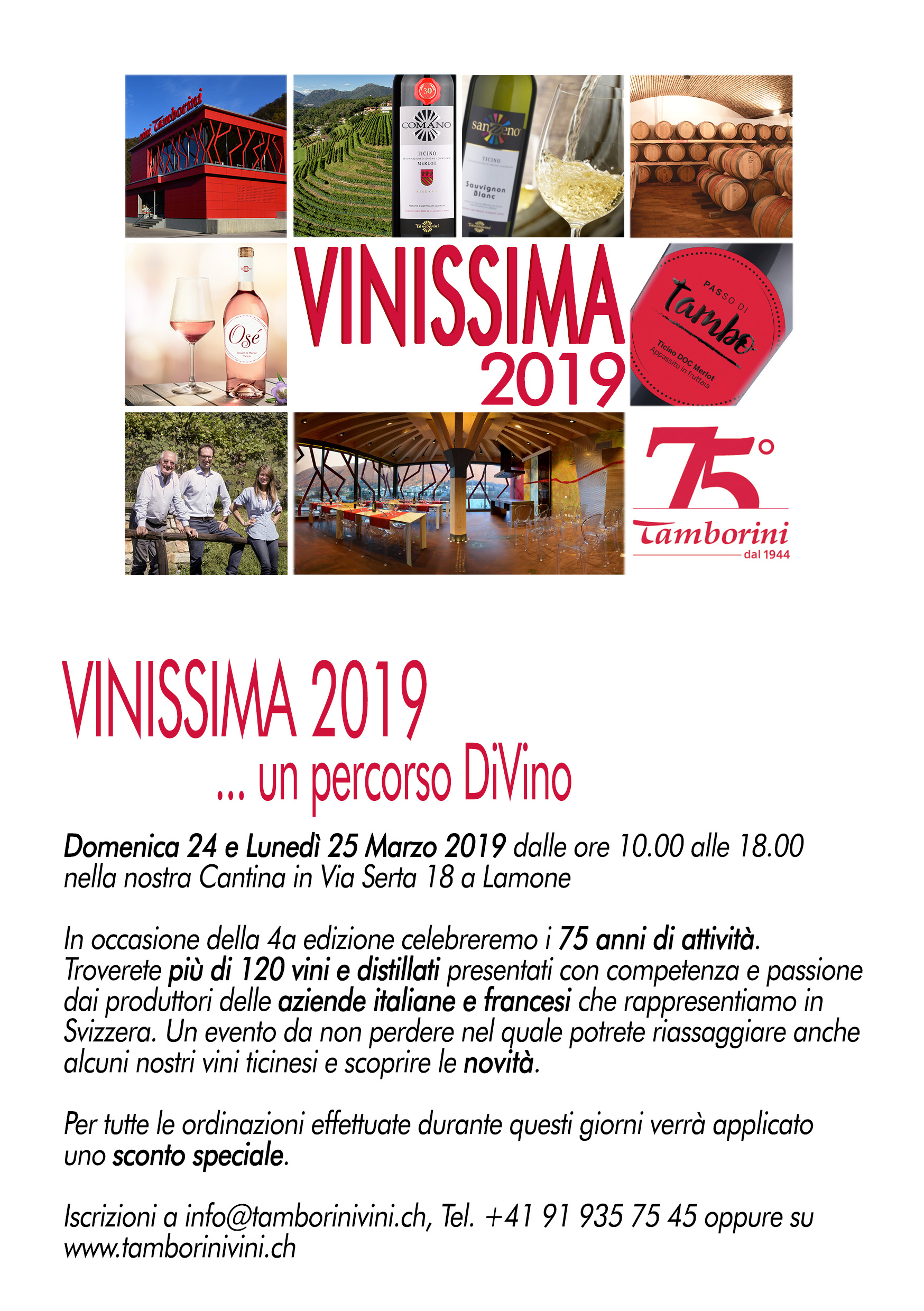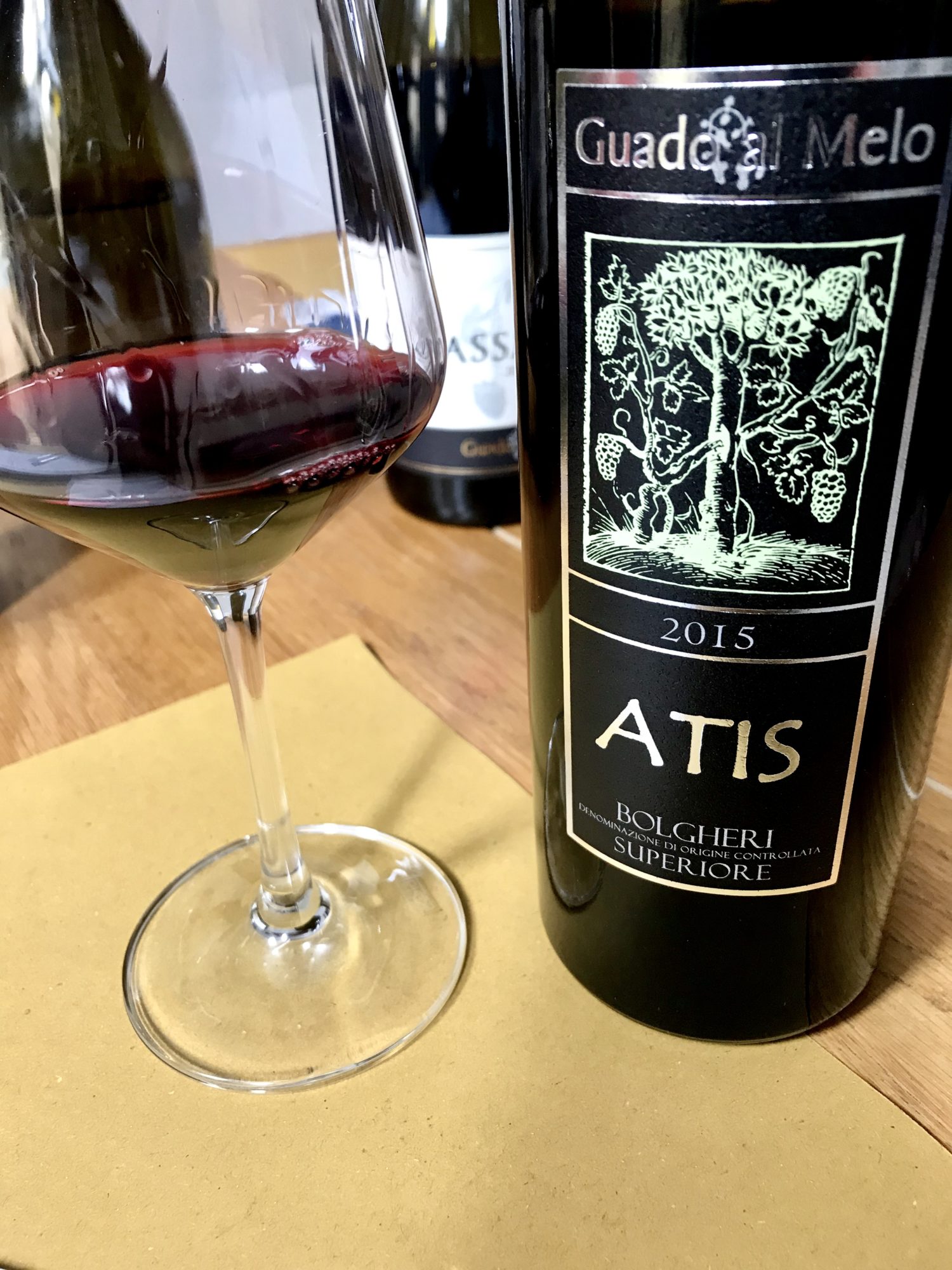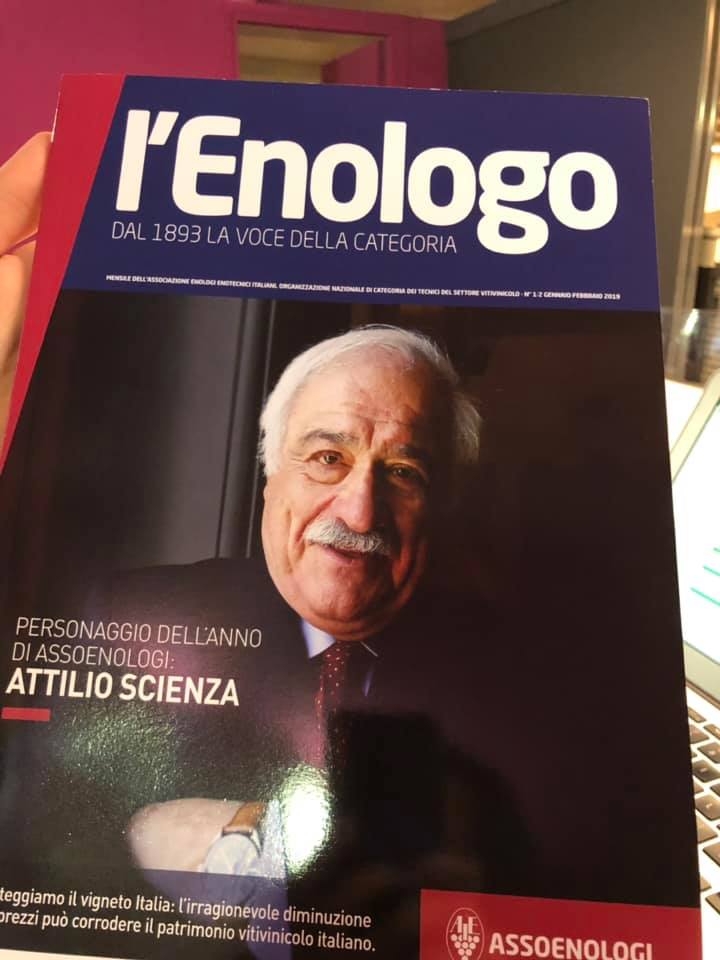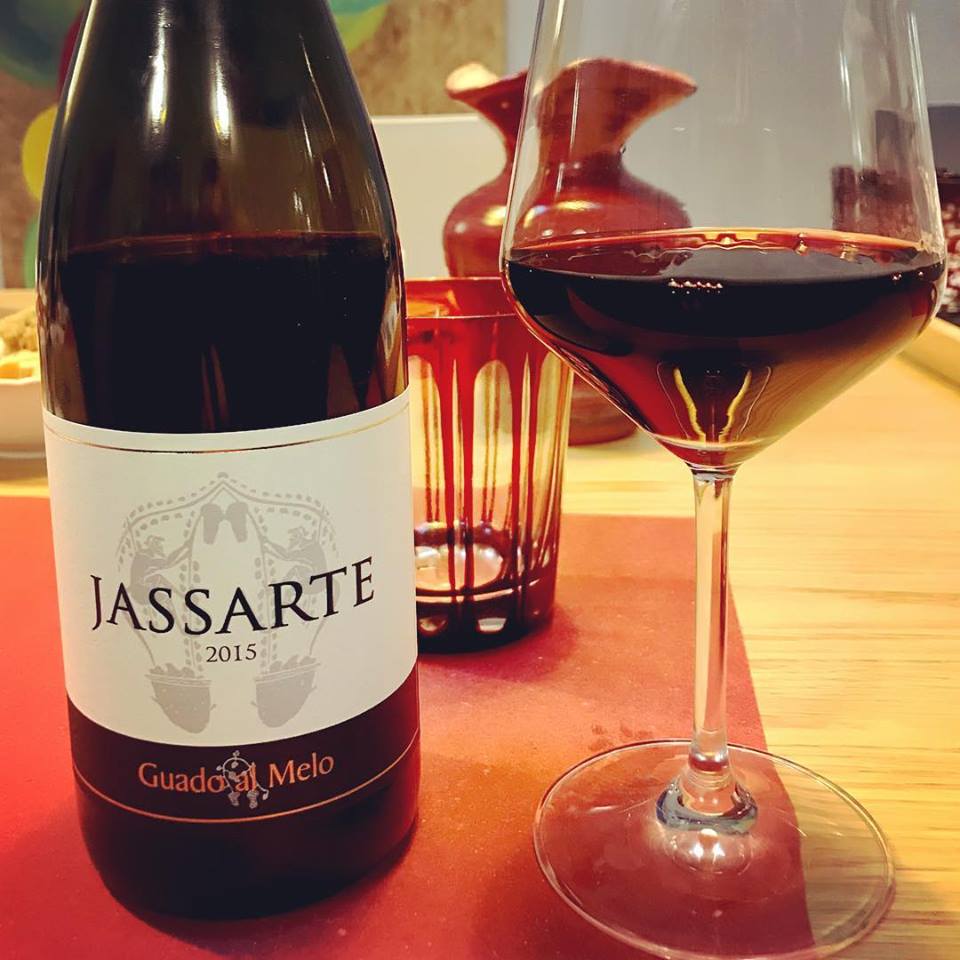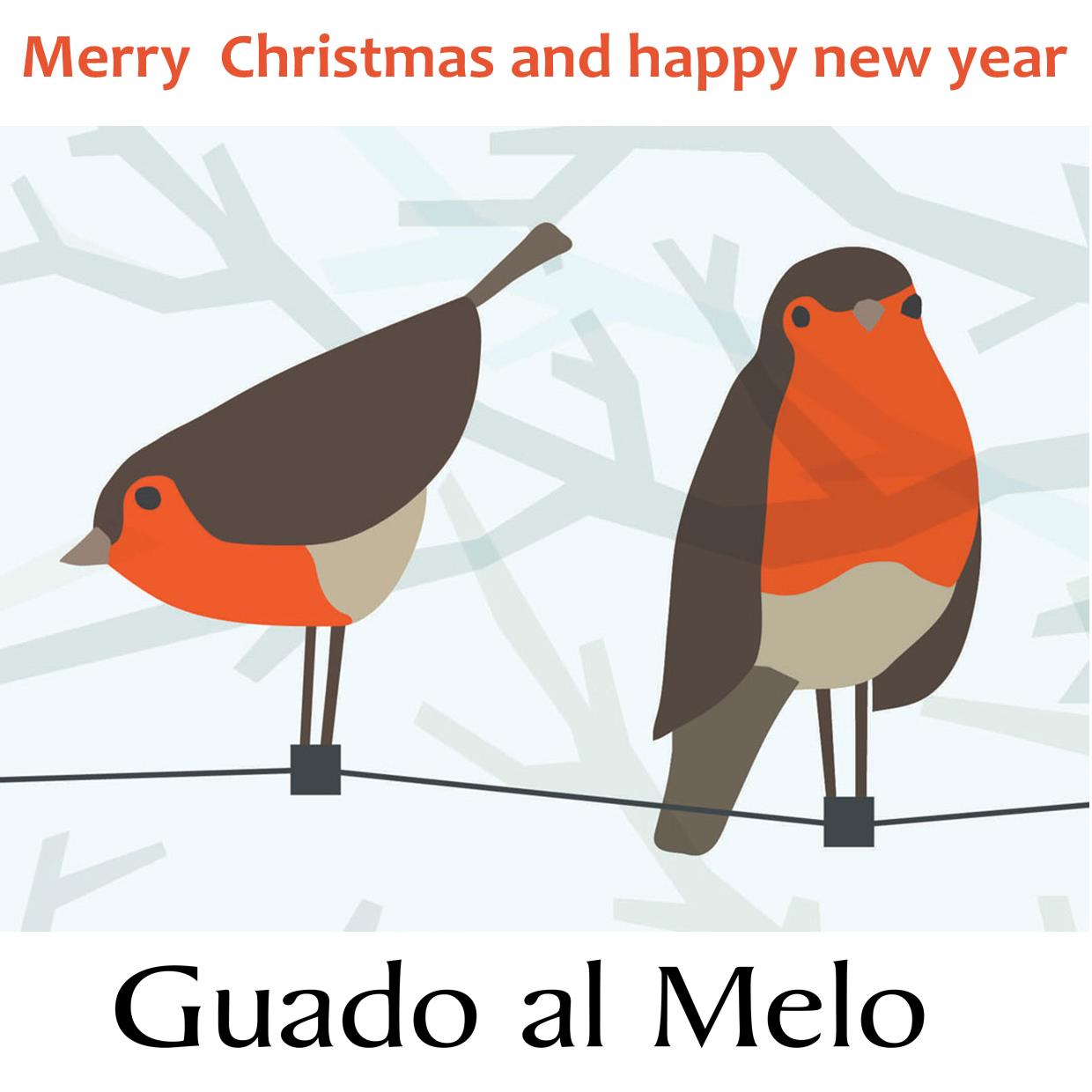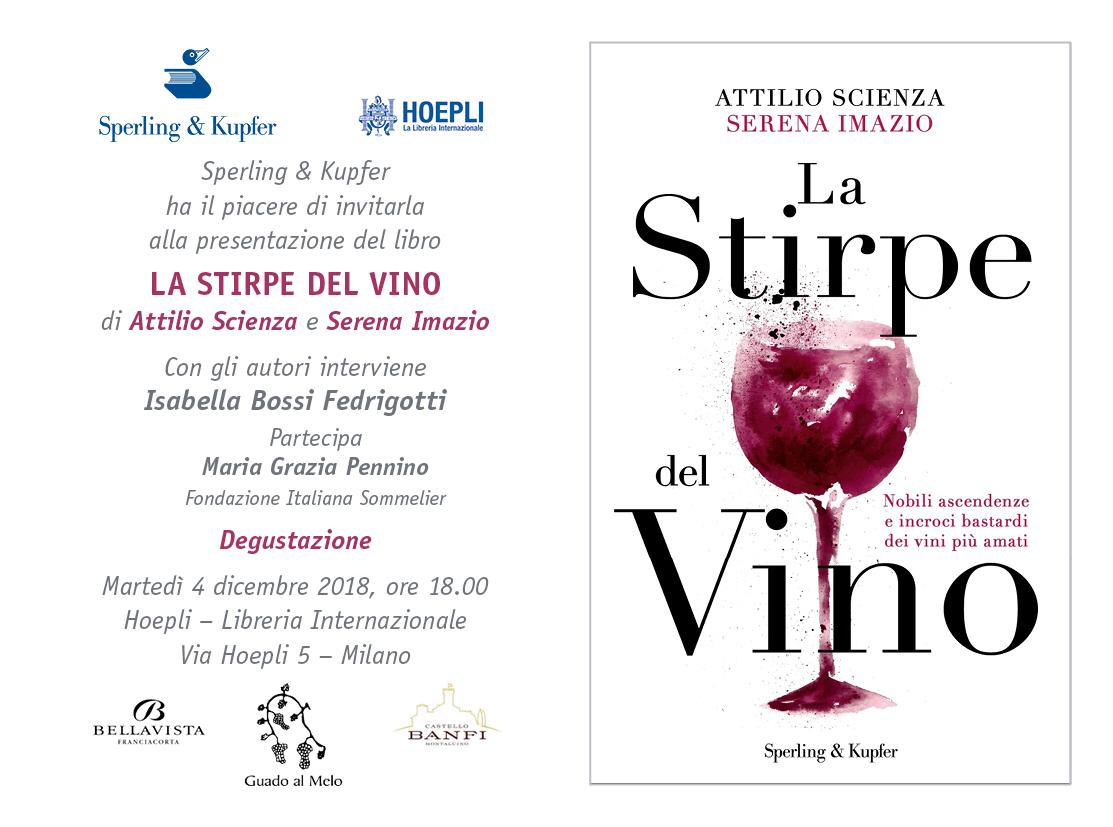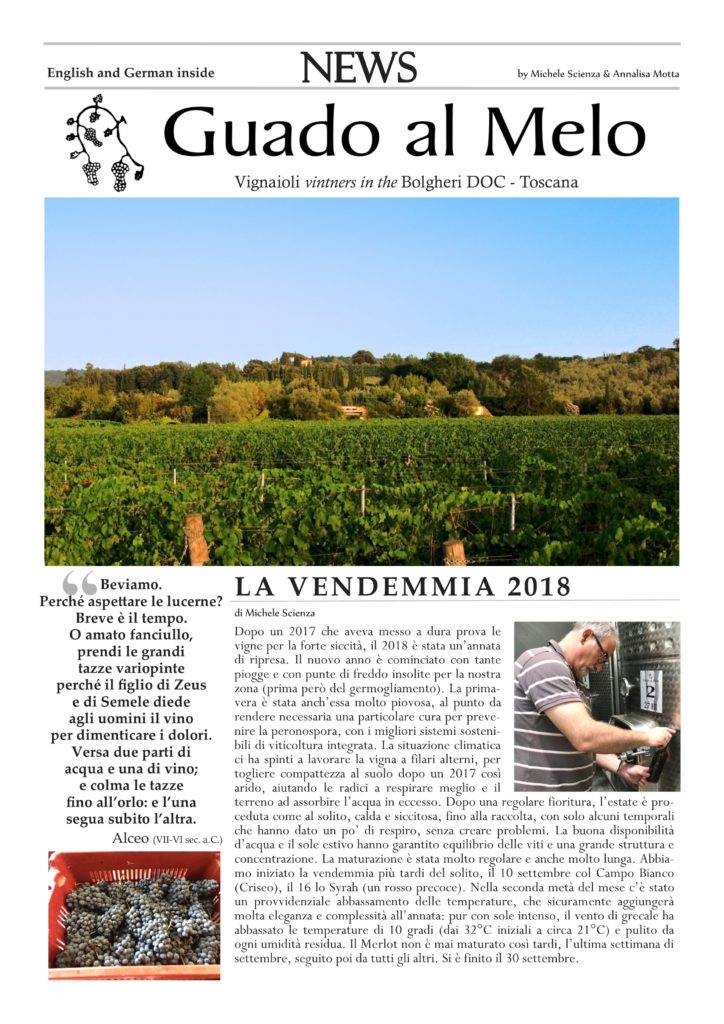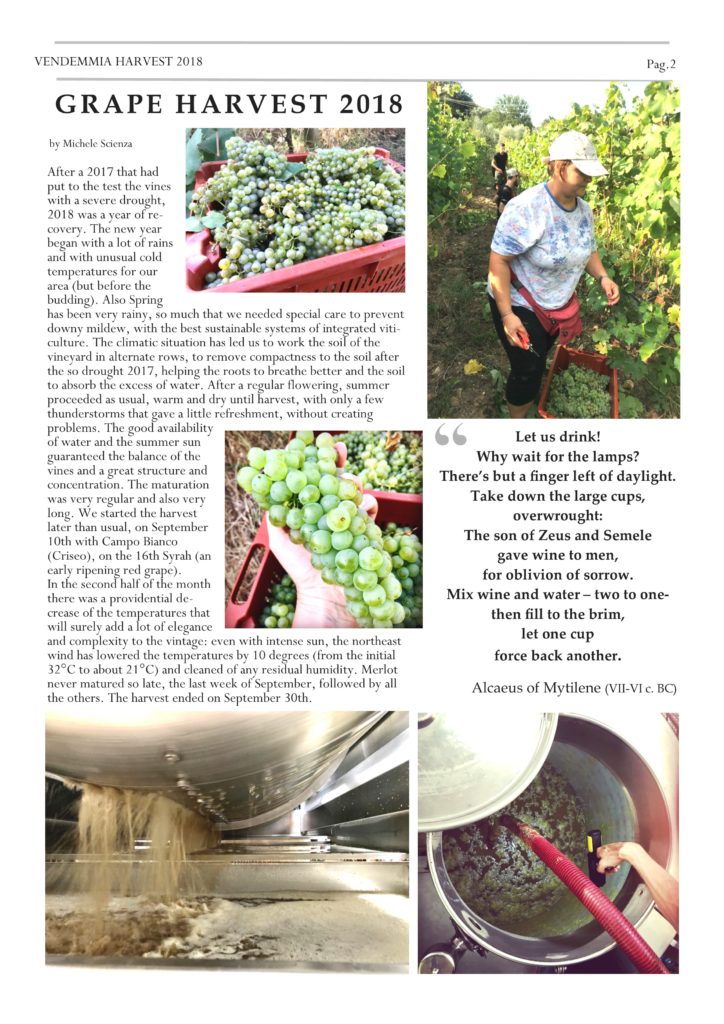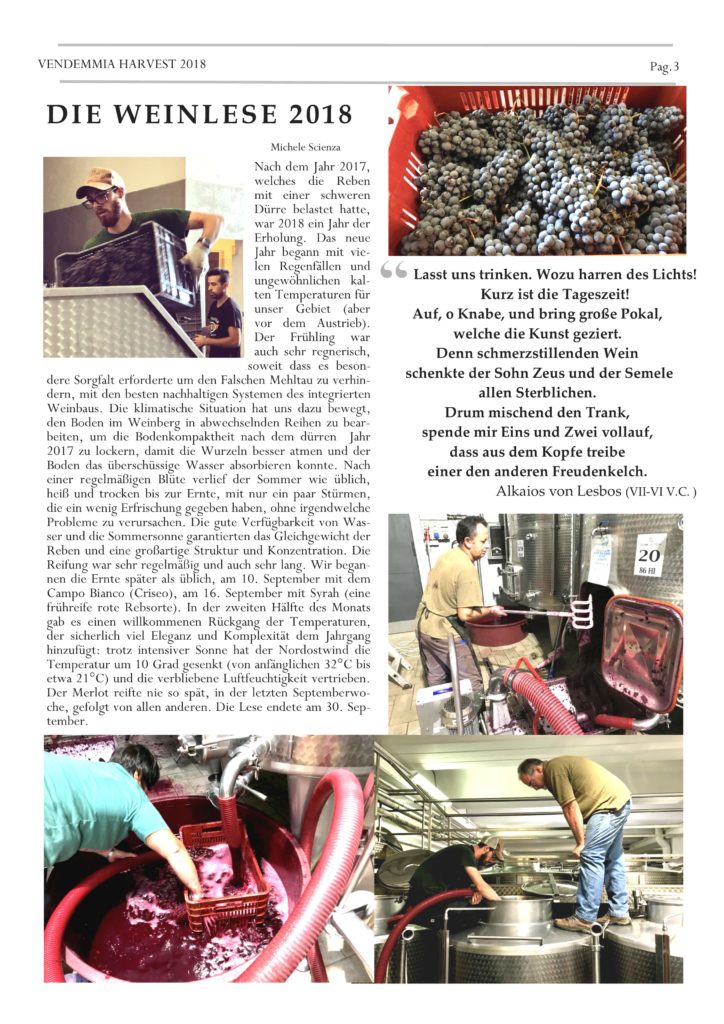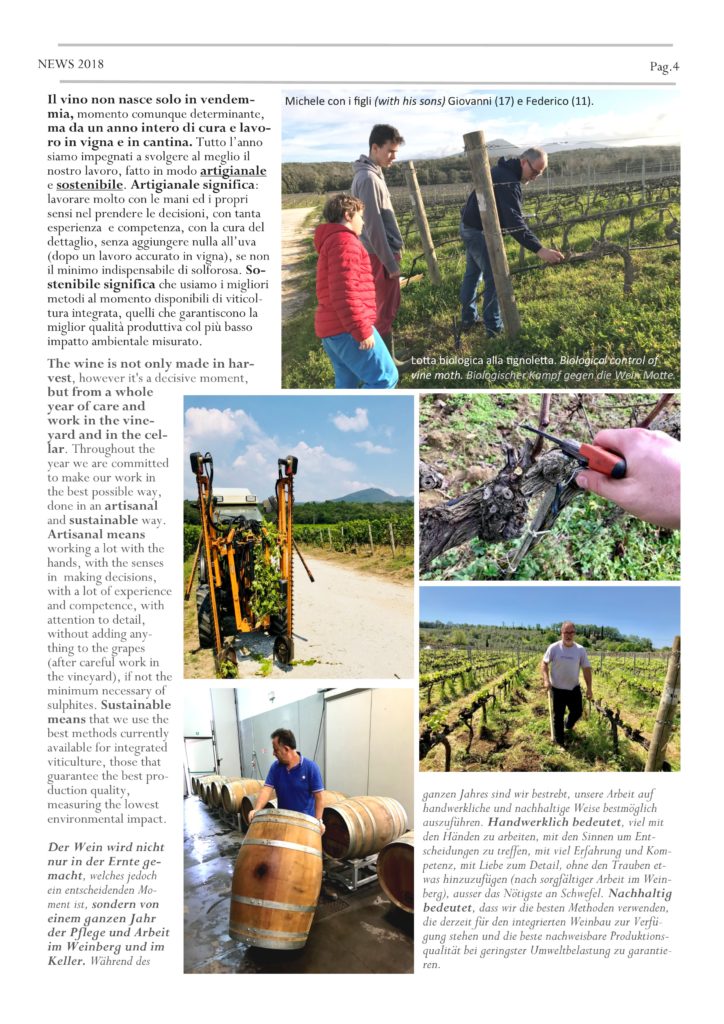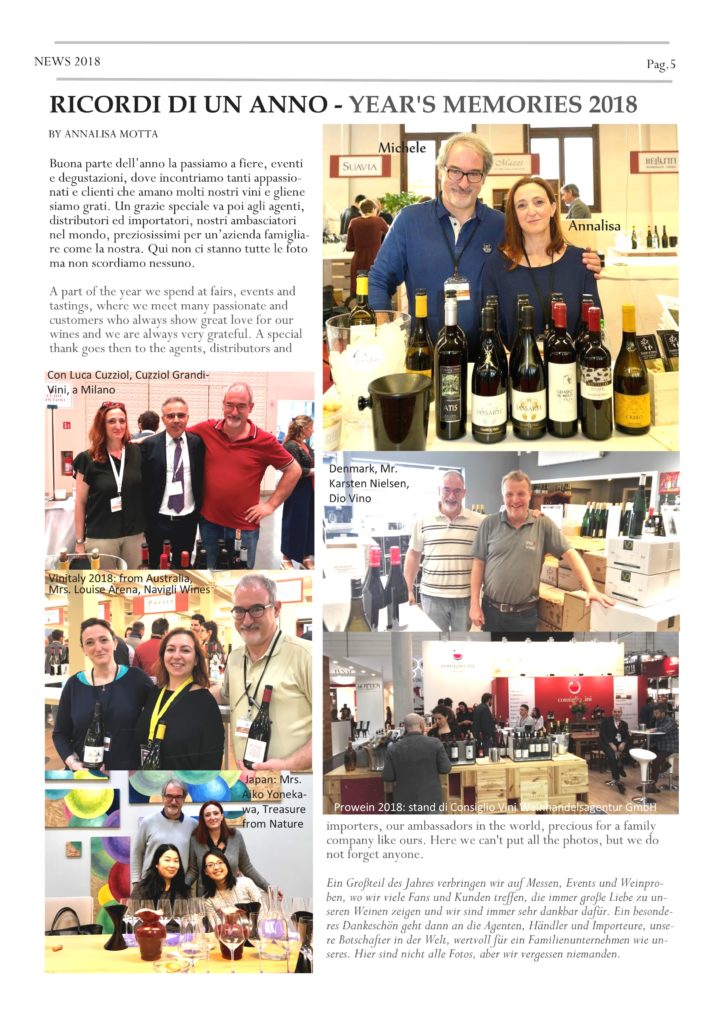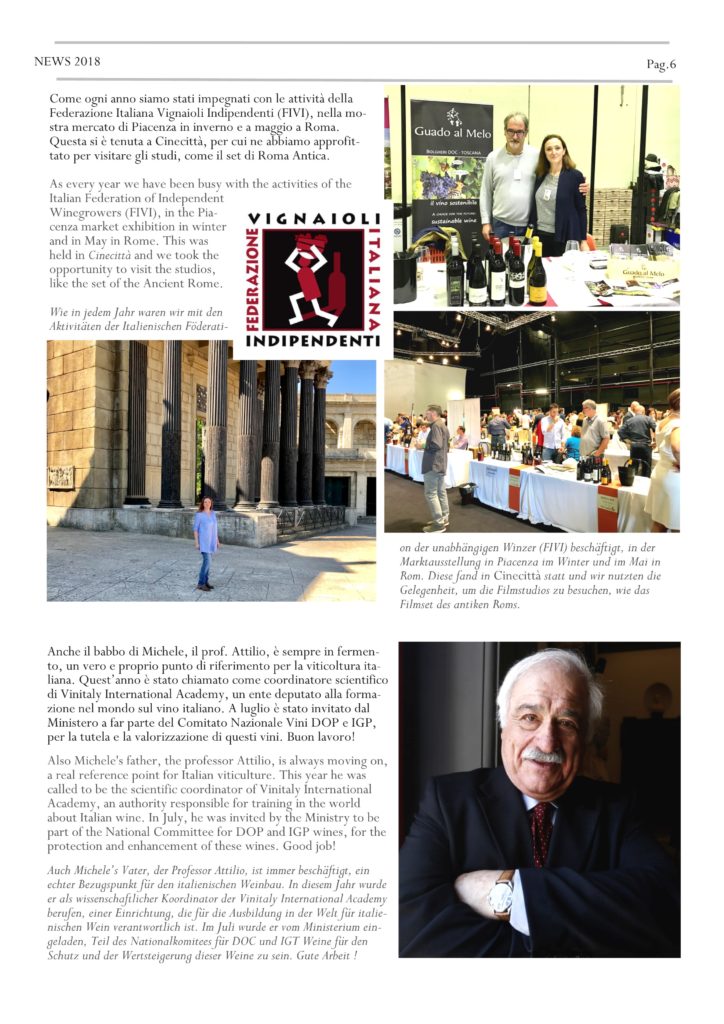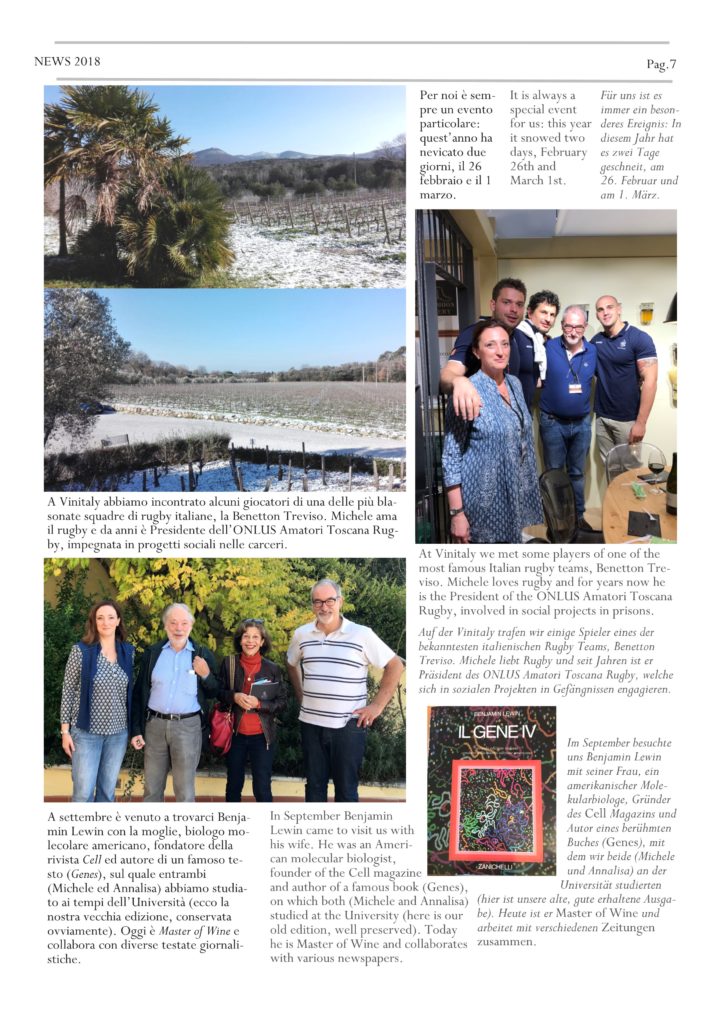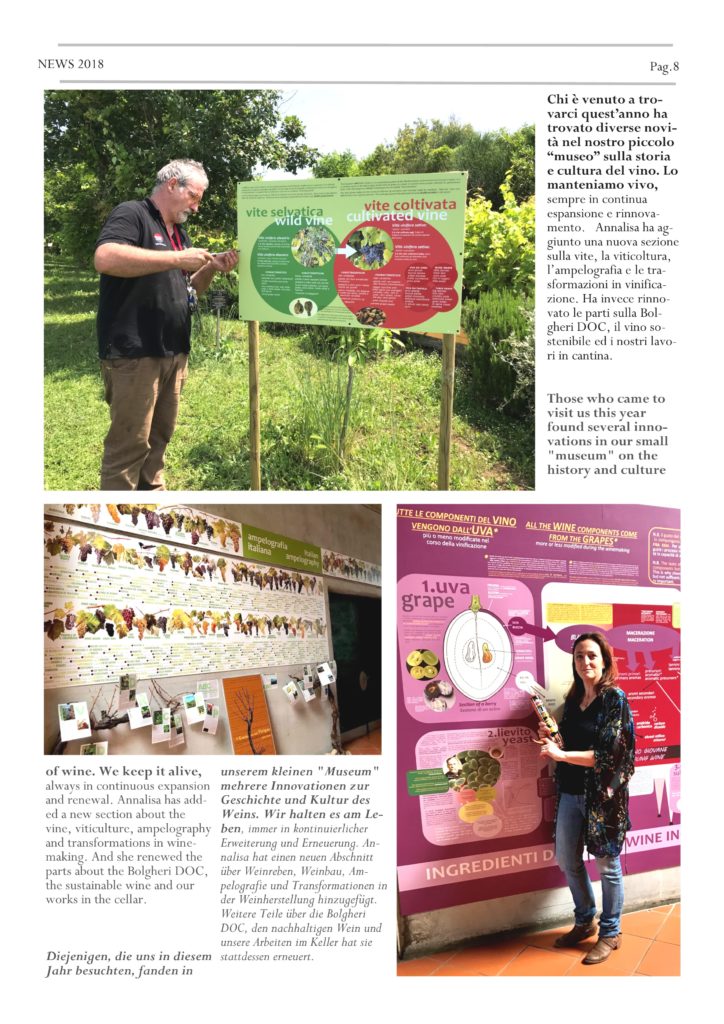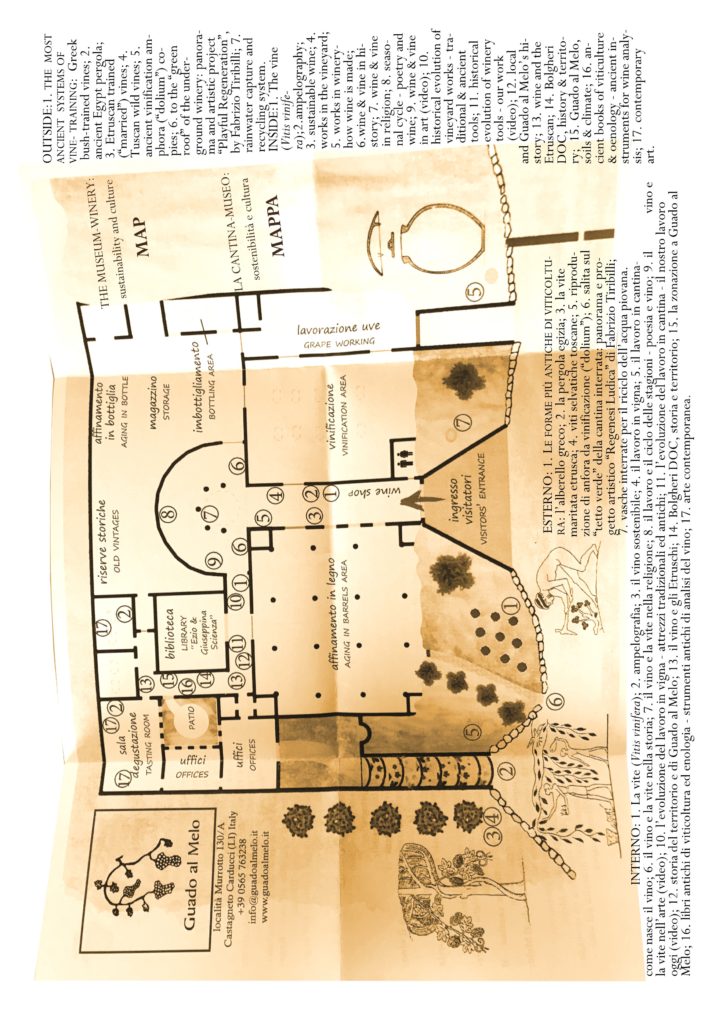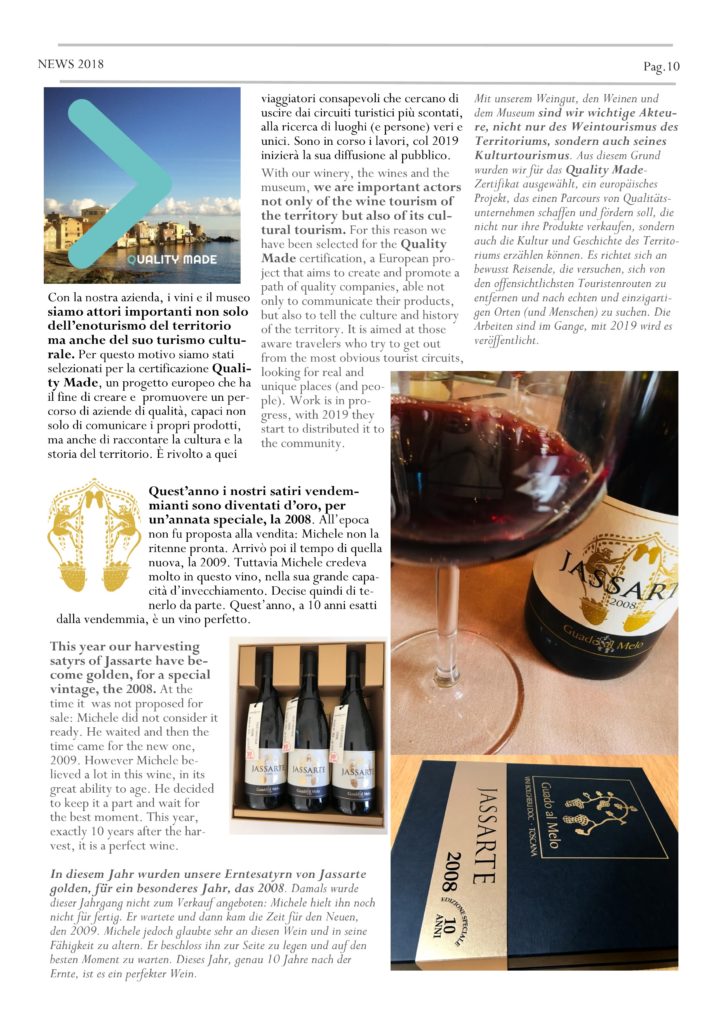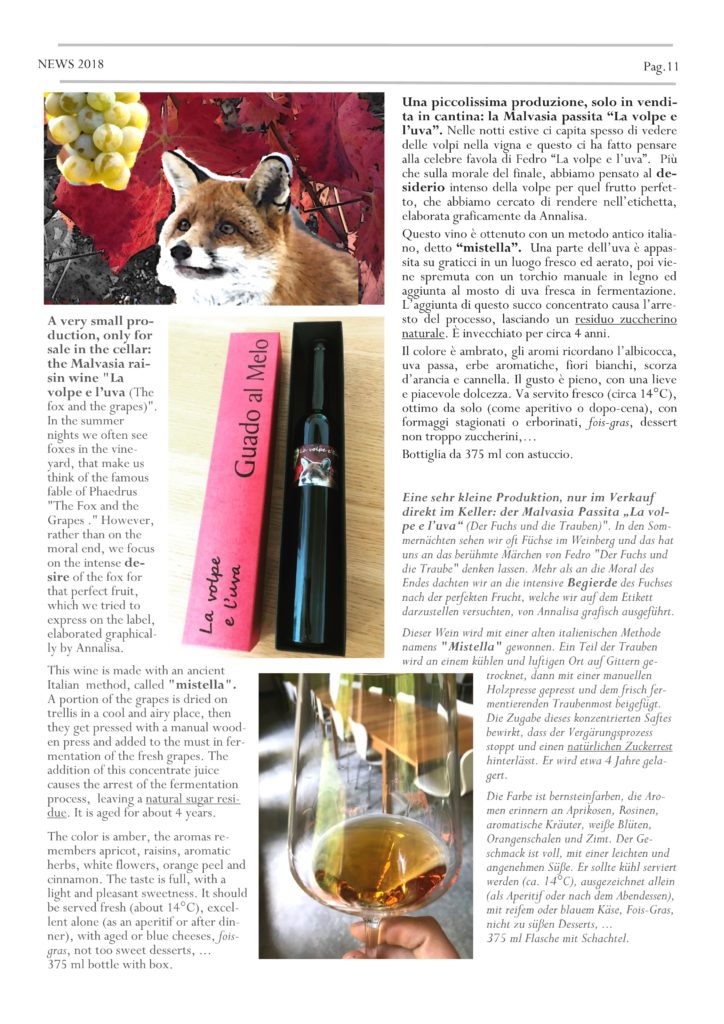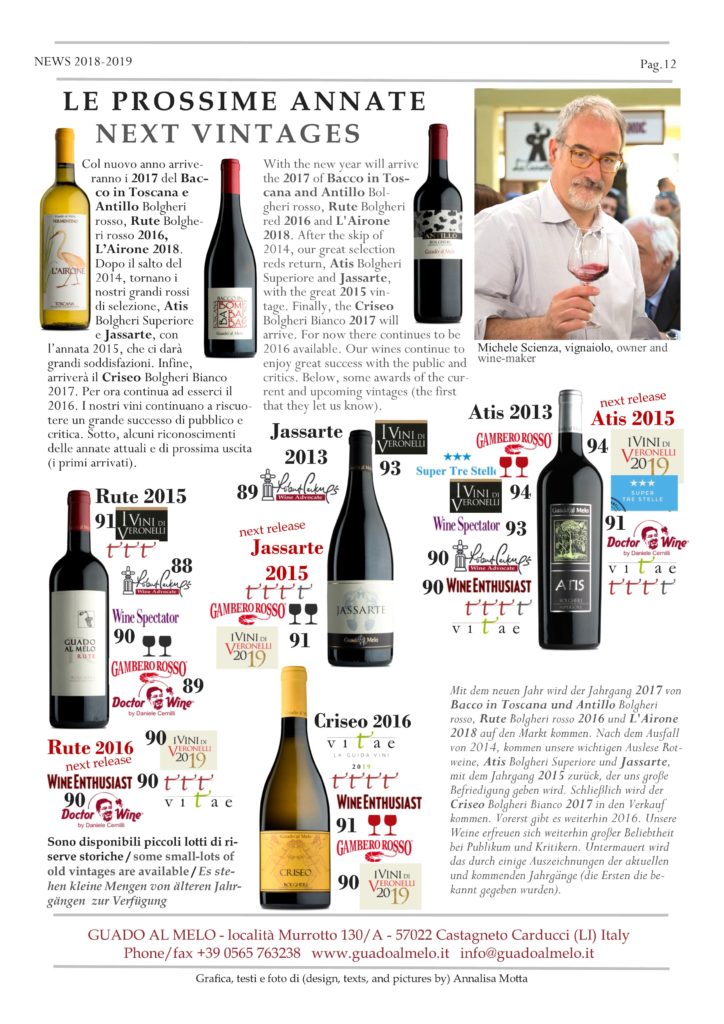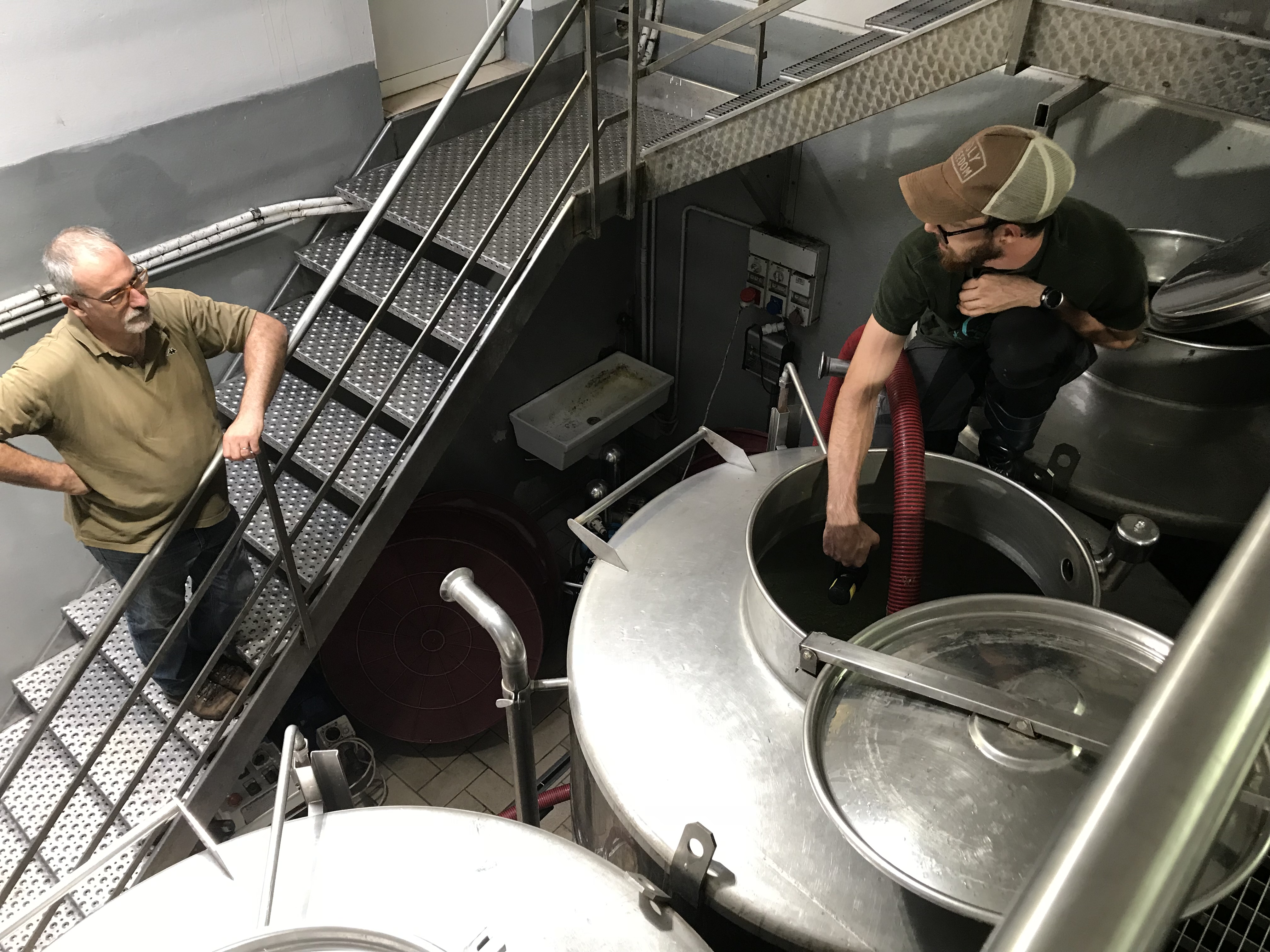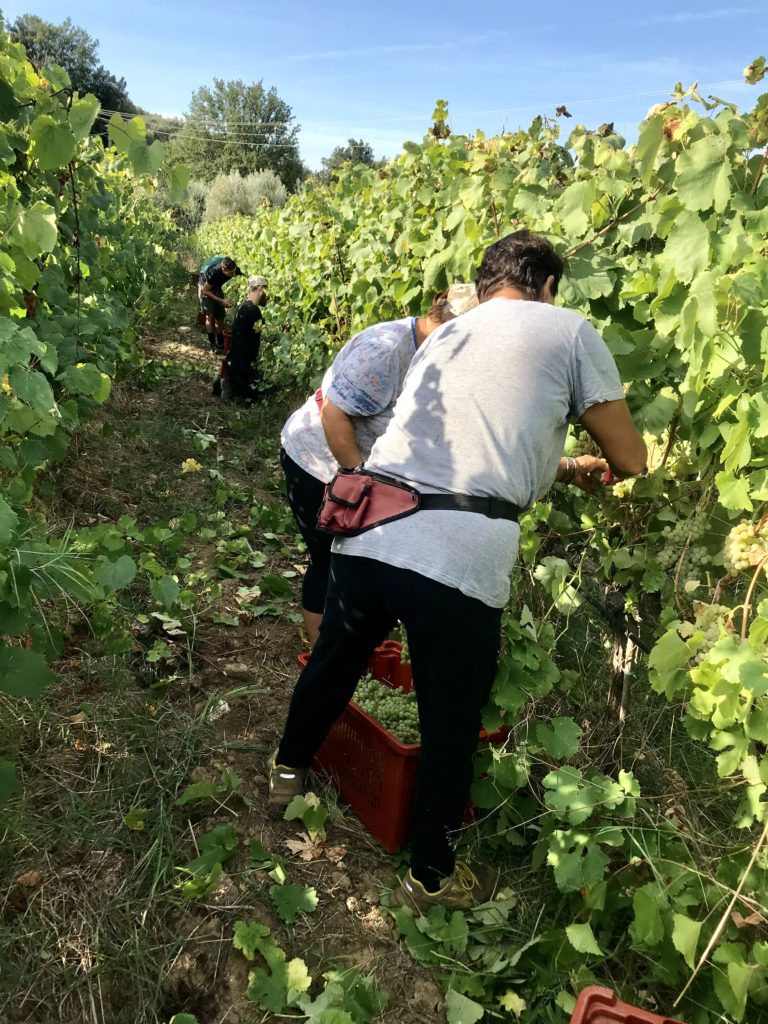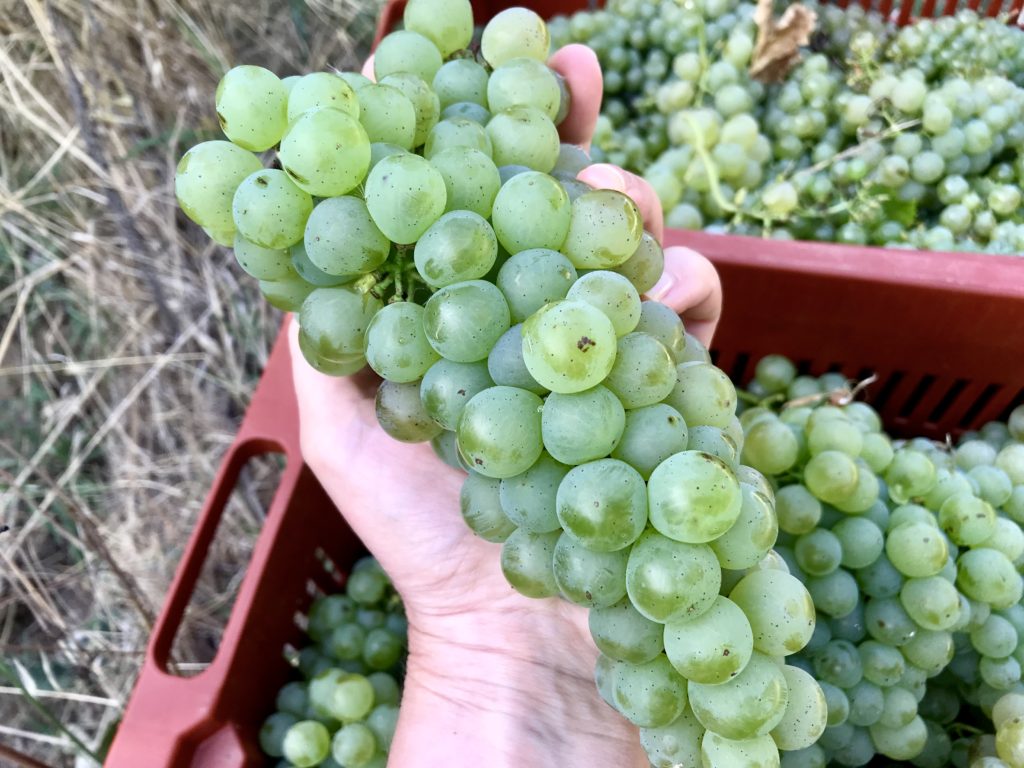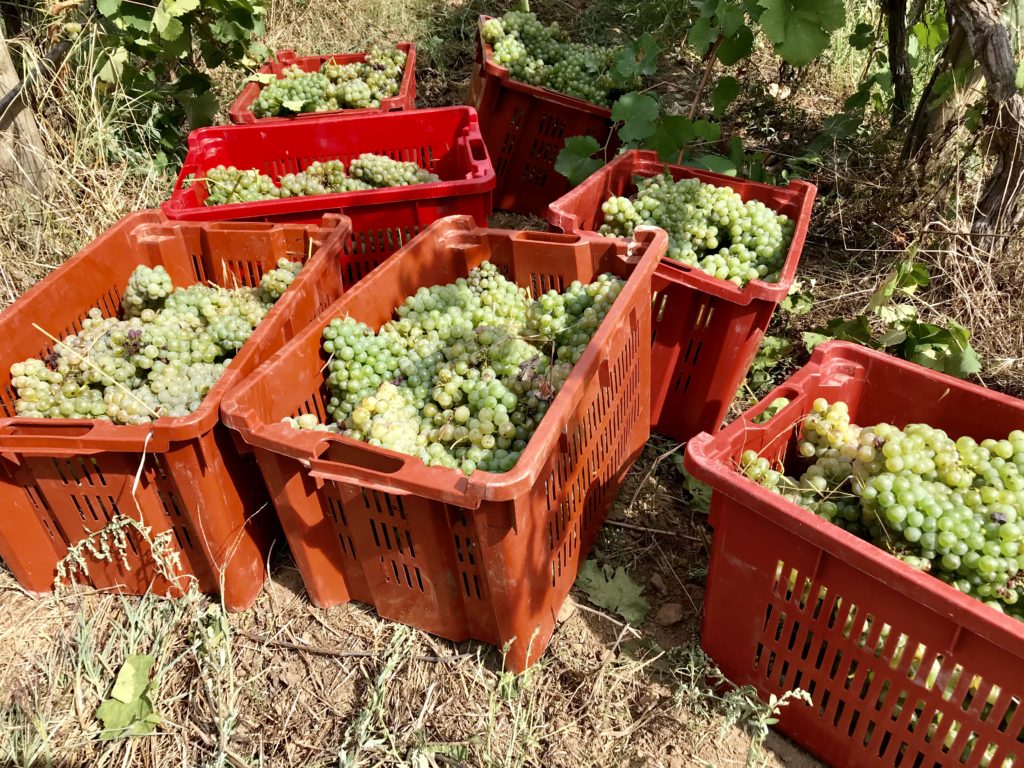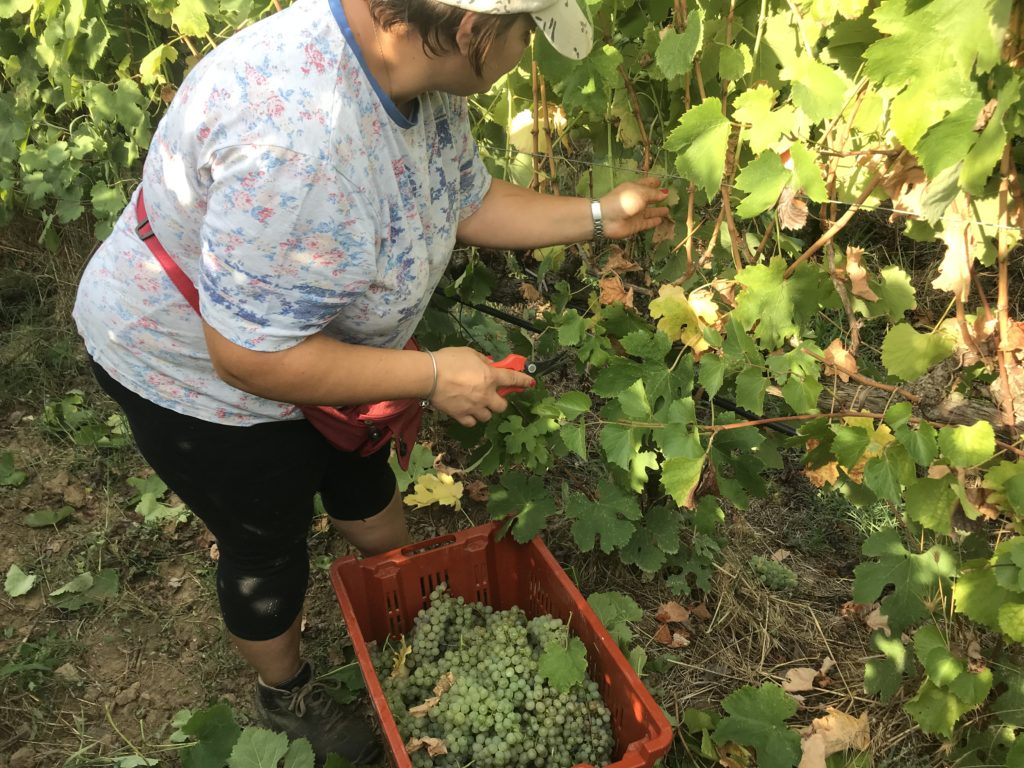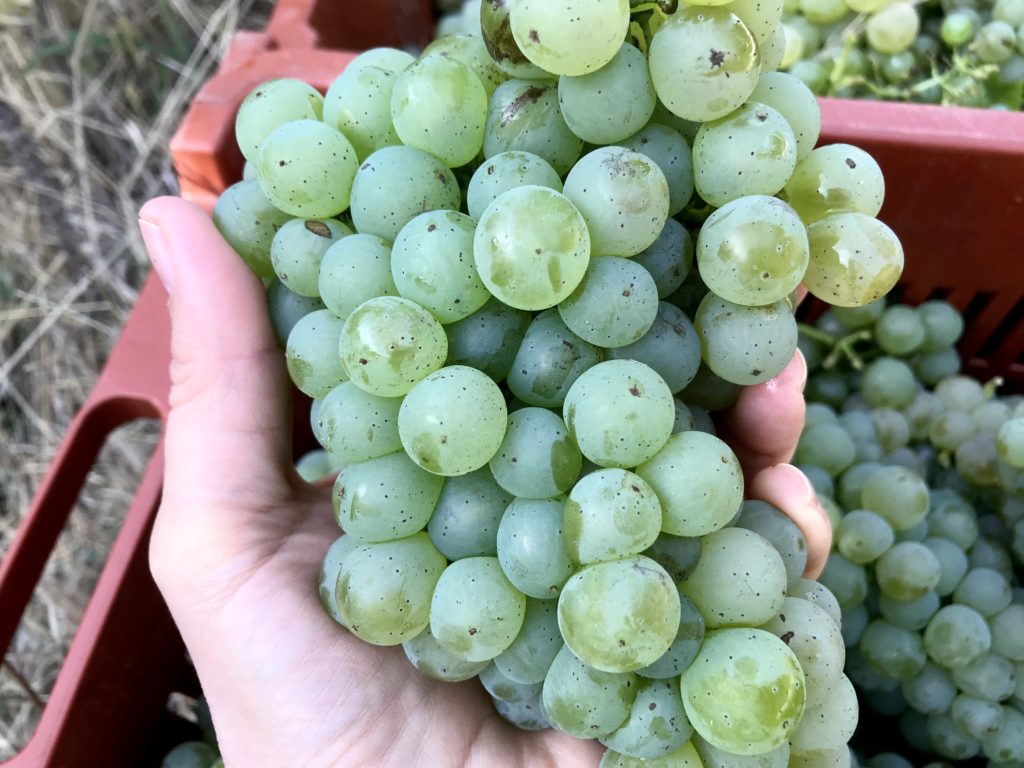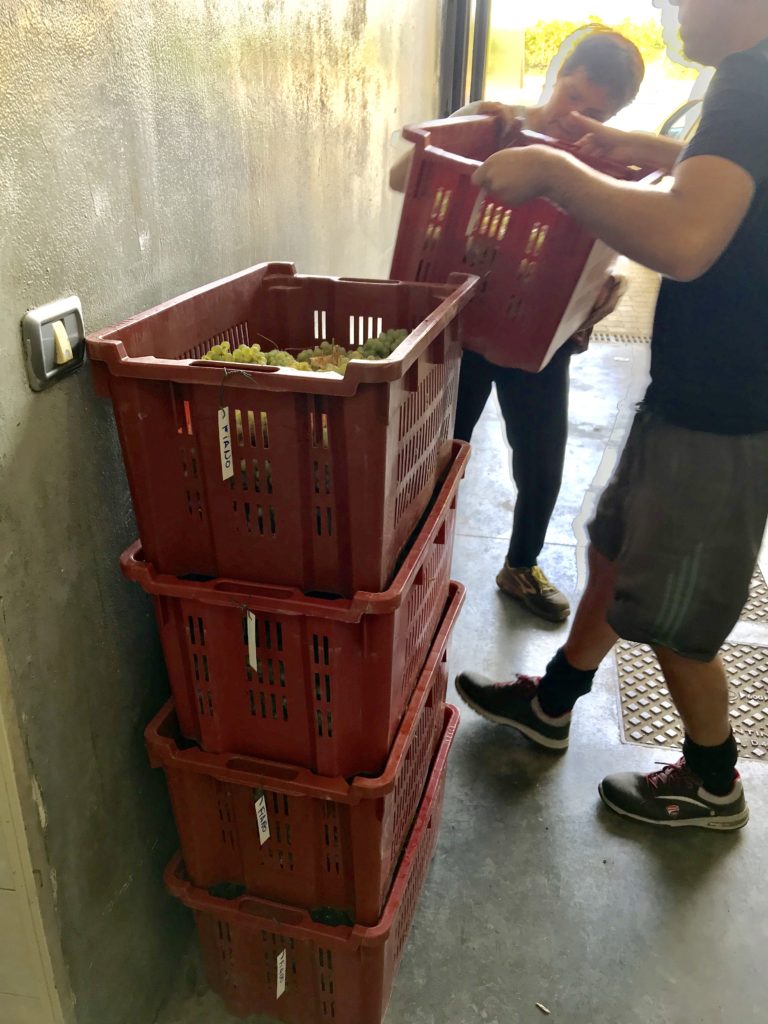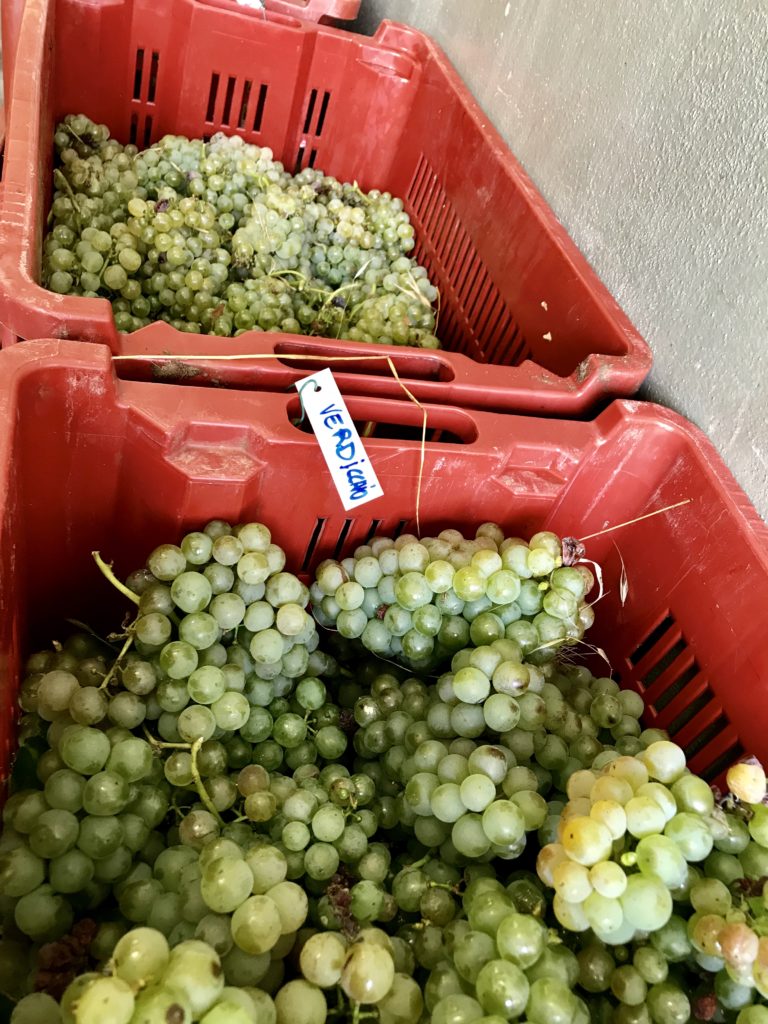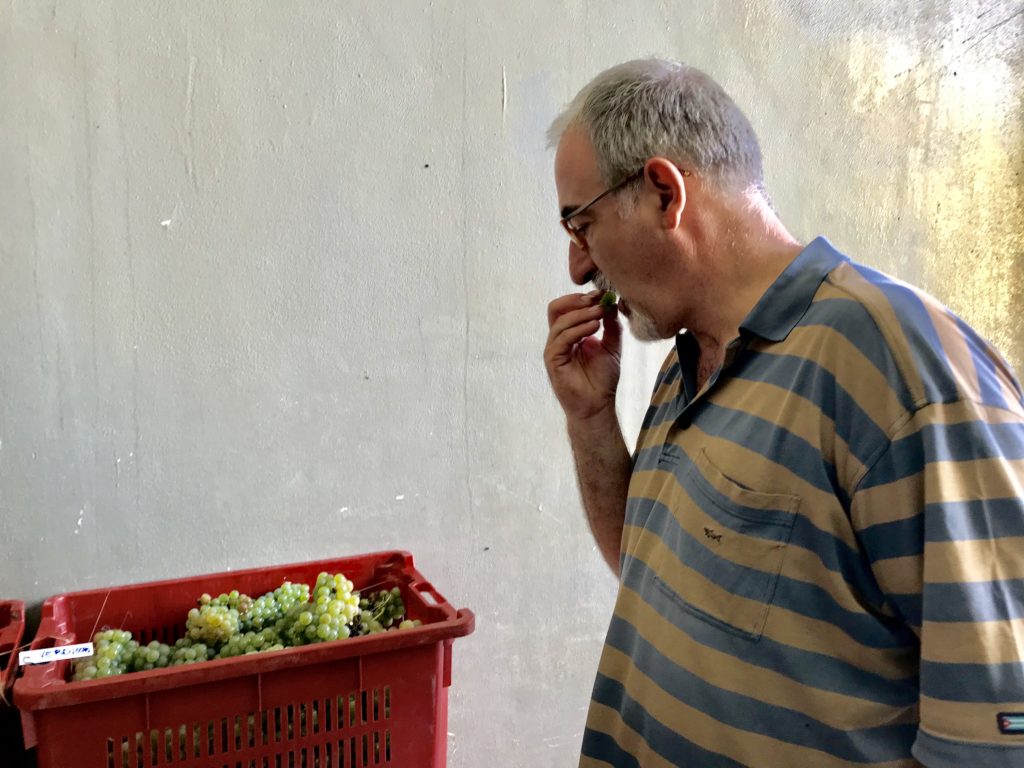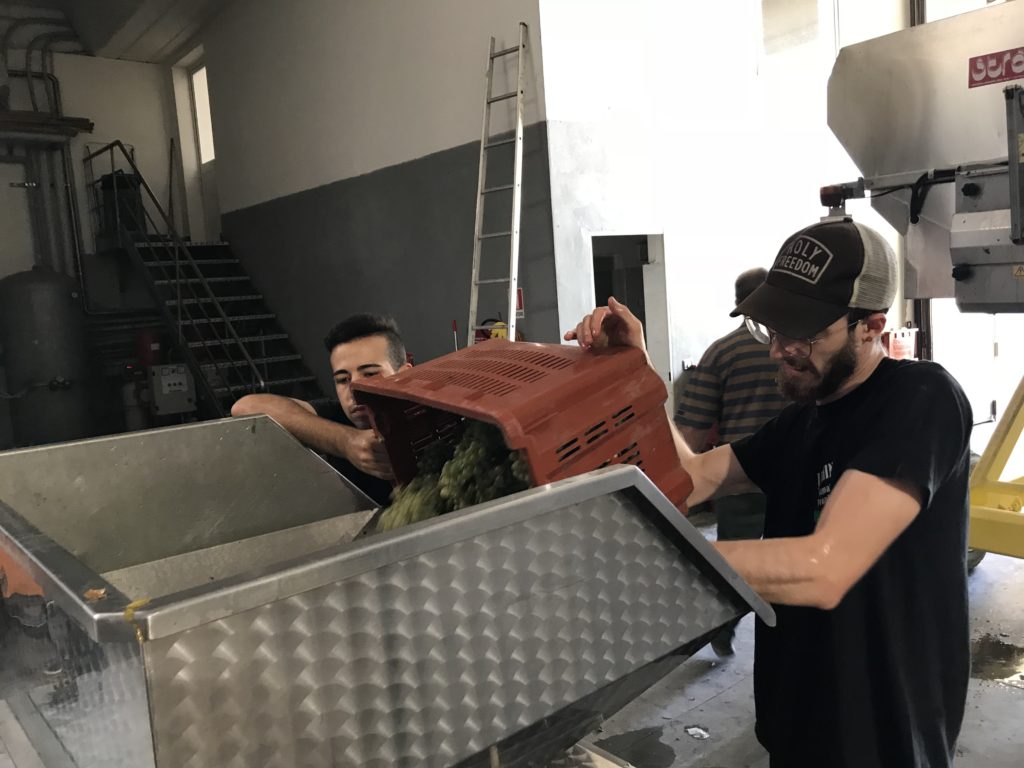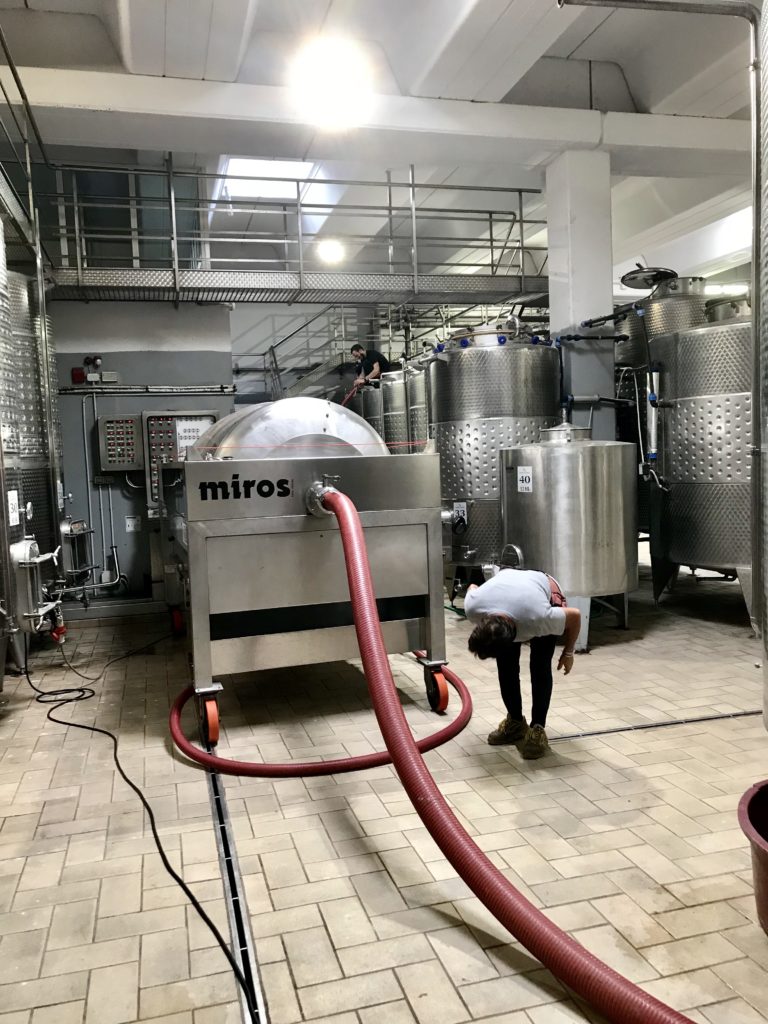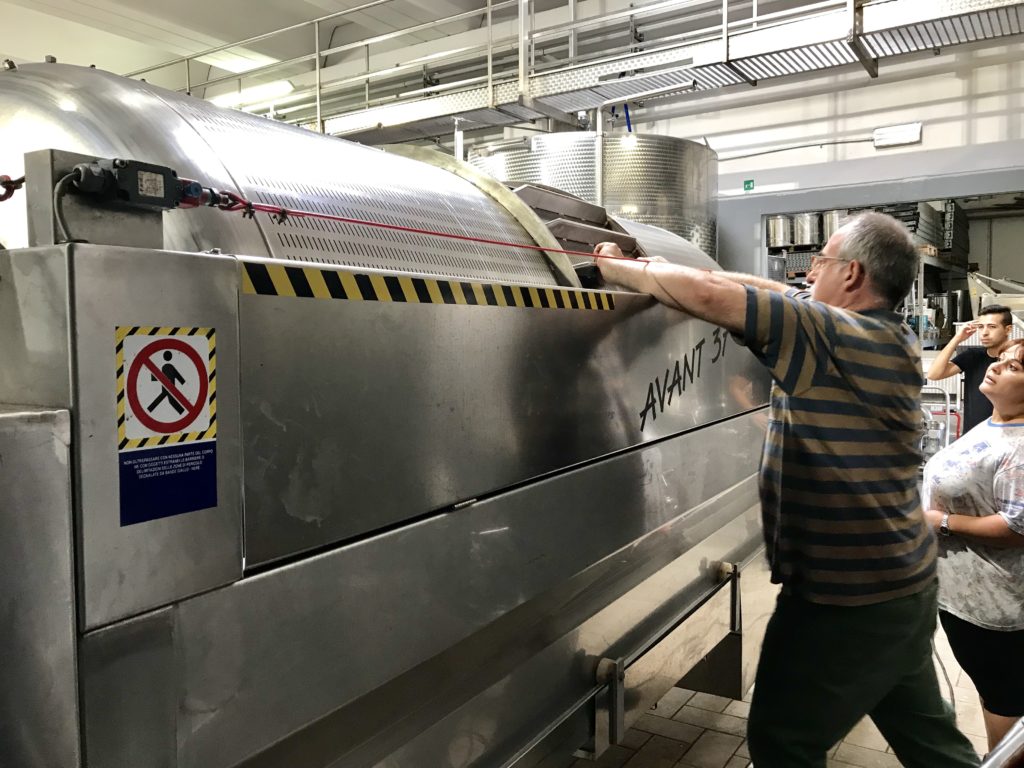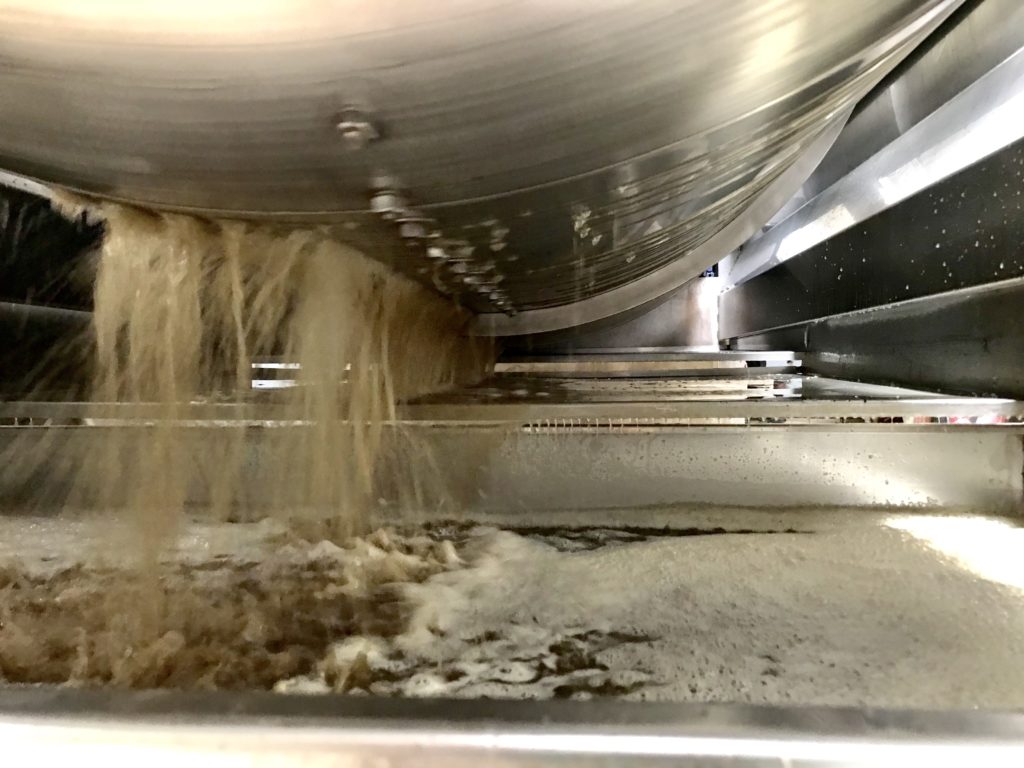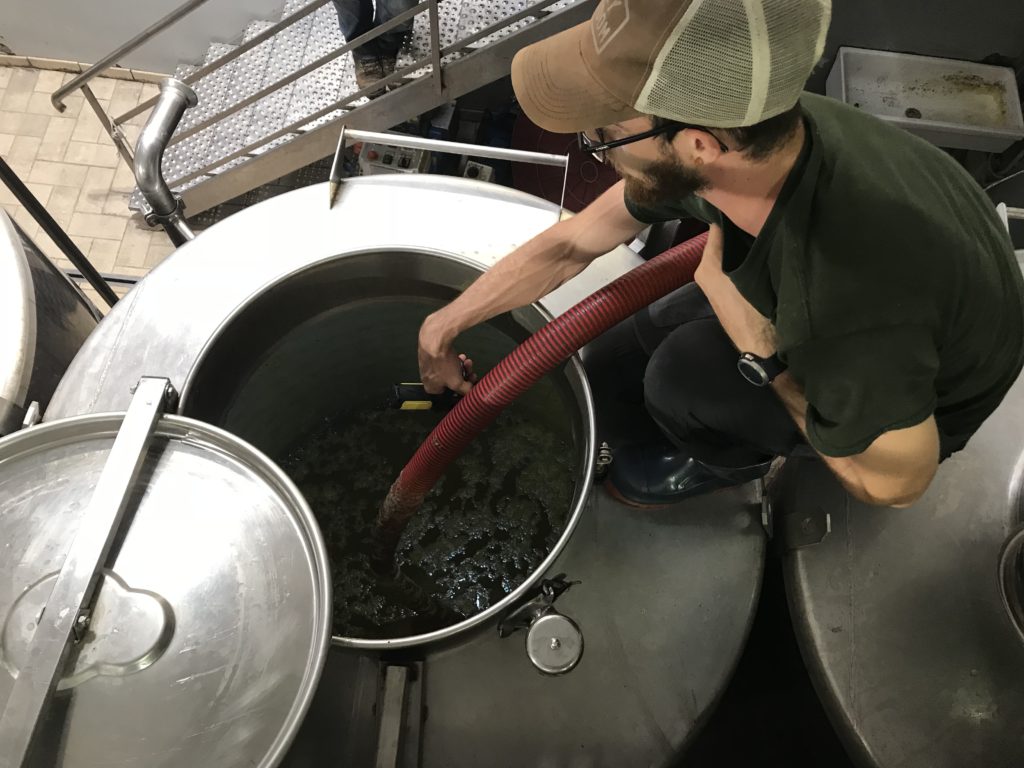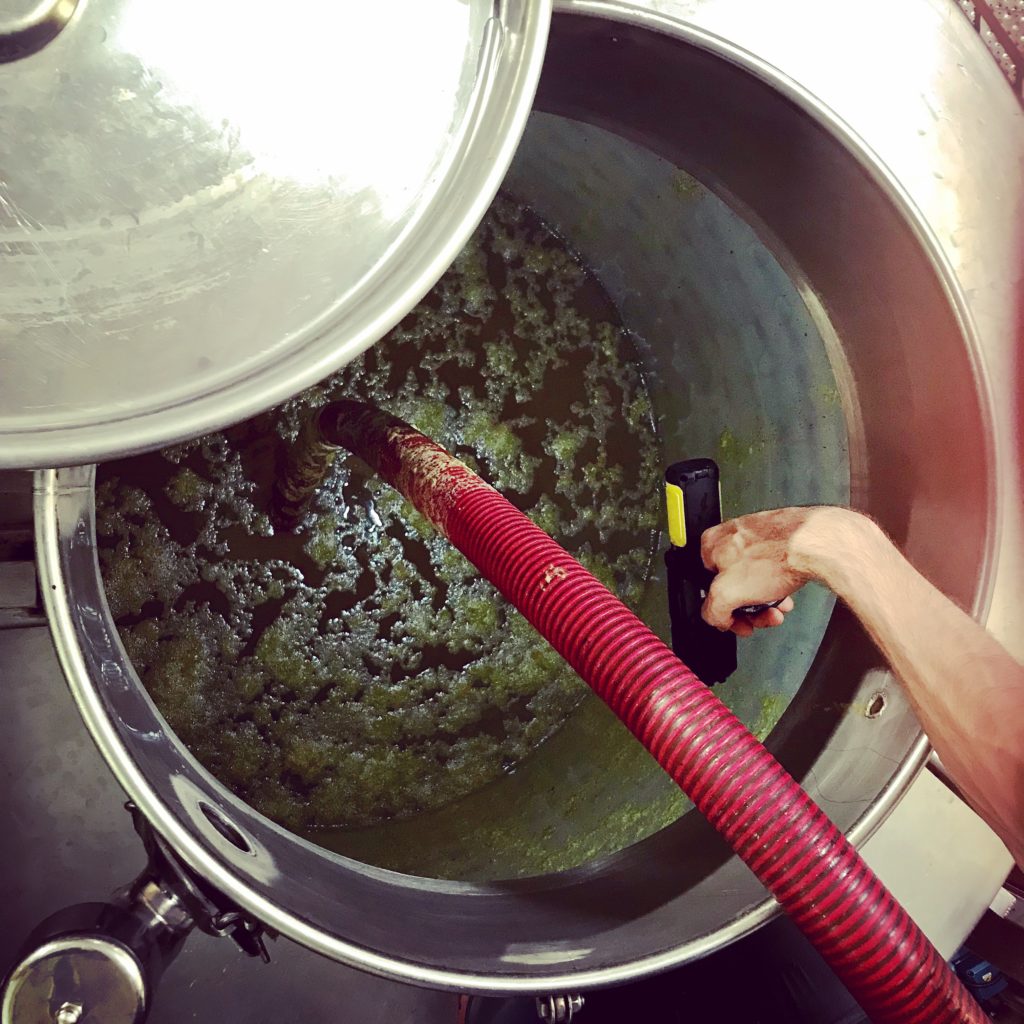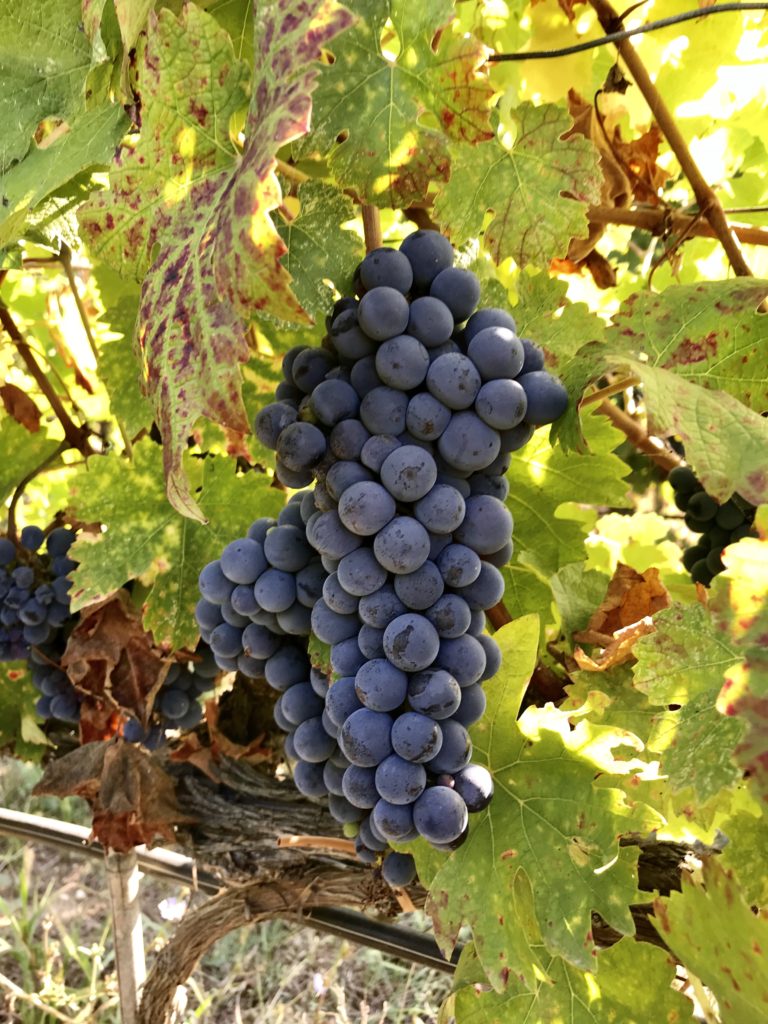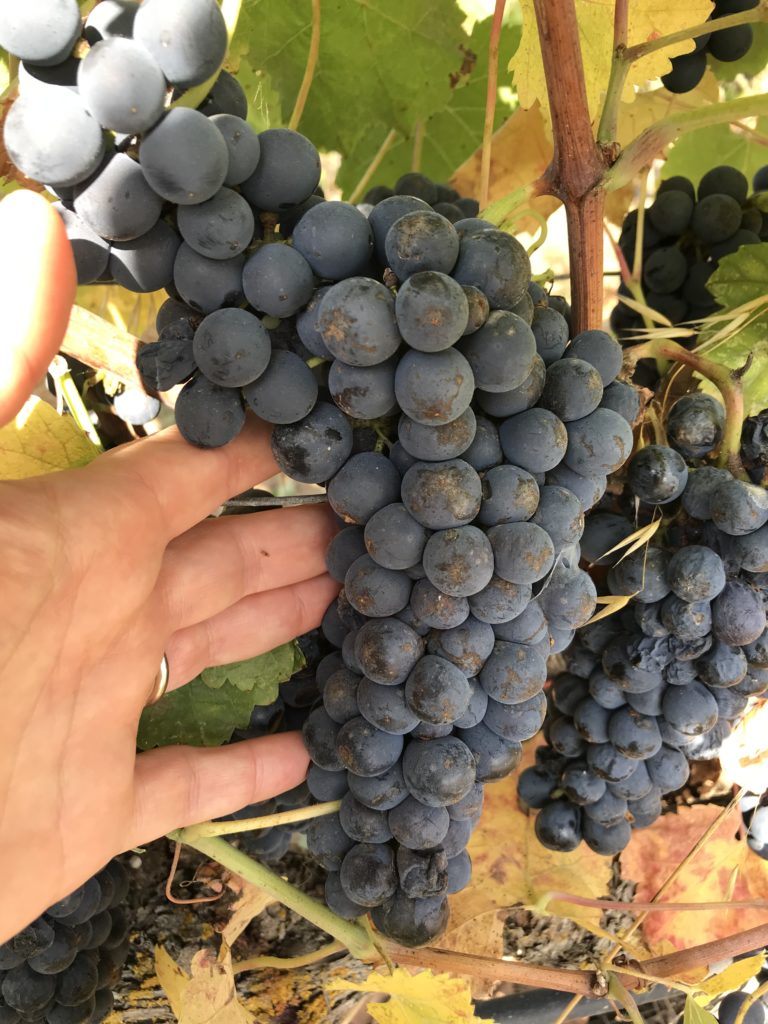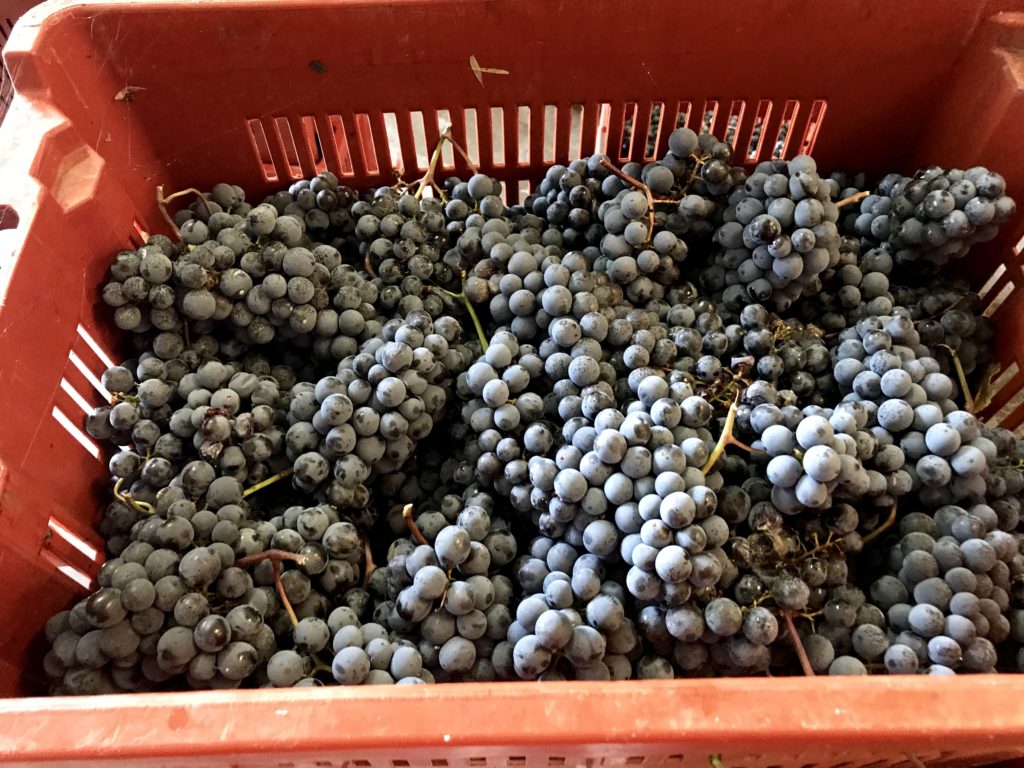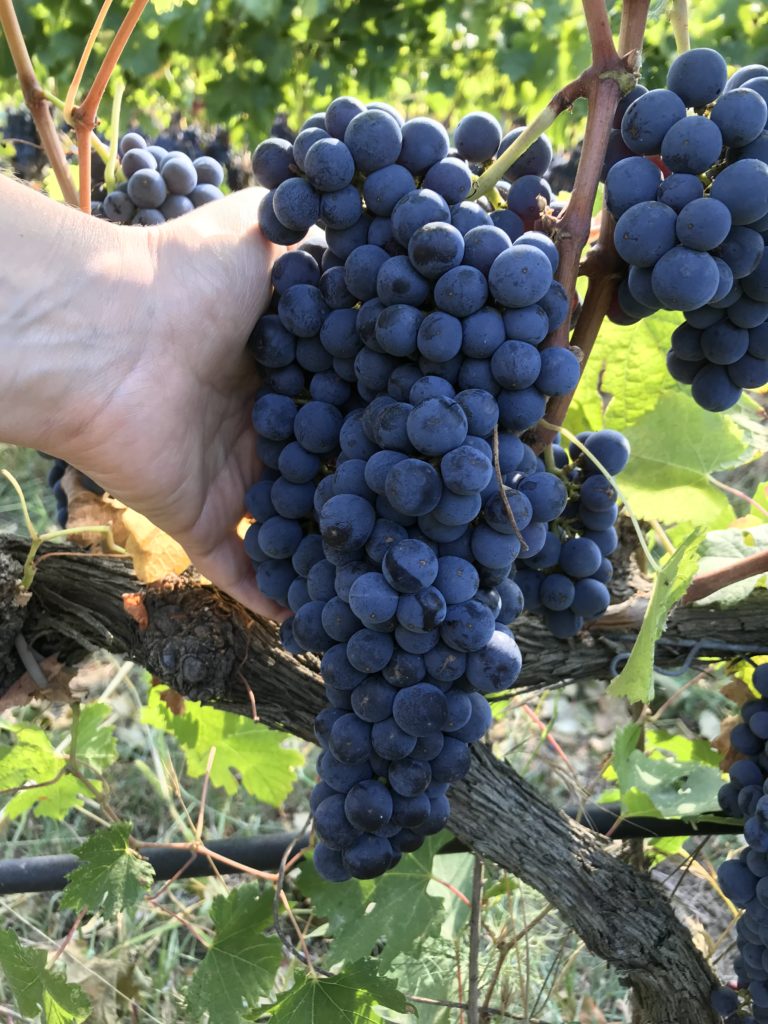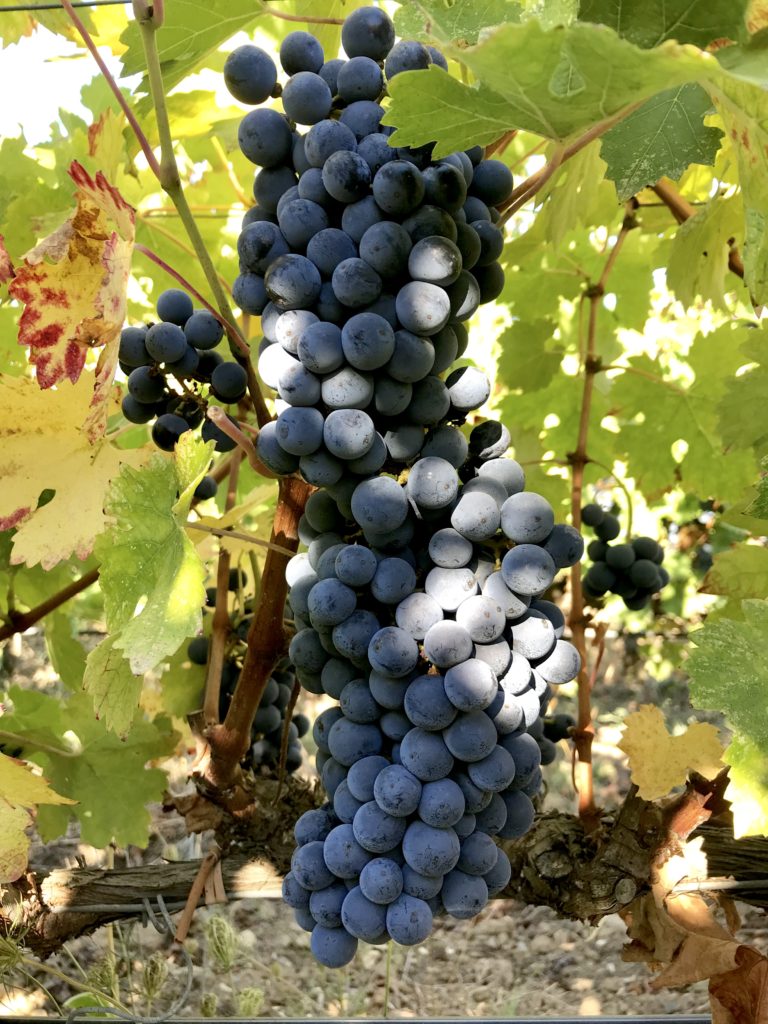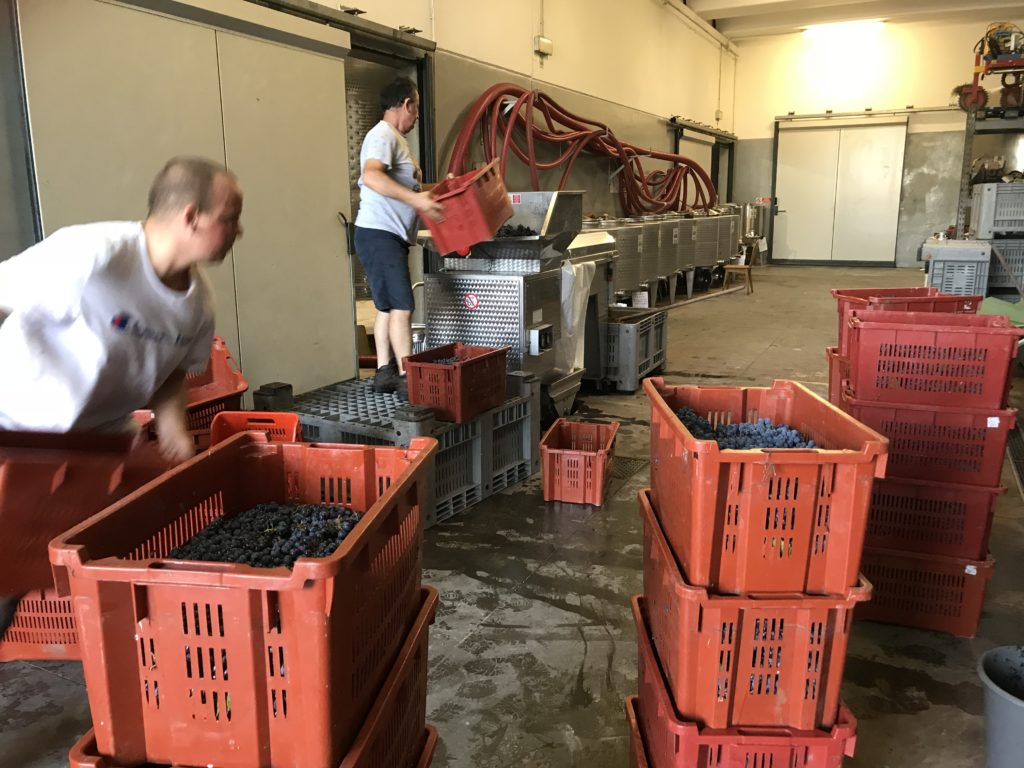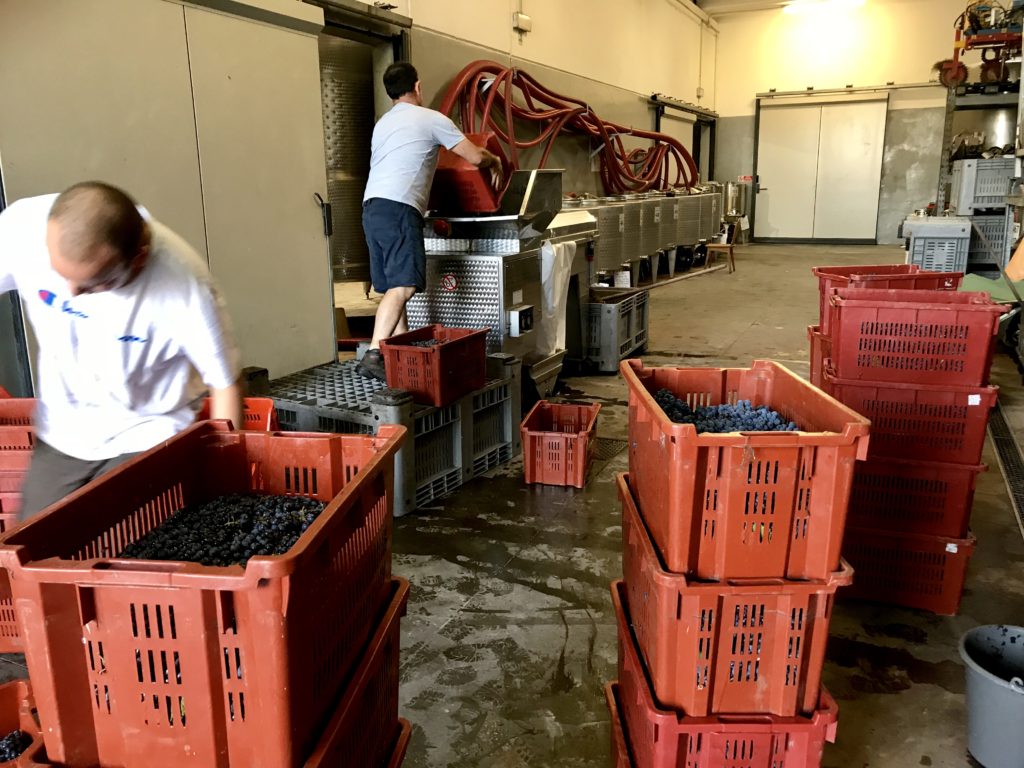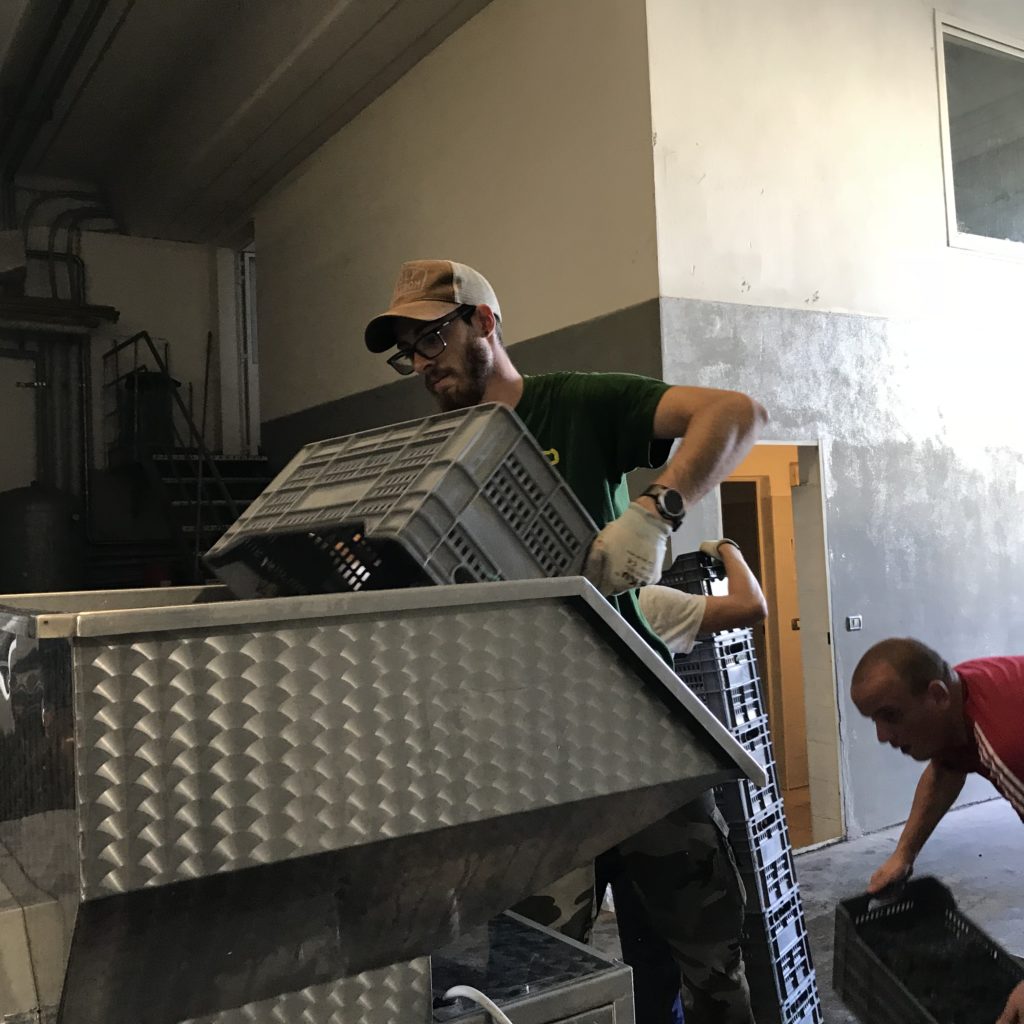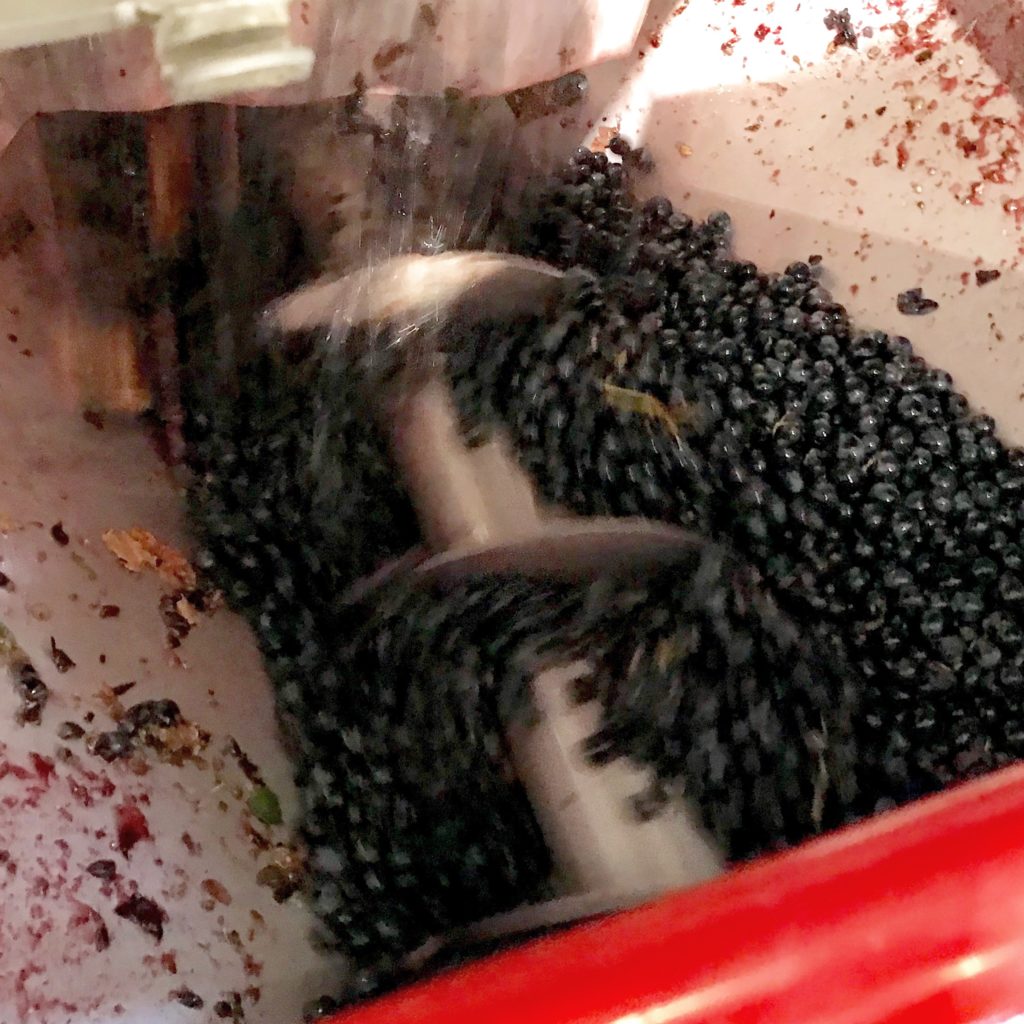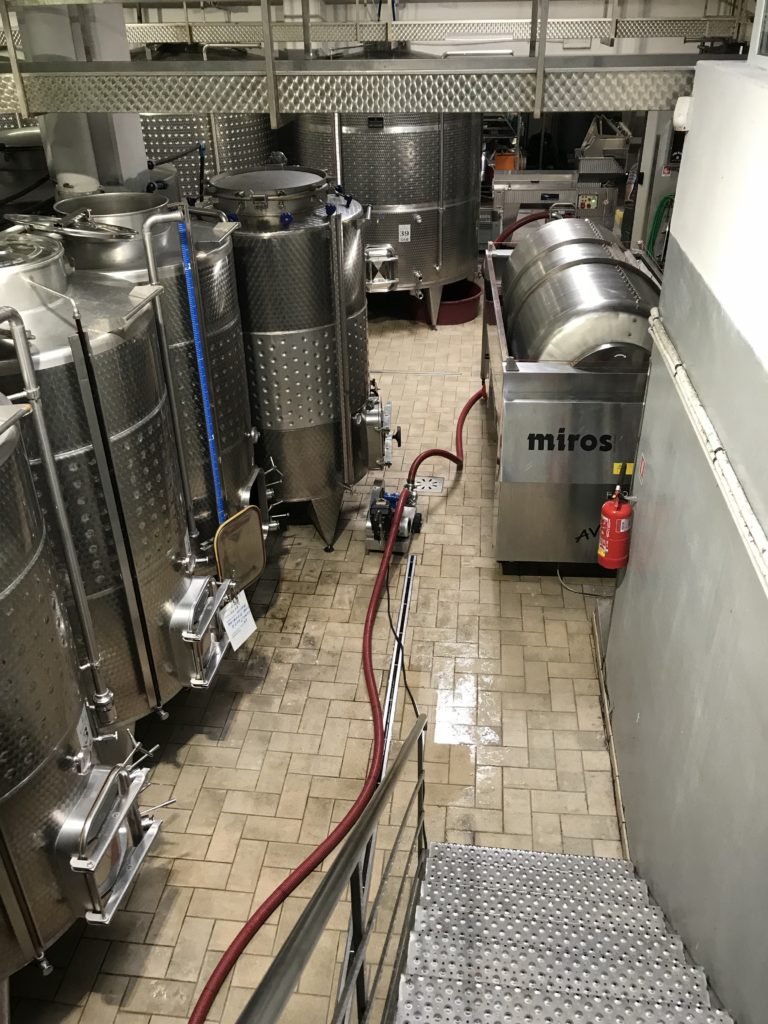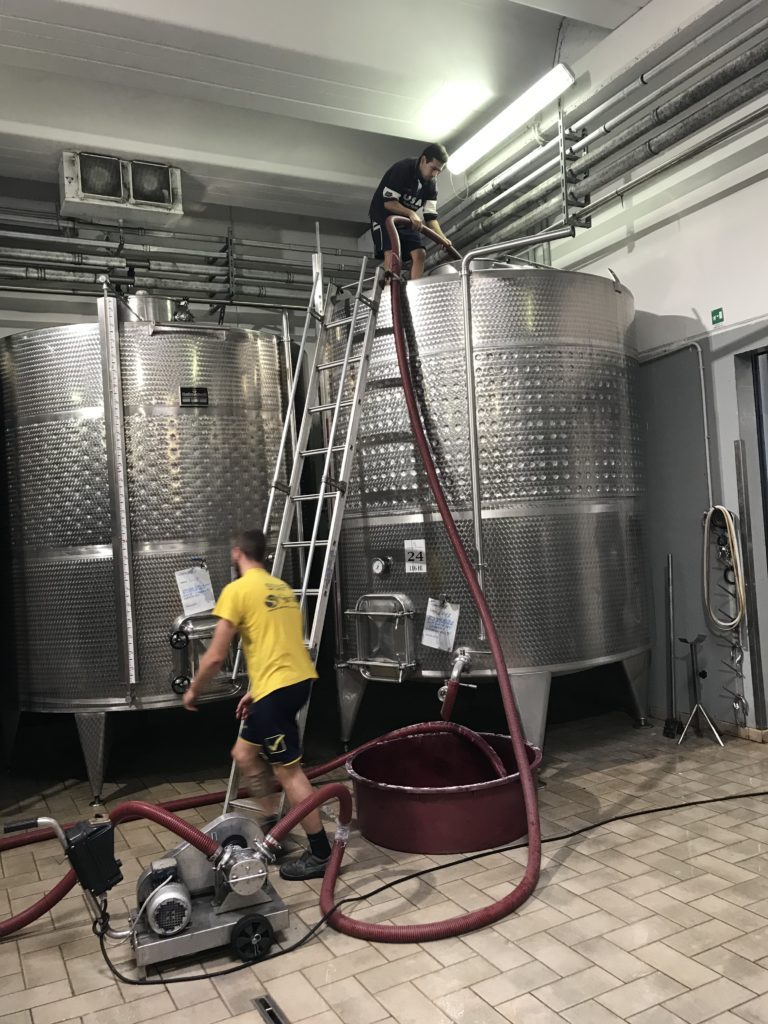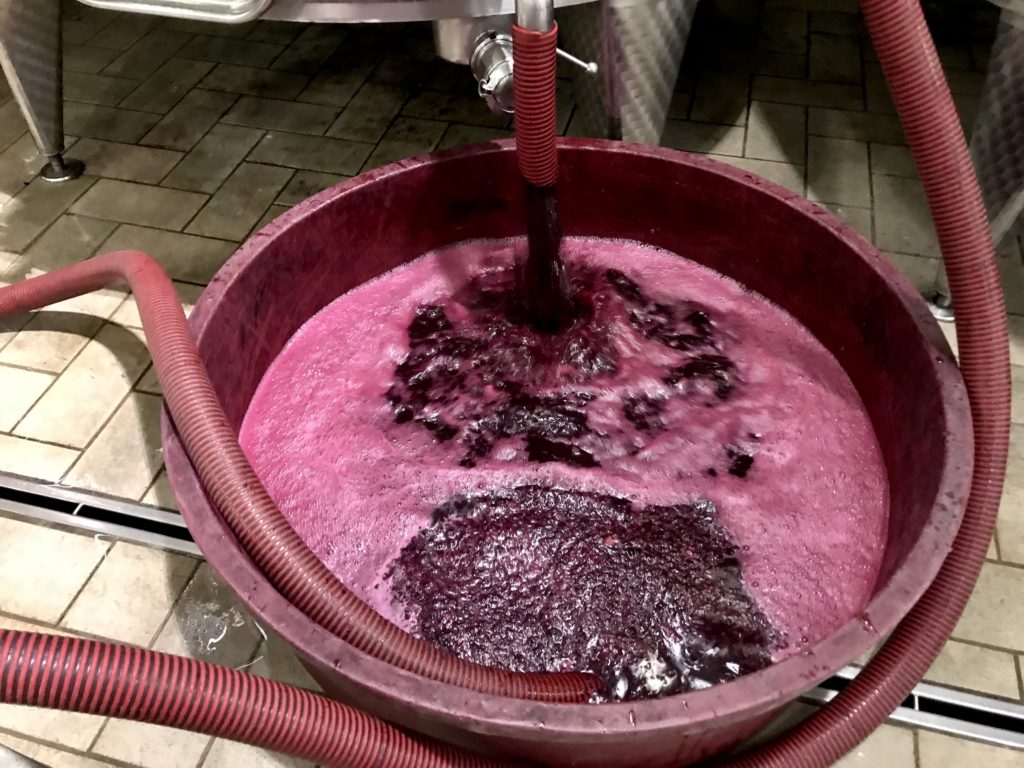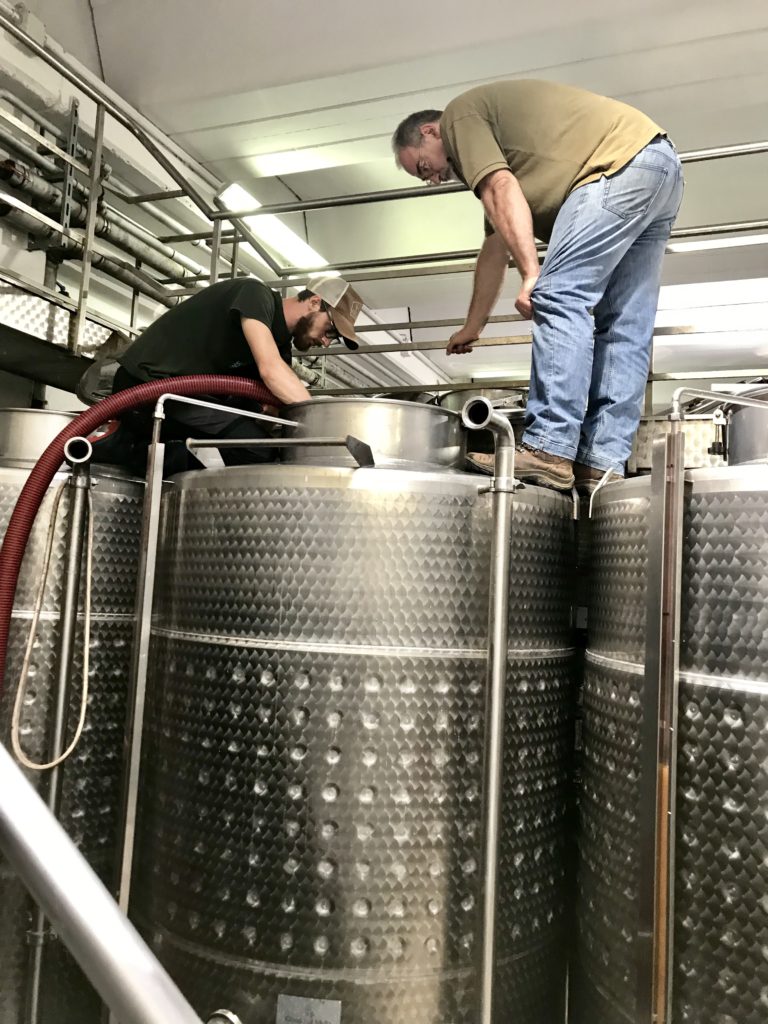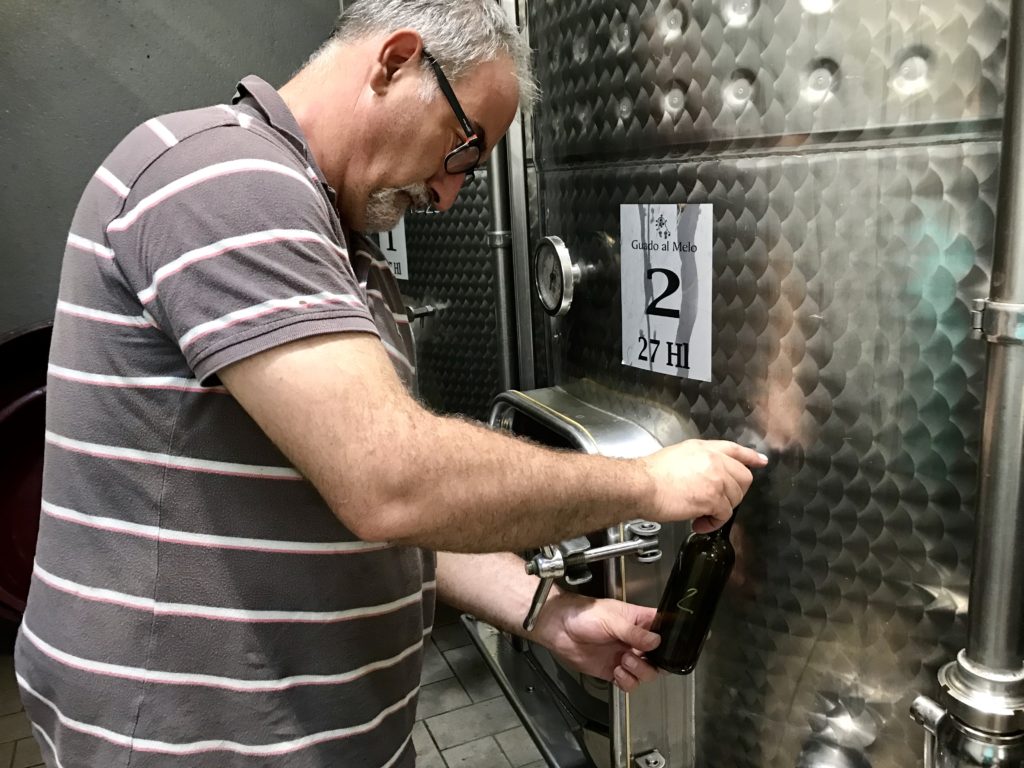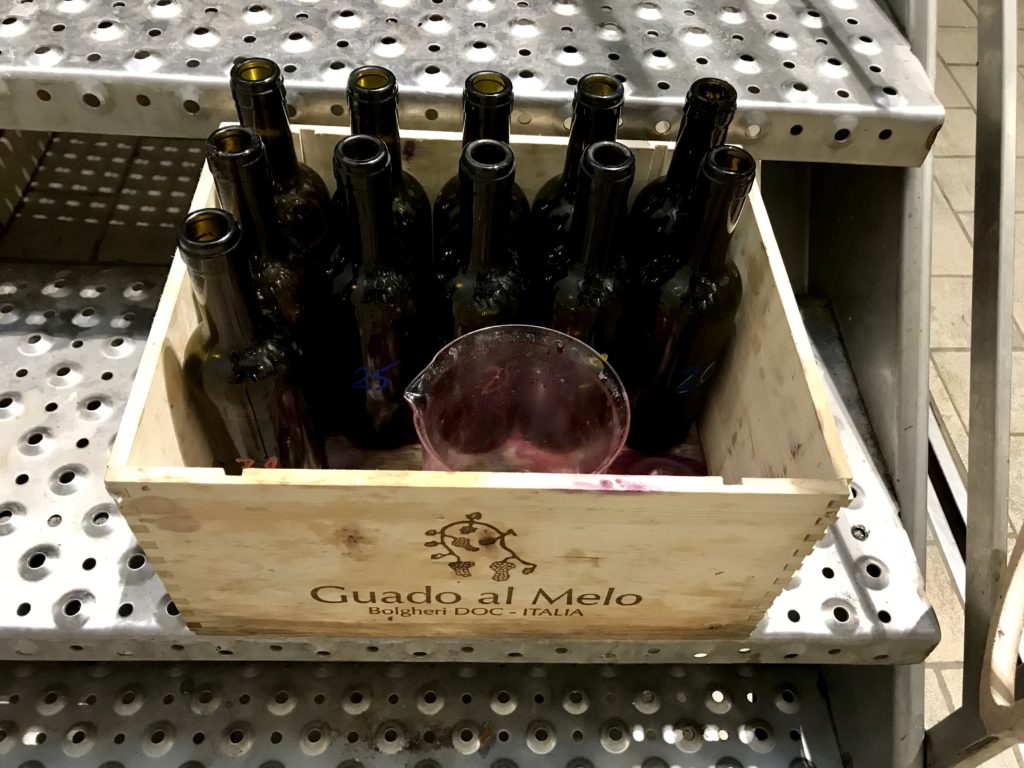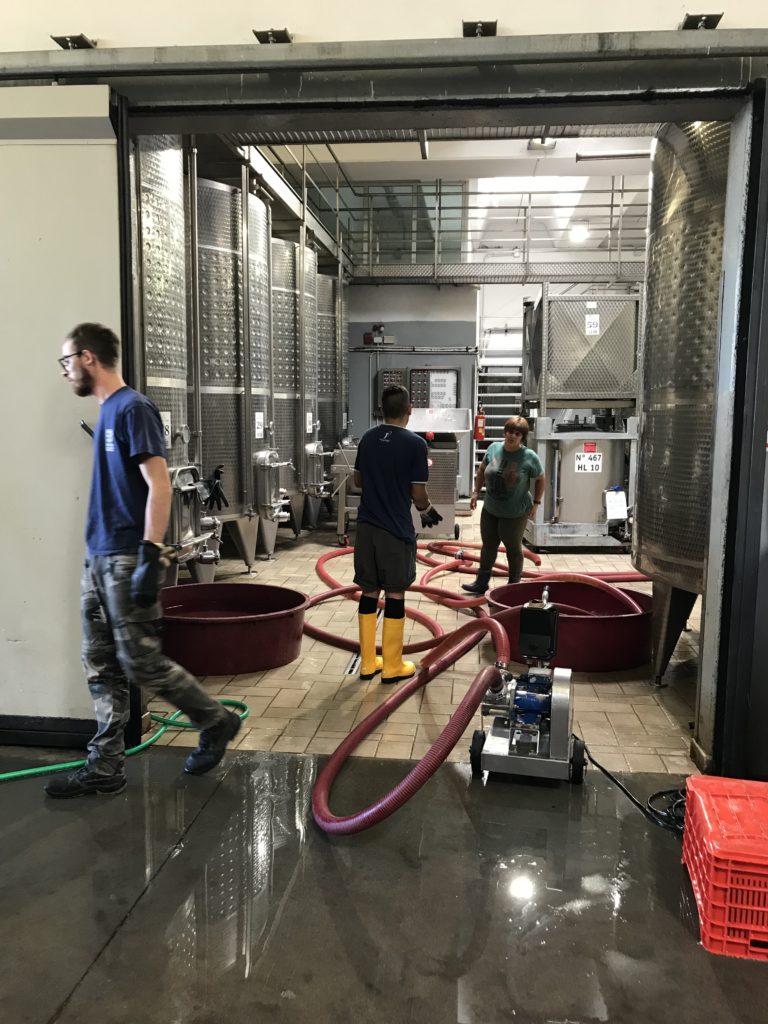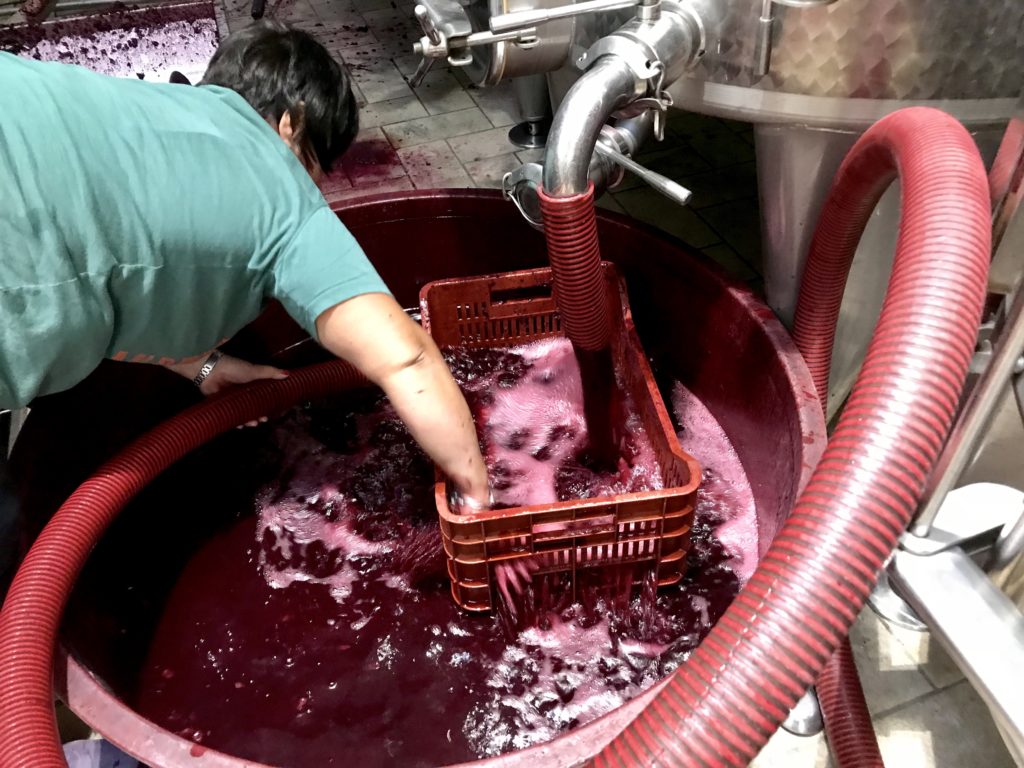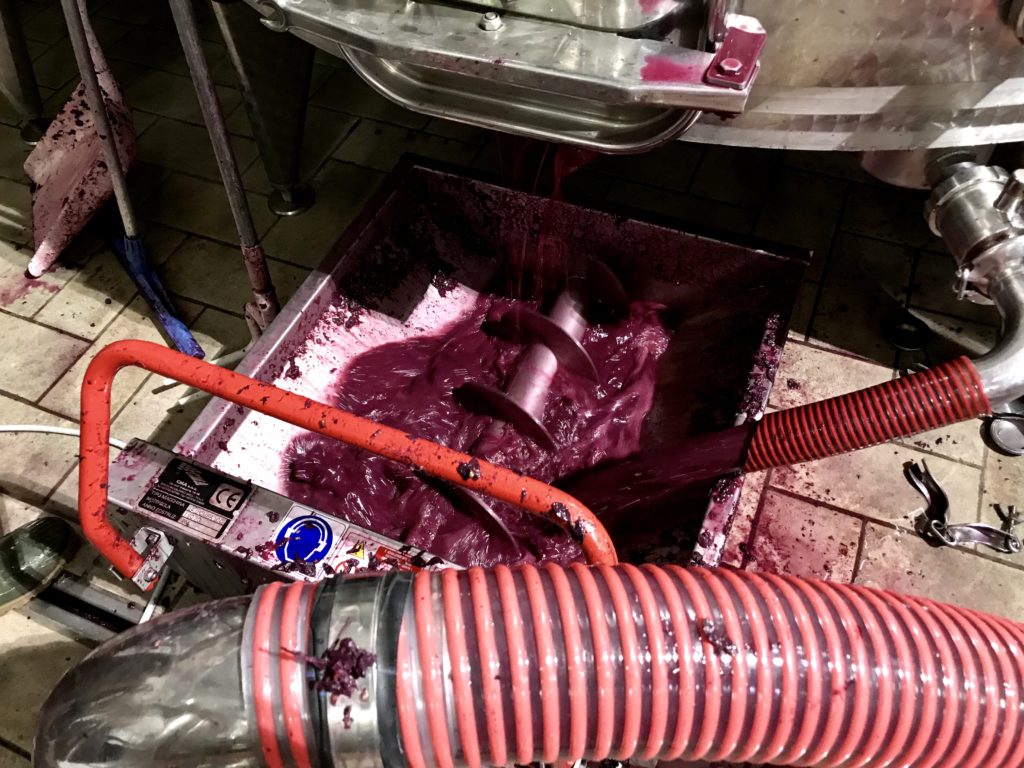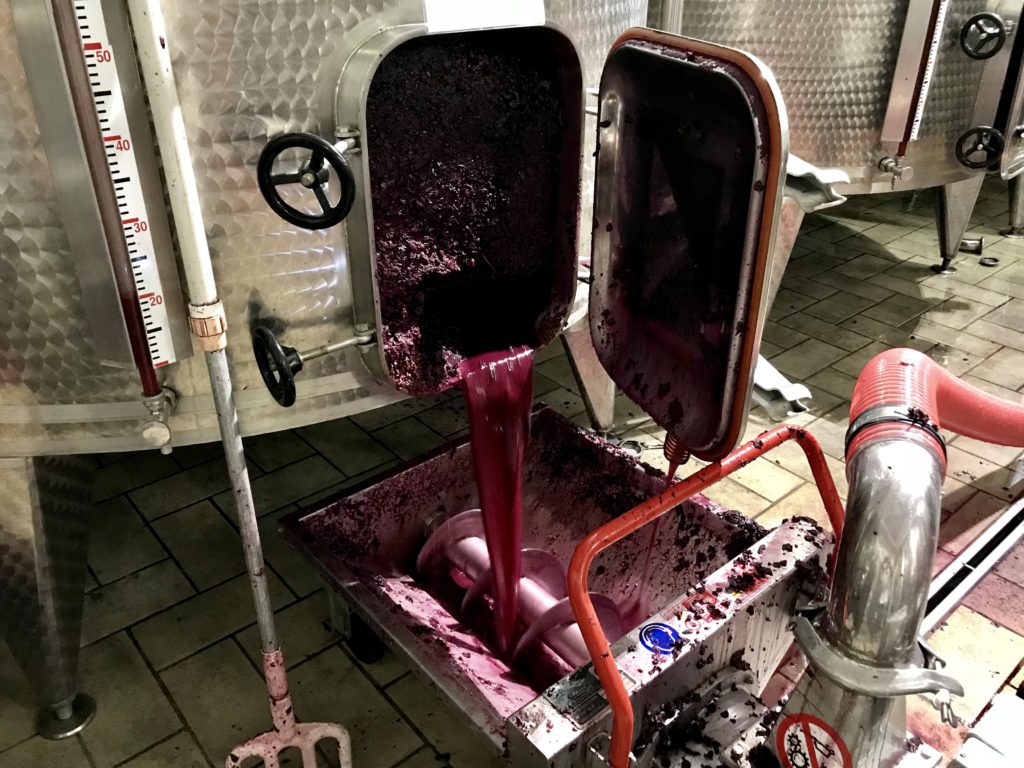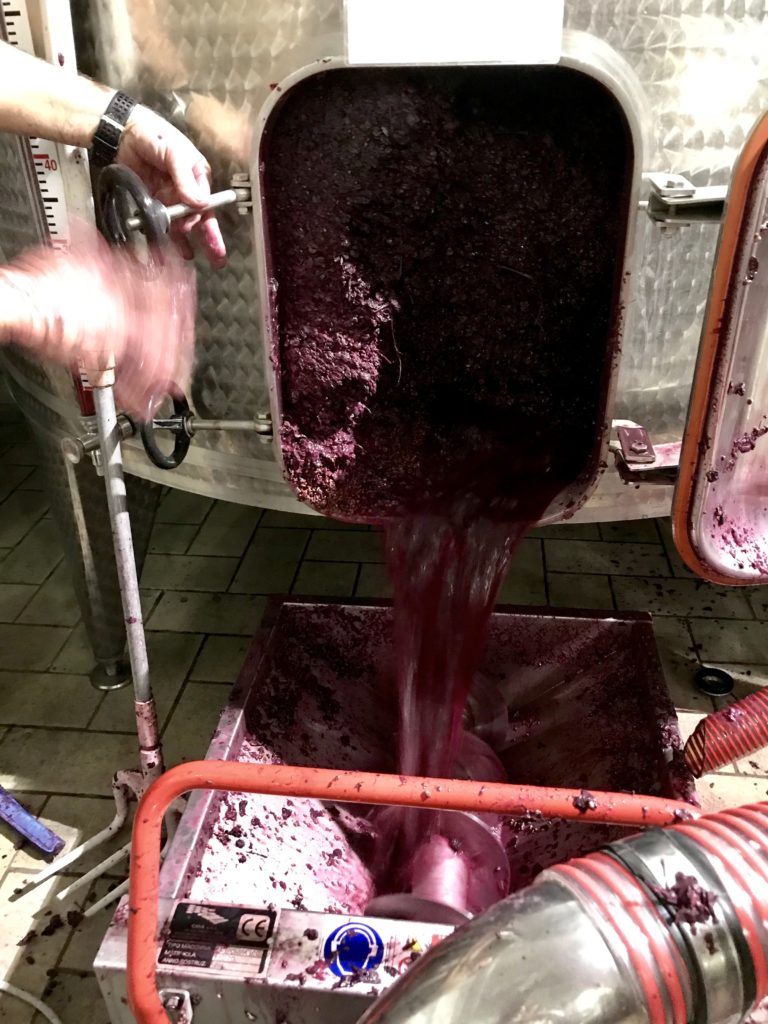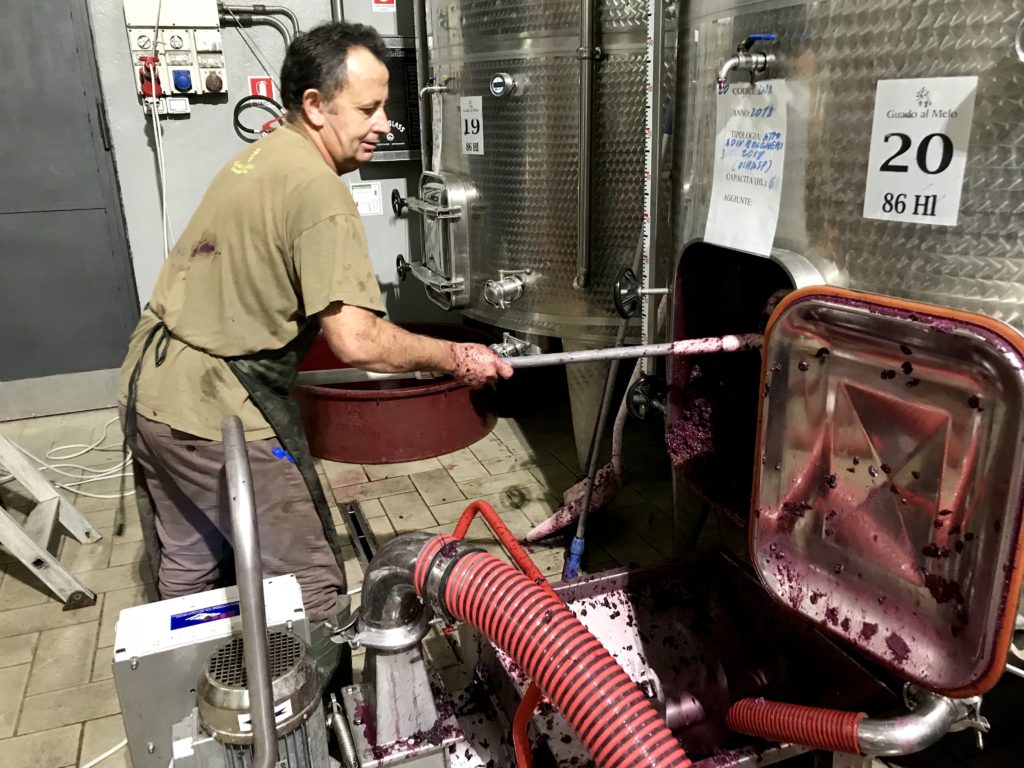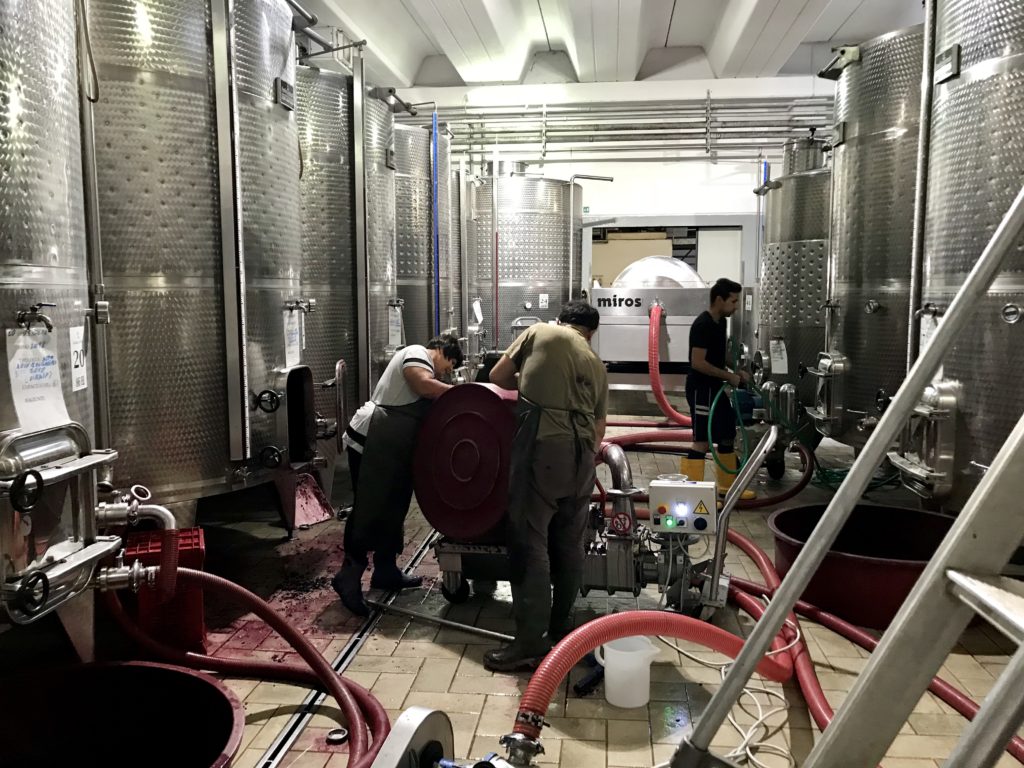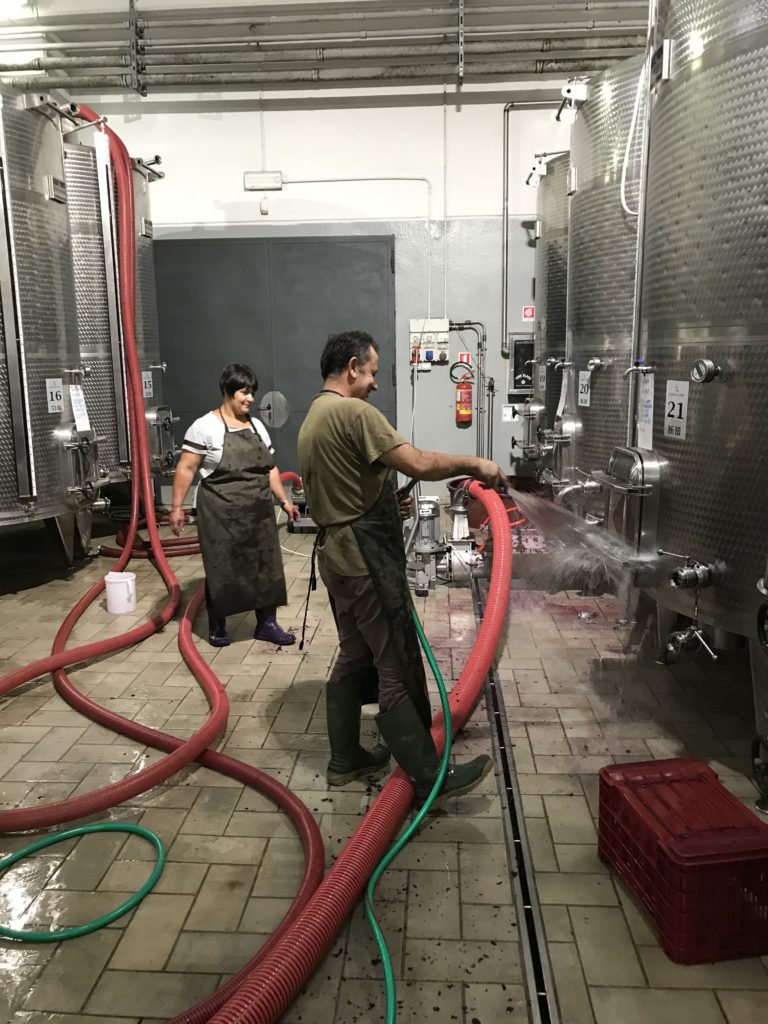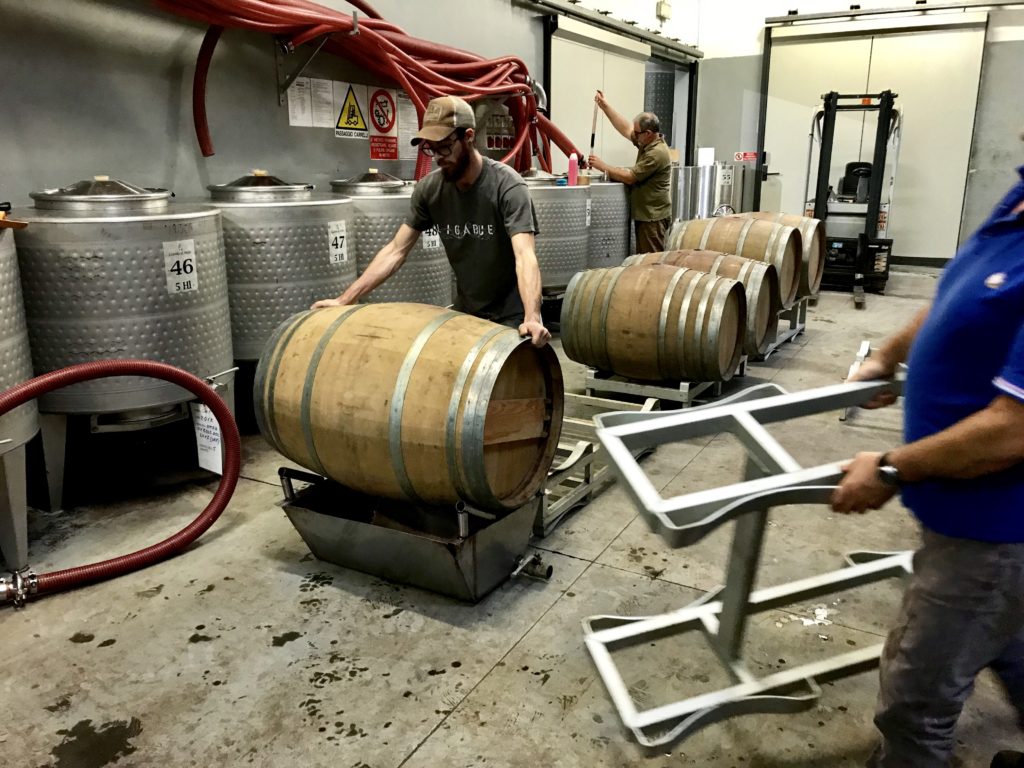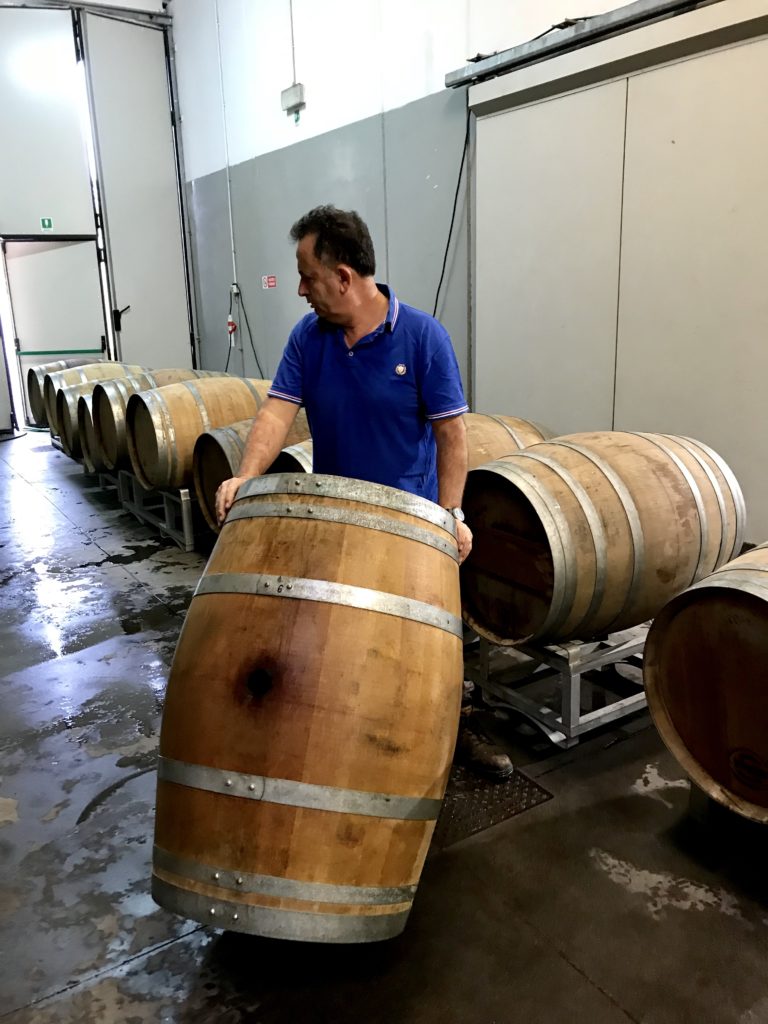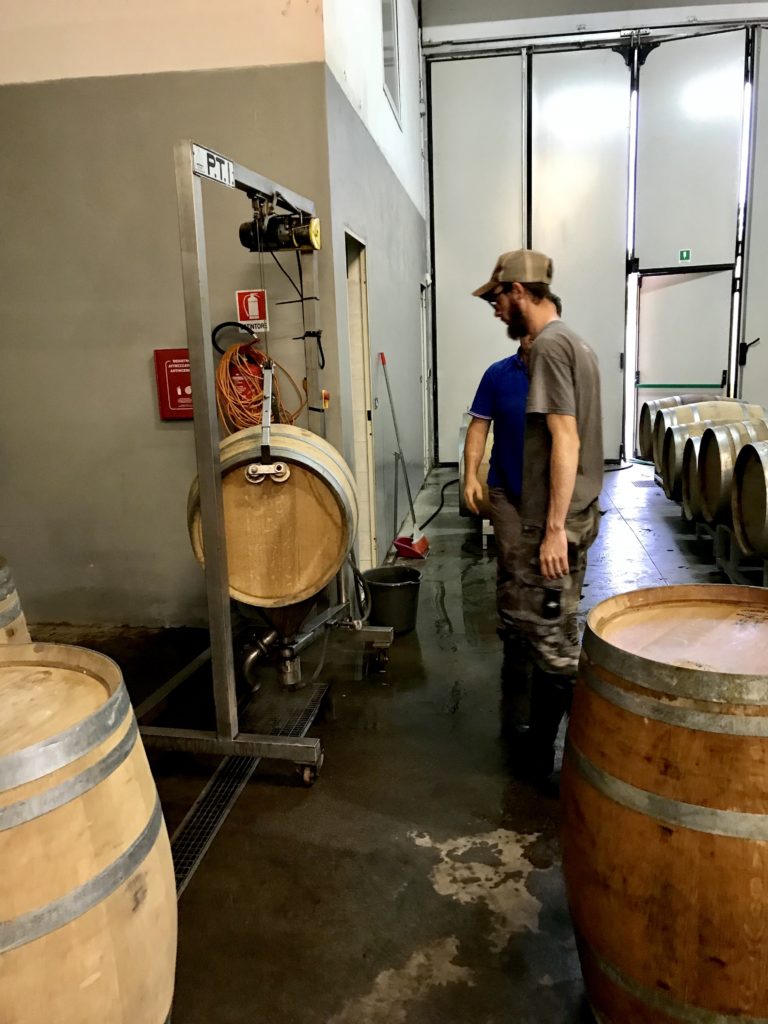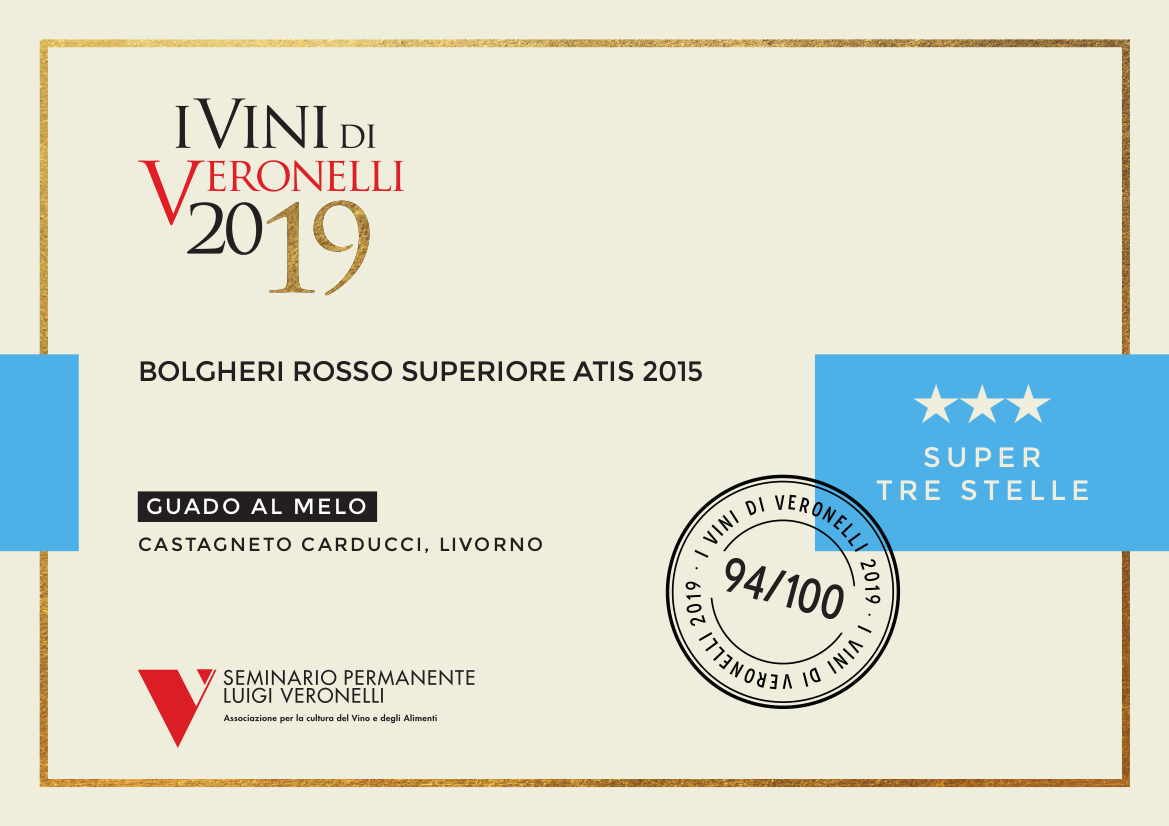A fairytale dinner for the Bolgheri DiVino event
1 Km of tables in the iconic Cypress Boulevard (Viale dei Cipressi) of Bolgheri, 1000 guests to taste the great wines of the Bolgheri Denomination.
Michele and I are not worldly at all, but I must admit that this event was very suggestive. Strangely enough, in the photo below you can see me in an evening dress. Michele didn't even it, he seems ready to go on the tractor :-)
Thanks to the Bolgheri Consortium and to all the organizers. The next appointment will be in two years, in 2023.
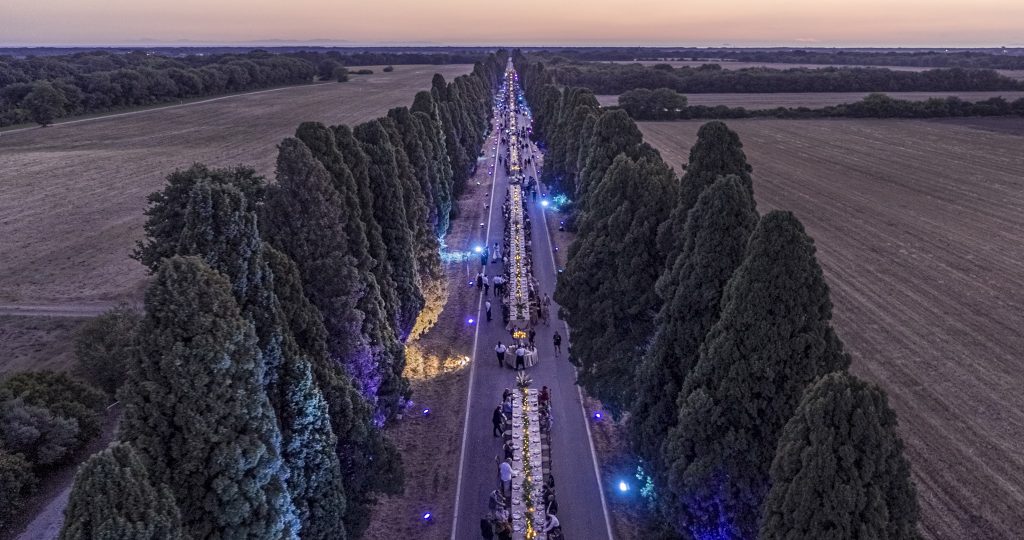
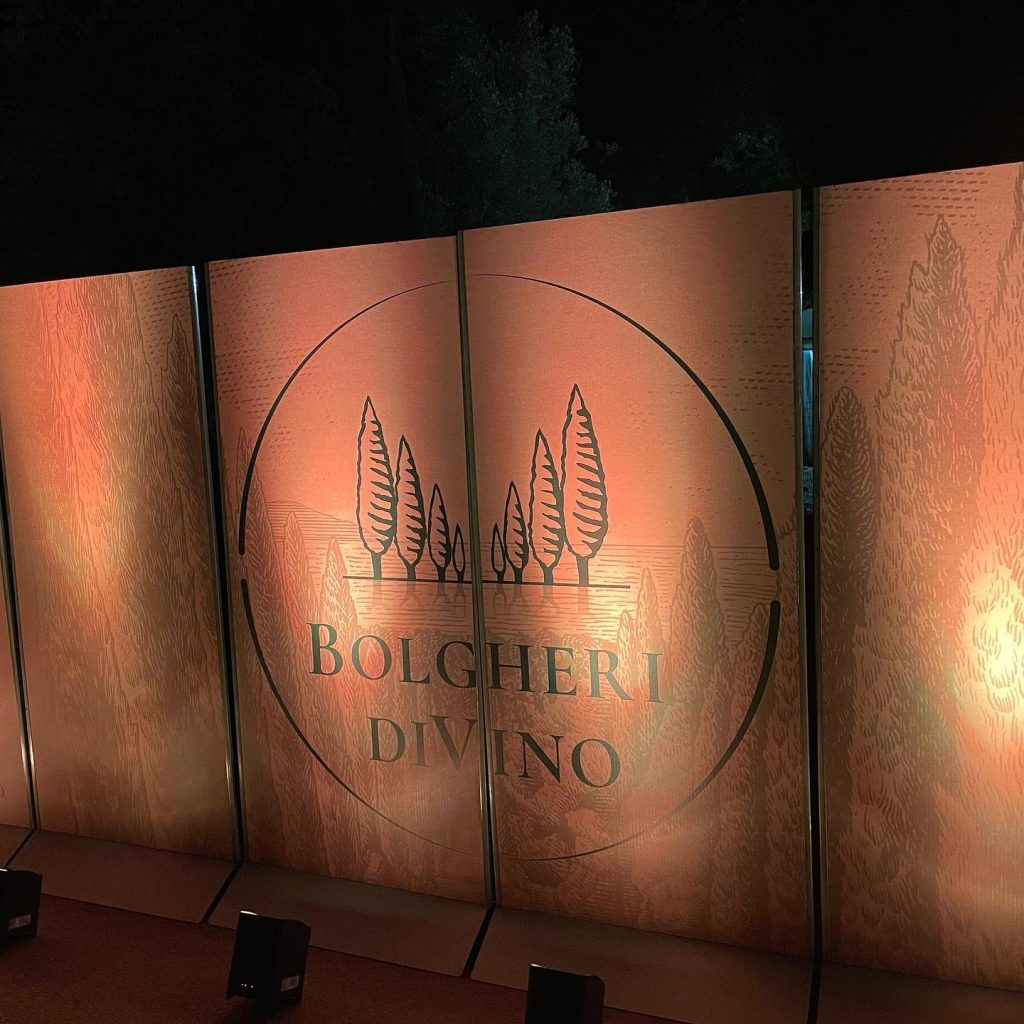
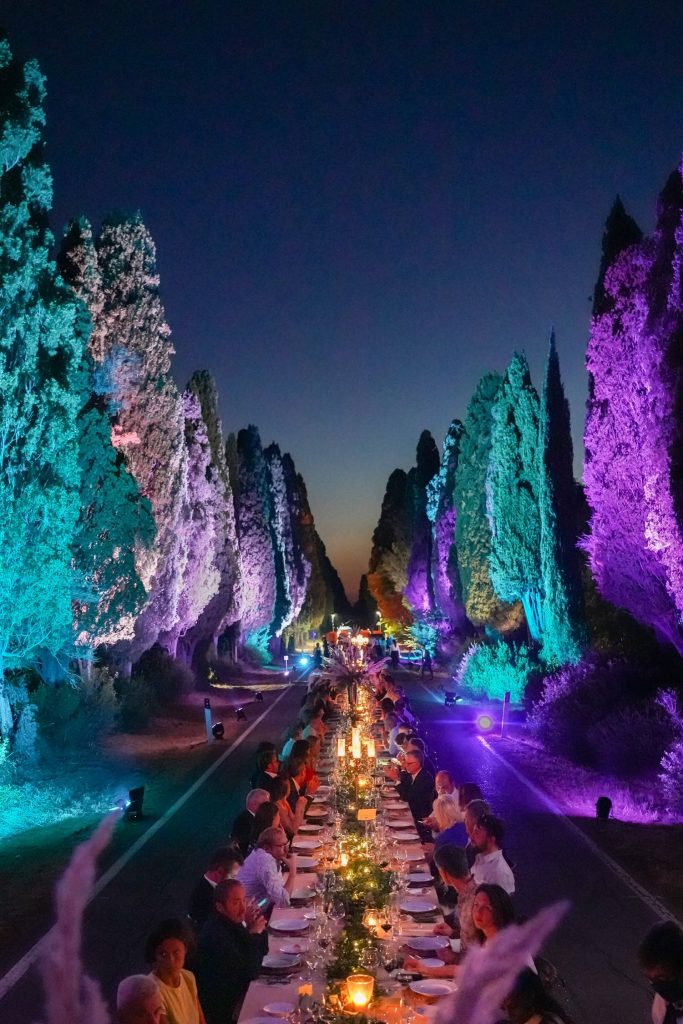
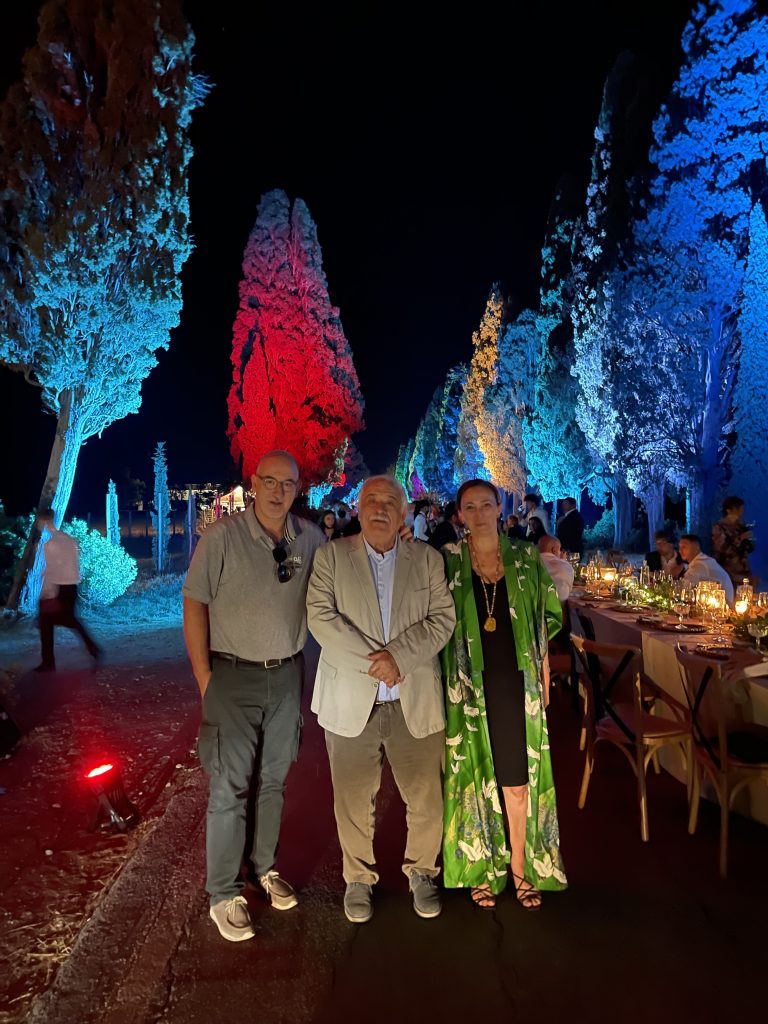
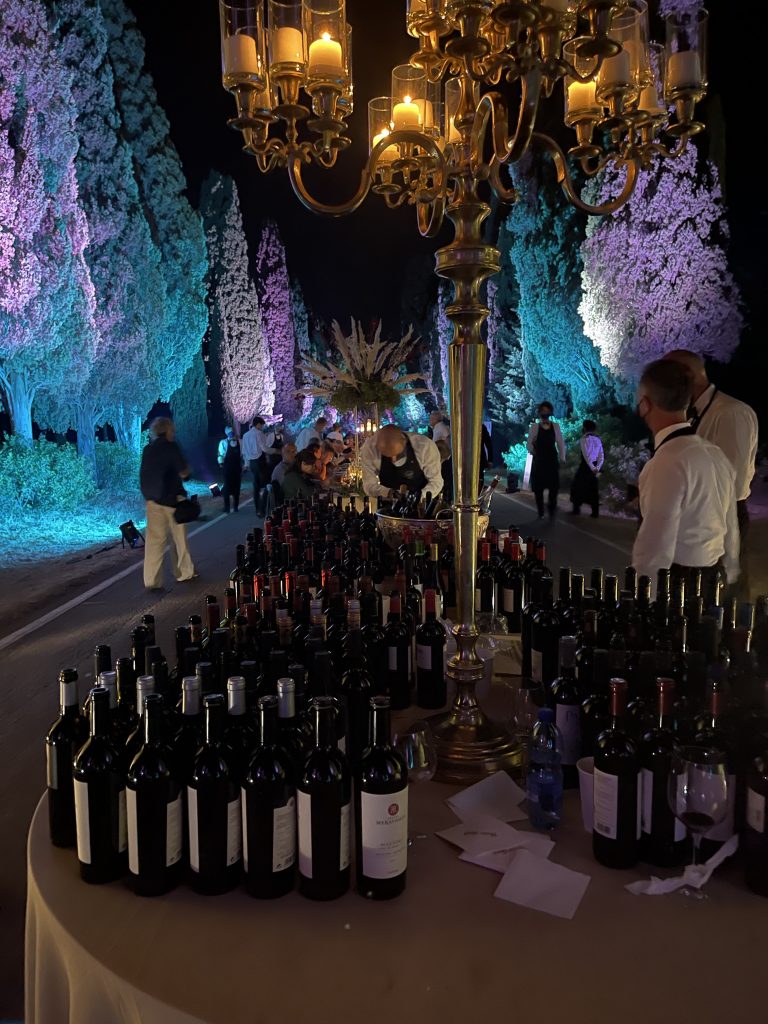
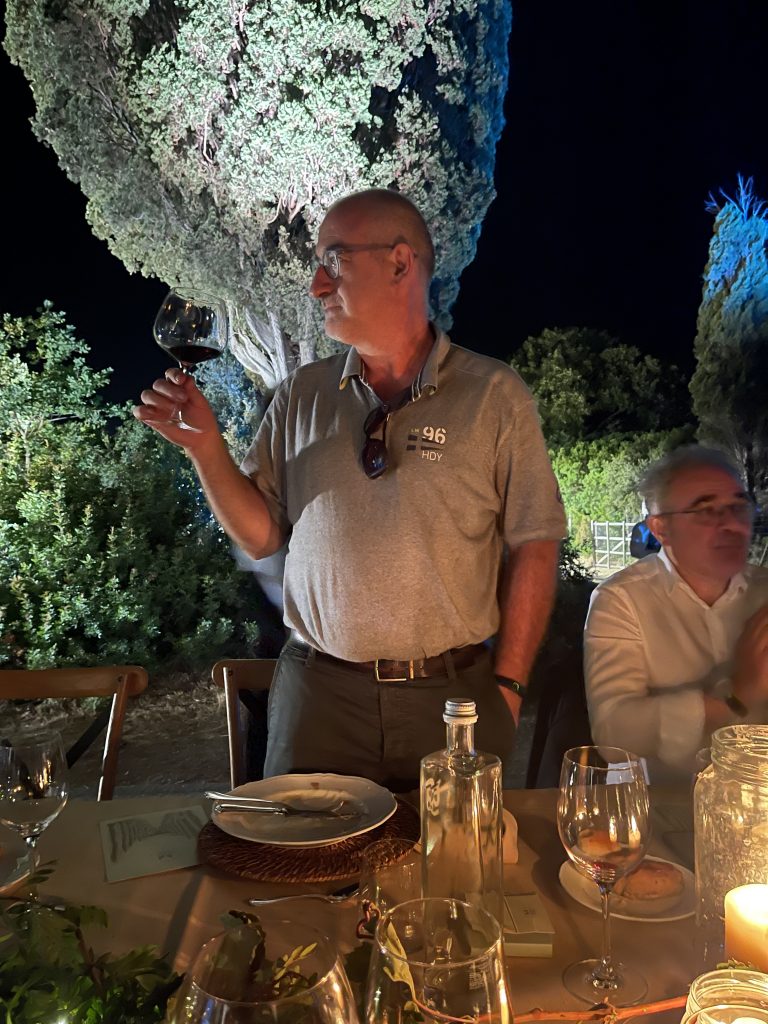
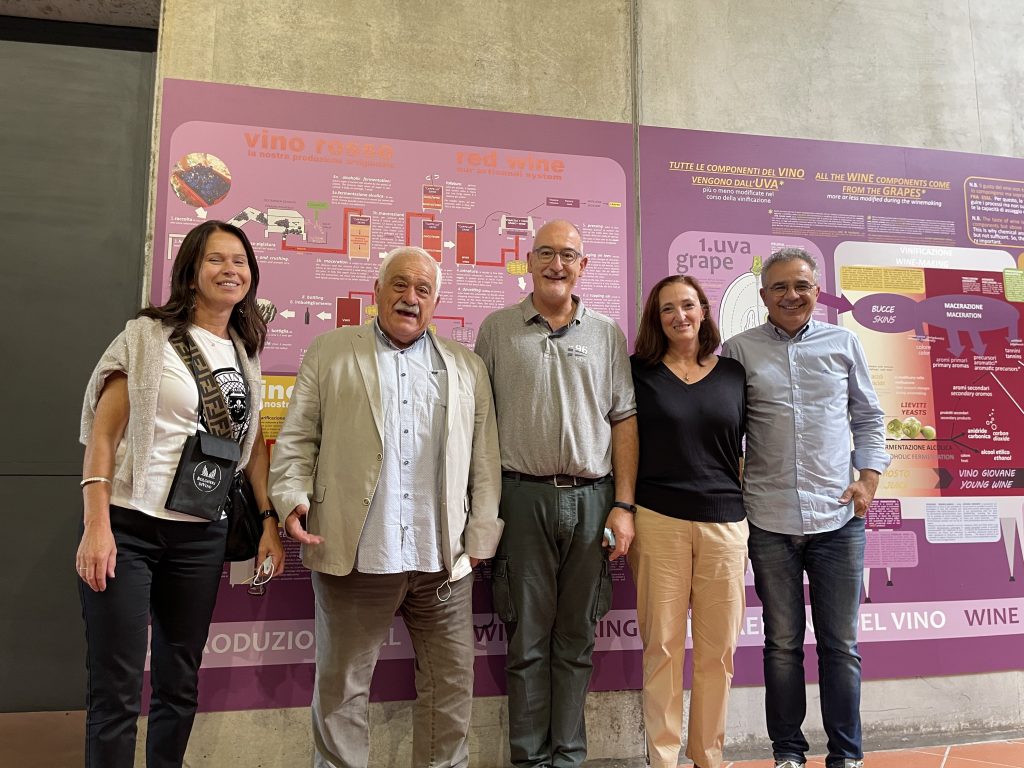
Herbstöffnungszeiten
Die Ernte steht kurz bevor, die Tage werden kürzer und ab heute andern sich die Öffnungszeiten für den Herbst.
Bis Ende Oktober haben wir von Montag bis Samstag von 10.00-13.00 Uhr 15.00-18.00 Uhr für den Publikumsverkehr geöffnet.
Wir erwarten Sie !
Tolle Neuigkeiten für den Atis 2017: immer mehr Persönlichkeit und Nachhaltigkeit
Wir haben diese Überraschung bisher aufgehoben, obwohl wir seit Jahren daran arbeiten. Die Nachricht ist, dass wir die Zusammensetzung unseres Bolgheri Superiore, den Atis, geringfügig geändert haben. Die Basis bleibt wie immer Cabernet Sauvignon (ca. 80%) mit etwas Cabernet Franc (ca. 10%). Wir haben den Merlot (die restlichen 10%) jedoch durch die italienische Sorte Rebo ersetzt. Keine Sorge, es ist keine so drastische Veränderung, wie Sie sehen werden. Der Vorteil ist, dass es uns zu einem Atis mit einer noch ausgeprägteren und harmonischeren Persönlichkeit sowie einer größeren Nachhaltigkeit führt.
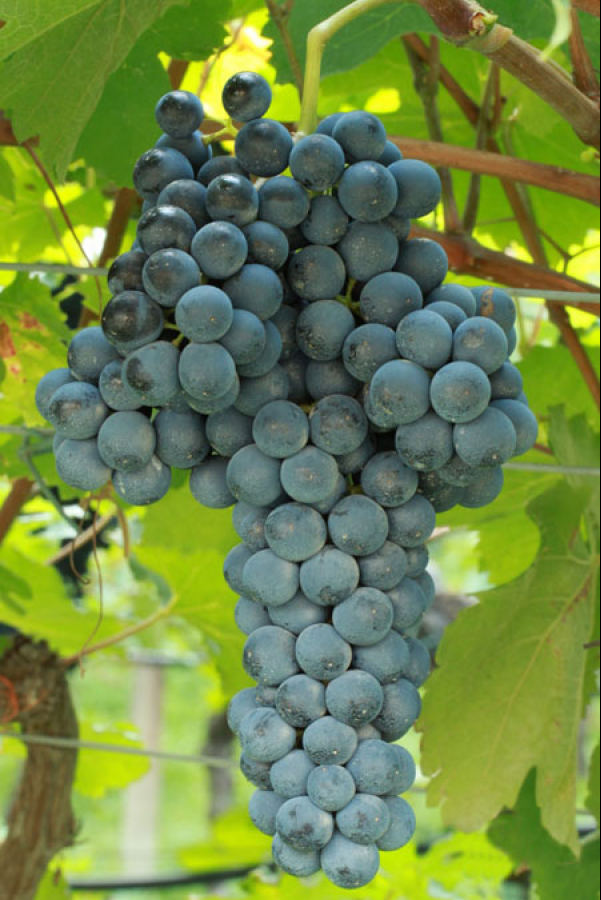
Der Hauptgrund, der uns zu dieser Wahl geführt hat, hängt mit dem Klimawandel zusammen. In unseren ständigen und mehrfachen Experimenten hat uns der Rebo über mehrere Jahre lang mit Zufriedenheit erfüllt wie er sich in Bezug auf unserem Territorium ausdrückt. Umgekehrt hat uns der Merlot, besonders in der letzten Zeit, ein wenig ratlos gemacht. Der Klimawandel hat es für uns immer schwieriger gemacht, den perfekten Zeitpunkt für die Ernte für den Bolgheri Superiore festzulegen. Wir mussten immer länger warten, um ein gewisses Ungleichgewicht zwischen der Reifung von Zuckern und der Säure mit der von Polyphenolen auszugleichen.
Die Änderung ist nicht so drastisch, auch weil der Rebo eine Sorte ist, die aus der Kreuzung zwischen Merlot und Teroldego entstand. Er ist im Forschungszentrum von San Michele all'Adige in einem Kreuzungsprogramm entstanden, das in den 1920er Jahren begann, um die Qualität und Beständigkeit der Sorten zu verbessern. Der Name leitet sich von seinem Schöpfer, dem Genetiker und Agronomen Rebo Rigotti, ab.
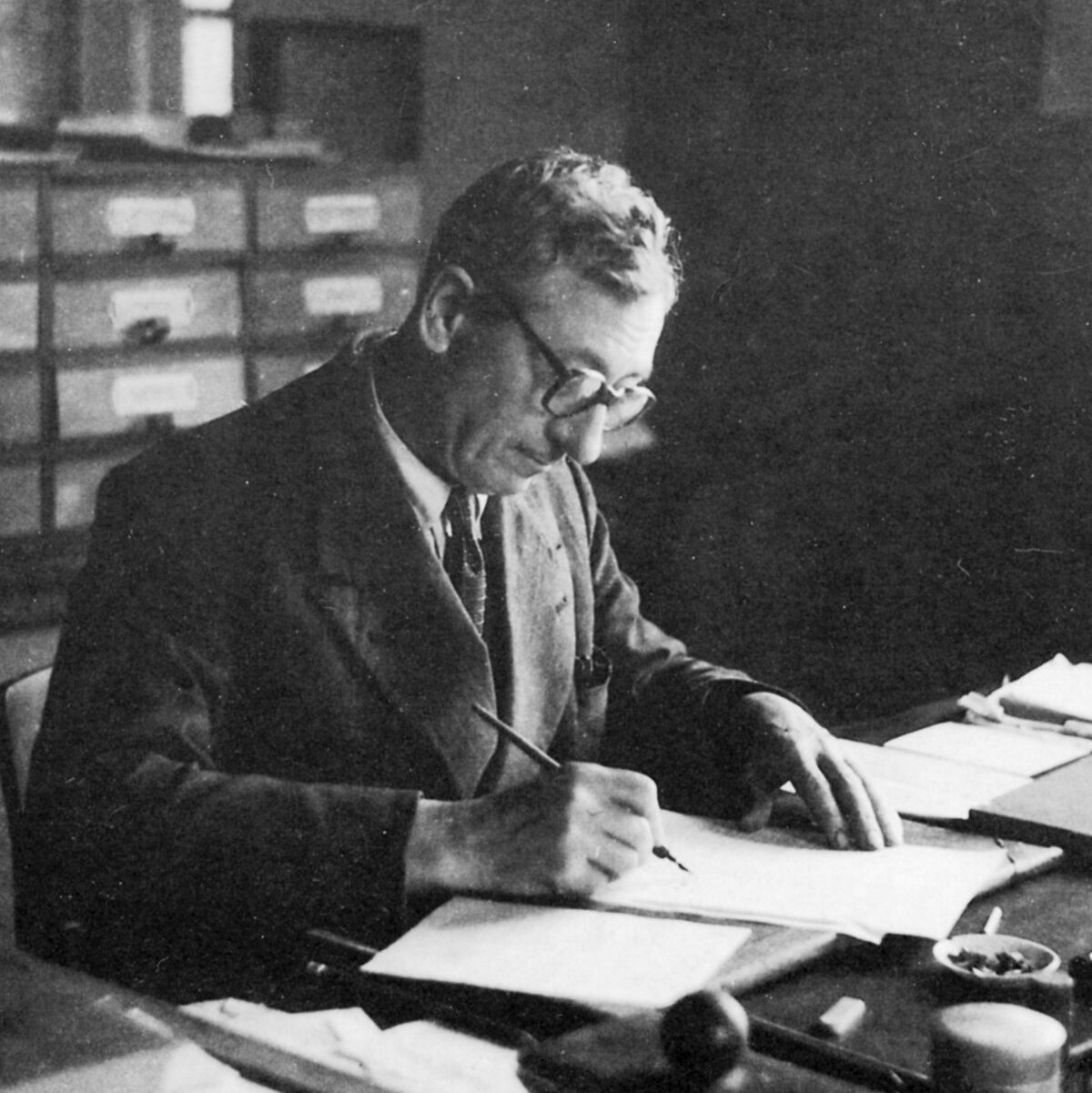
Was sind die Vorteile des Rebo?
Er ist eine optimale Sorte für Nachhaltigkeit, da er eine gute Resistenz gegen verschiedene Krankheiten sowie gegen widrige Wetterbedingungen aufweist. Er hat ausgezeichnete Eigenschaften sowohl seiner Qualität wegen als auch von der Produktionsbeständigkeit. Er reift später als der Merlot, was ihn für eine optimale Reifung unter unseren klimatischen Bedingungen viel geeigneter macht. Im Wein behält er den typischen Beitrag von Merlot bei, aber mit mehr Frische. Dies trägt zu einem größeren Gleichgewicht für einen bedeutenden Wein bei, der in einem Mittelmeerraum wie unserem entsteht.
Unten finden Sie den Weinbrief und die Auszeichnungen, die er bisher erhalten hat. Hier können Sie den Weinbrief in PDF-Version herunterladen.
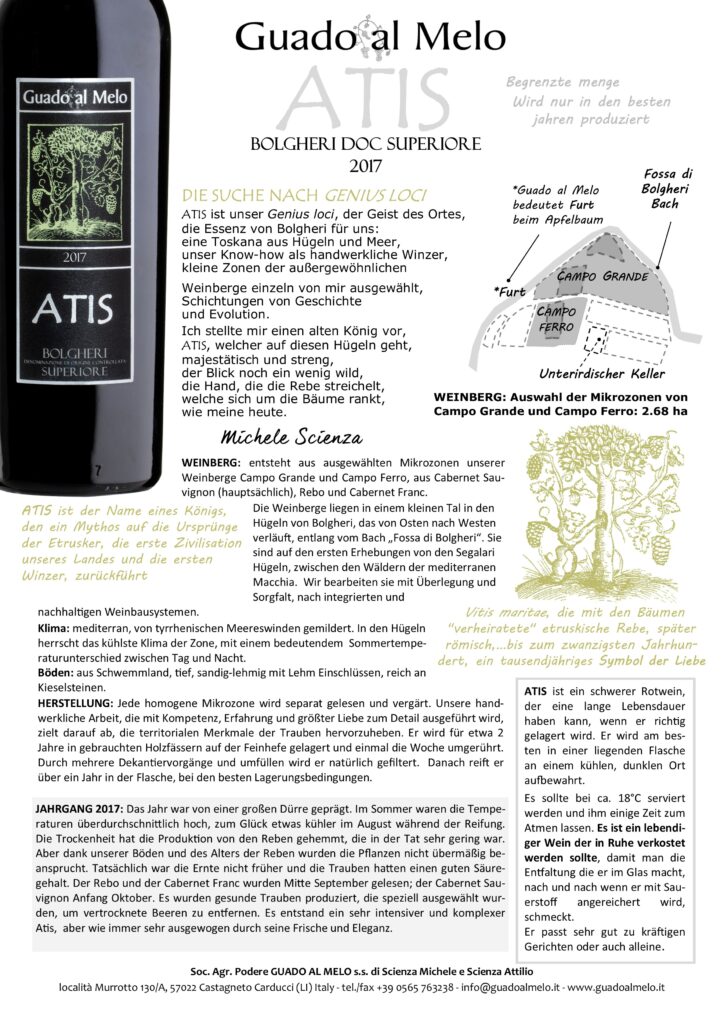
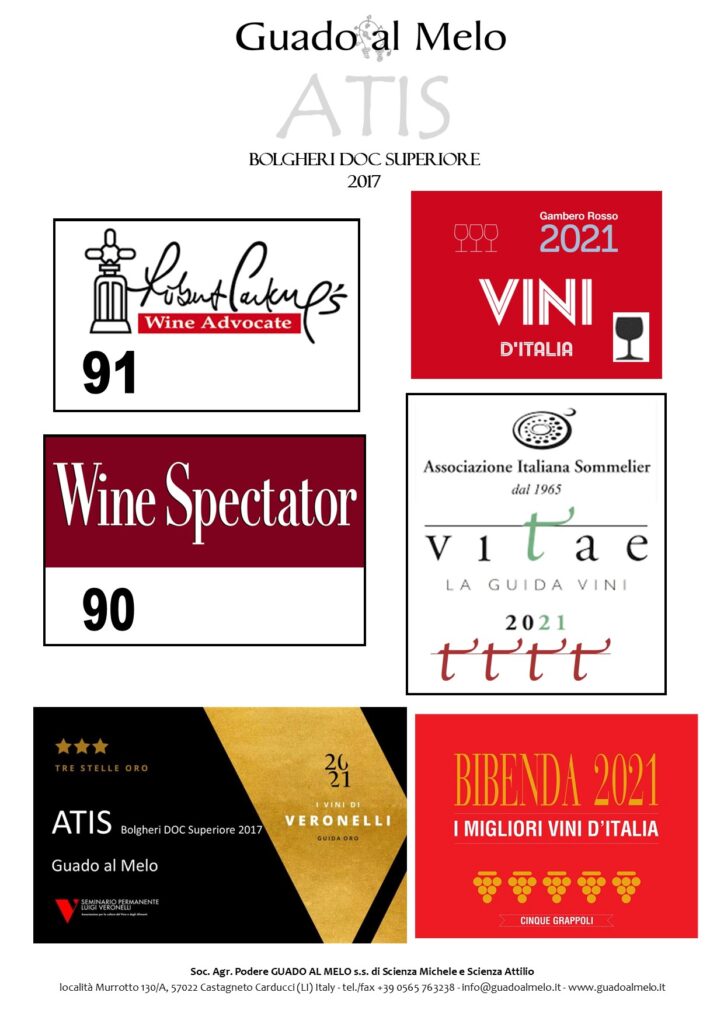
Verkostungen und Weinverkostung im April und Mai 2021
Angesichts der jüngsten Bestimmungen der Regierung wegen des Covid Virus können wir im Mai mit einigen Einschränkungen Verkostungen und Führungen durchführen.
Die Verkostungen können nur im Freien durchgeführt werden. Angesichts der Situation unseres Kellers:
1.Sind Führungen und Verkostungen bei Regen oder starkem Wind nicht möglich.
2.Können sie nur bei gutem Wetter durchgeführt werden, aber wir haben immer noch eine begrenzte Anzahl von Plätzen. Daher ist die Reservierung in jedem Fall obligatorisch.
3. Jede Reservierung kann nur in den letzten 2-3 Tagen basierend auf der Wettervorhersage endgültig bestätigt werden.
Ich erinnere Sie auch daran, dass die üblichen Sicherheitsregeln für die Distanzierung sowohl während des Besuchs als auch während der Verkostung in Kraft bleiben, außer bei Verwandten oder Mitbewohnern. Es besteht auch die Verpflichtung, in allen Phasen Ihres Aufenthalts in unserem Weingut eine Maske zu tragen, außer wenn Sie probieren.
Wir entschuldigen uns für die Unannehmlichkeiten. Ab Juni sollten wir mit den entsprechenden Vorsichtsmaßnahmen wieder zur Verkostung im Keller zurückkehren können.
Top prize to our wine Atis Bolgheri DOC Superiore by Bibenda
Thanks so much to the staff of Bibenda, for the important prize to our wine Atis Bolgheri DOC Superiore 2017!
Atis, TreStelle Oro prize
Our wine Atis Bolgheri DOC Superiore 2017 has received an important Italian prize, by the Veronelli Guide 2021, the Tre Stelle Oro (Three Golden Stars). Thanks to the Veronelli's staff.
Rute wins the TreBicchieri Award by Gambero Rosso
Michele and I were amazed when we learned that Rute had won the TreBicchieri Award by Gambero Rosso. We were surprised that Gambero Rosso had decided to reward not only the top Bolgheri wines, such as the Superiors, but also the Reds (the entry level). We are happy with it.
Thus, Rute also enters the group of our wines that have received critical acclaim, after Atis, Jassarte and Criseo. And it made it with a very important prize. It confirms, once again, that our entire production is of great value.
If I have to describe Rute ("red", in Etruscan) in one word, I would say elegance. Unfortunately, this word is very overused, even for wines that are anything but elegant. Elegance is made up of fine and complex aromas, a right concentration that is lightened (but not trivialized) by a great freshness, which translates into gustatory verticality. Rute is a red that also has very good aging potential, which can reach 10 years.
These characteristics arise from the Genius Loci of our vineyards, among the hills of Bolgheri. It is a marine and windy area, a Mediterranean territory. In our hills there are strong summer temperature variations between day and night. Our soils are alluvial, very deep and well-drained.
The quality of a winery is truly measured on the basic wines than the top ones. If they also are good, it means that the vintner are able to work well always, where it is not easy and obvious. And with a pinch of pride, I say that our craftsmanship is always the same: we take care with extreme love of all our vineyards and every batch of grapes that enters the cellar.
Switching from highly aged wines to younger ones should not mean a decline in the quality of the grapes or less well working . It means working differently. Once the most suitable particles of vineyard for one or the other type have been chosen, it means working at best to help the vines find different productive balances, in order to have grapes with different balances and concentrations, perfect for the type of wine they will originate. So it will be in the cellar: there will be different routes, but equally cared for.
Rute, neuer Jahrgang 2017
Bolgheri war jahrhundertelang ein schwieriges Gebiet,
hart und wild.
Heute ist es ein mediterraner Garten,
mit einer noch etwas wilden Schönheit.
Für uns ist es unser Zuhause,
es hat den Duft von den Wegen in der mediterranen Macchia,
den Salzgeruch der Sanddünen es hat den Klang der Wellen des Meeres,
das Lachen der Kinder, die in der Furt* baden ...
RUTE ist dieses uns vertraute Bolgheri,
dass wir in der Erde und in den Steinen unserer Weinberge suchen,
in unserer Handwerkskunst.
We are closed
As known, we are in an emergency Corona virus. So we adjust to the rules and we are closed. if you want our wines, we ship them your home. Write me at info@guadoalmelo.it for info.
We are closed at least until April 3 (inclusive), then we'll see.
Guado al Melo News 2019
Wie es inzwischen Tradition ist erinnern wir uns an das zu Ende gehende Jahr 2019, mit einer kleinen Publikation in drei Sprachen (Italienisch, Englisch und Deutsch).
Es beginnt mit der Weinlese, ein entscheidender Moment für uns des Jahres, erzählt dann aber die wichtigsten Ereignisse und einige Neuigkeiten für das neue Jahr.
In diesem Jahr stammt das Zitat von Edoardo Hughes Galeano, einem uruguayischen Journalisten und Schriftsteller, einer der größten Persönlichkeiten der zeitgenössischen lateinamerikanischen Kultur, der 2015 verstorben ist. Es gefiel uns, weil es mit subtiler Ironie unterstreicht, was im Wesentlichen die Funktion von Wein seit jeher ist. : um unseren Tagen Freude zu bereiten, sowie die Liebe, die uns die Sorgen des Lebens vergessen lässt.
Hier finden Sie auch die pdf-Version.
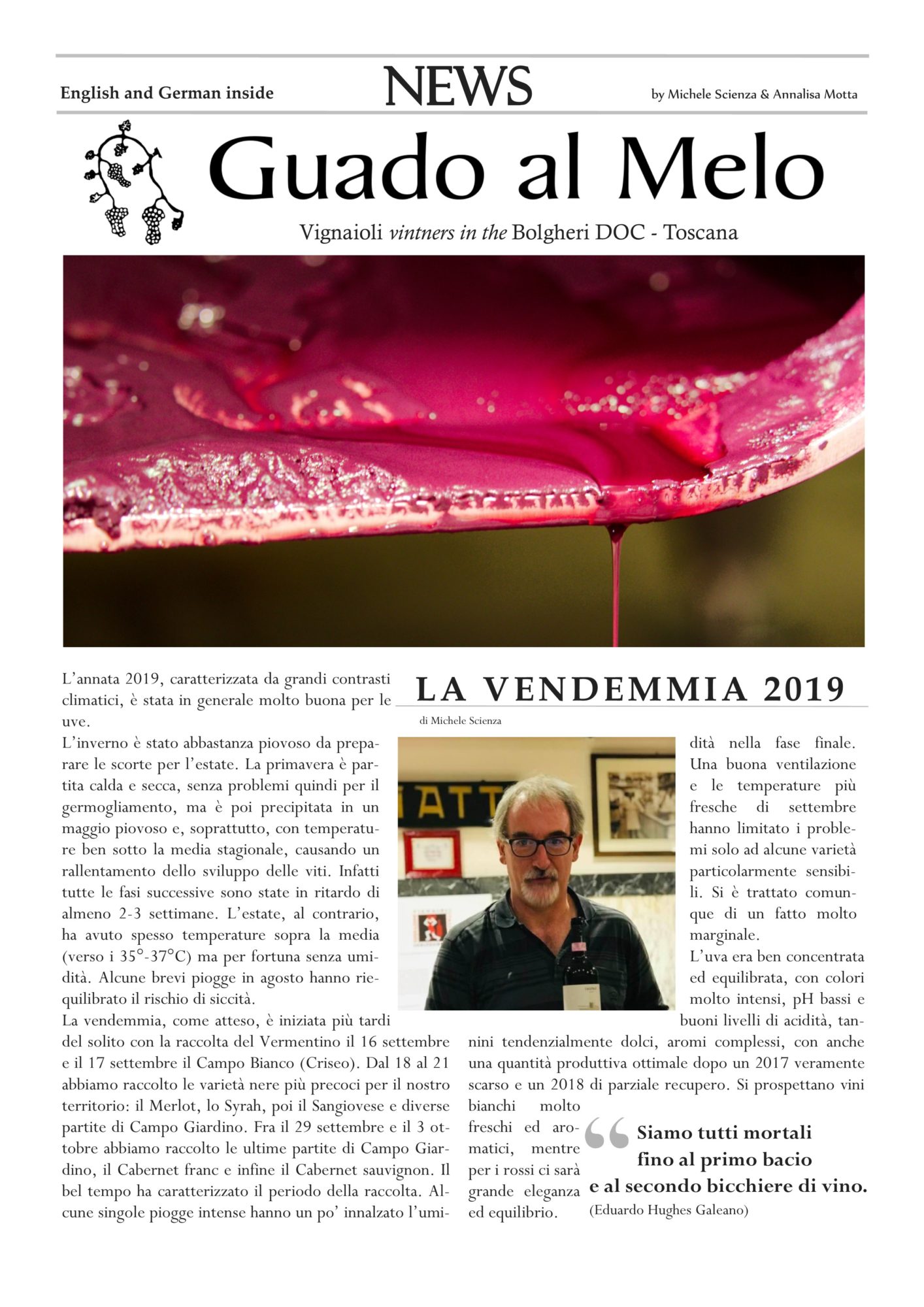
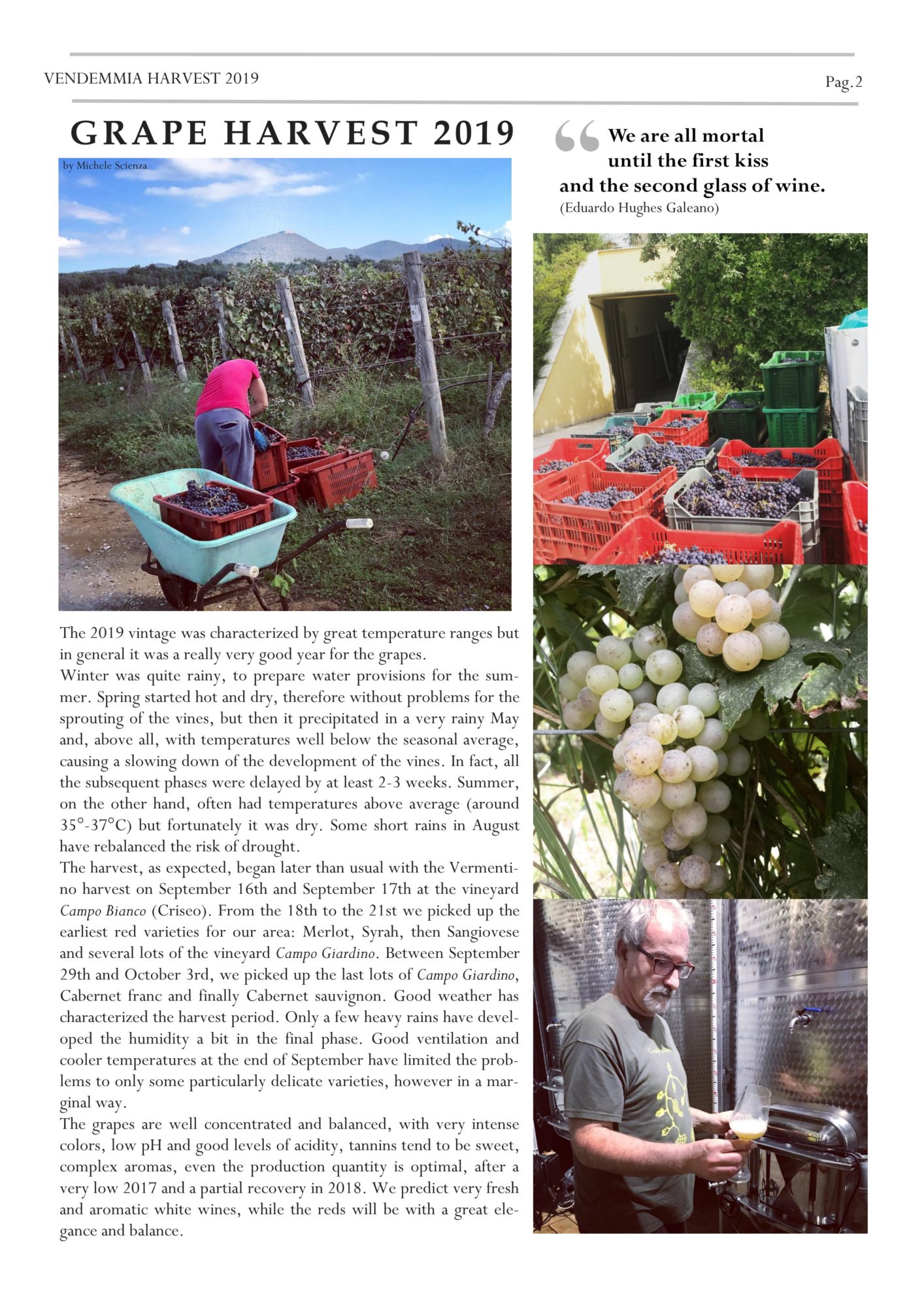
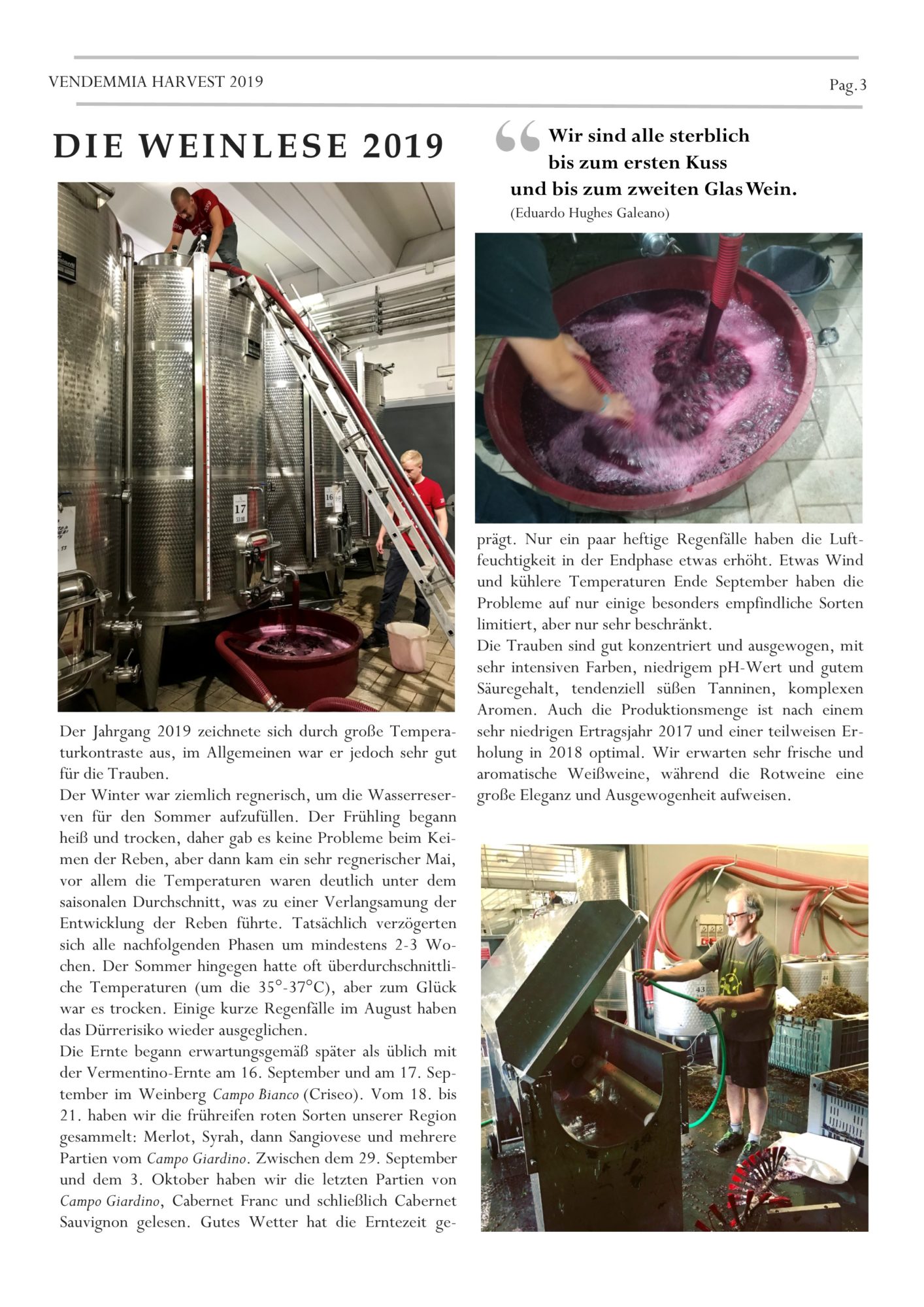
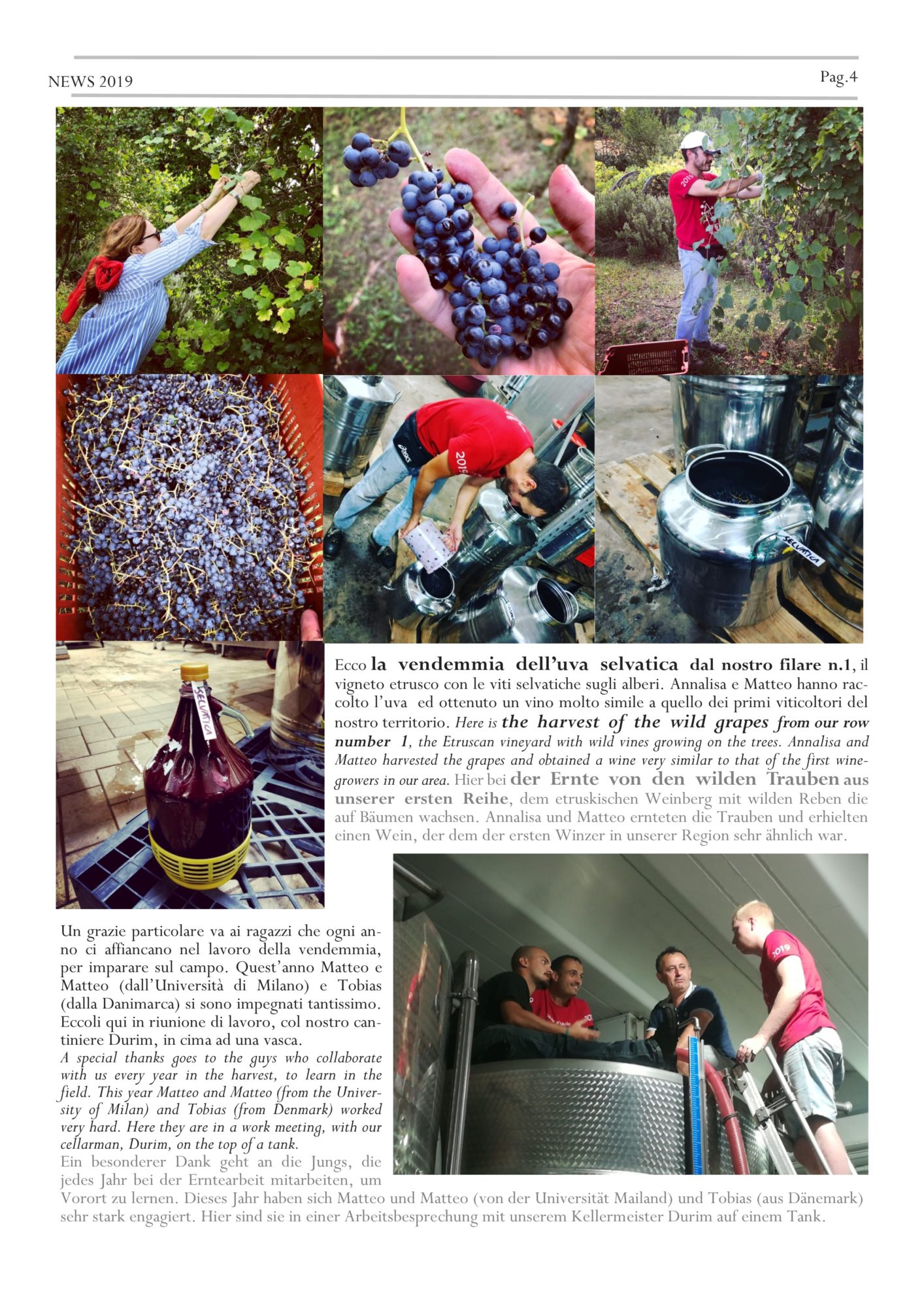
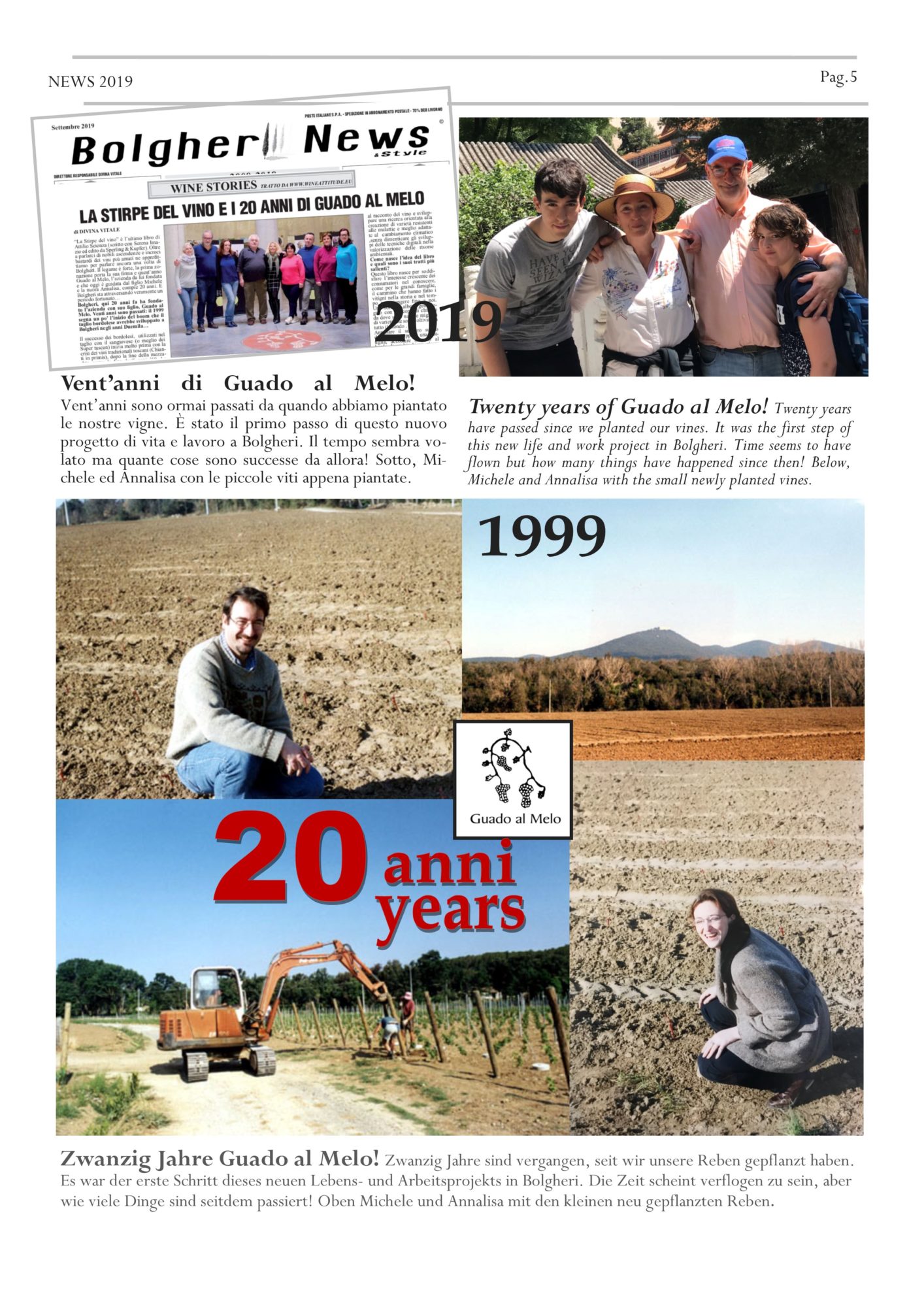
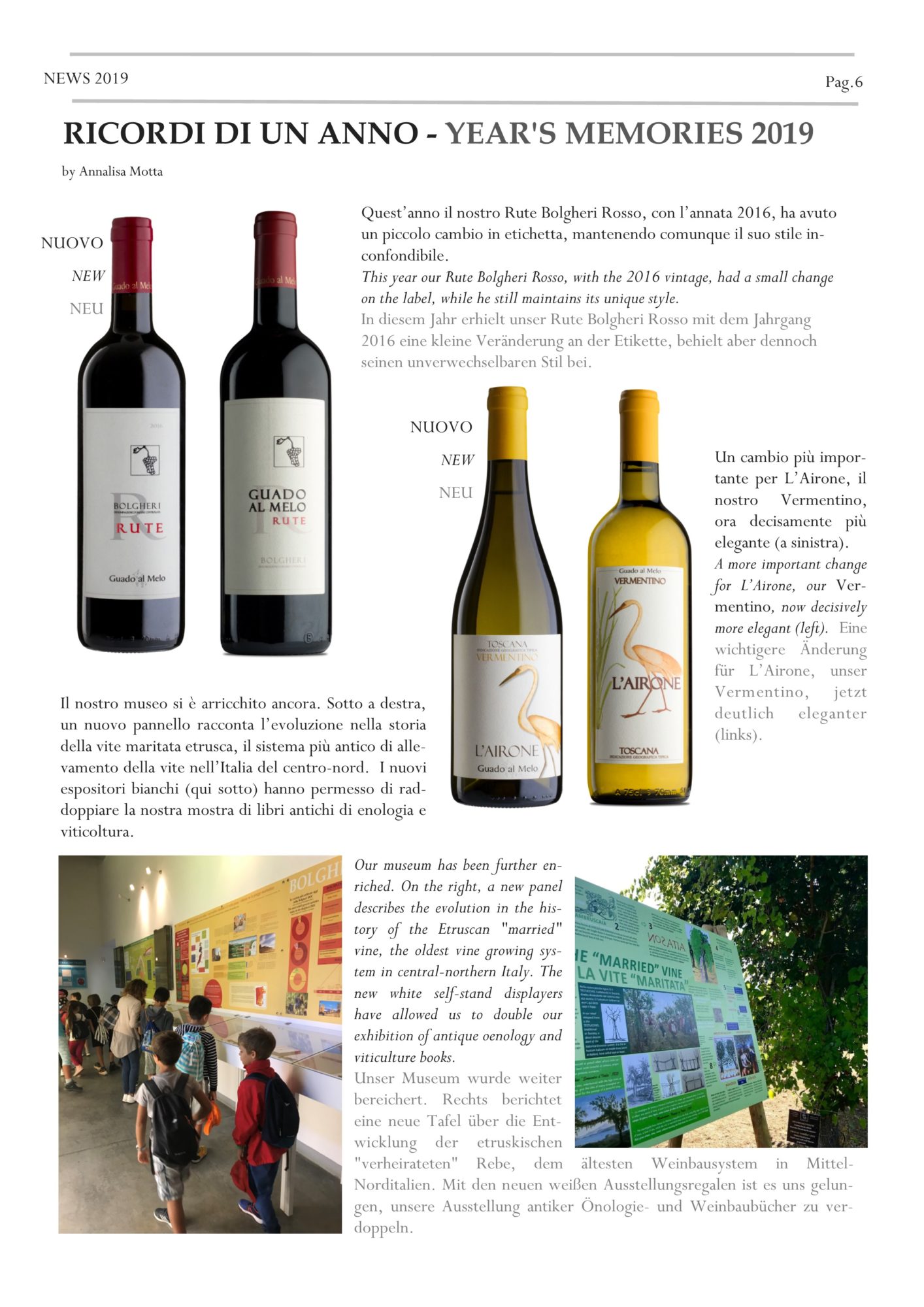
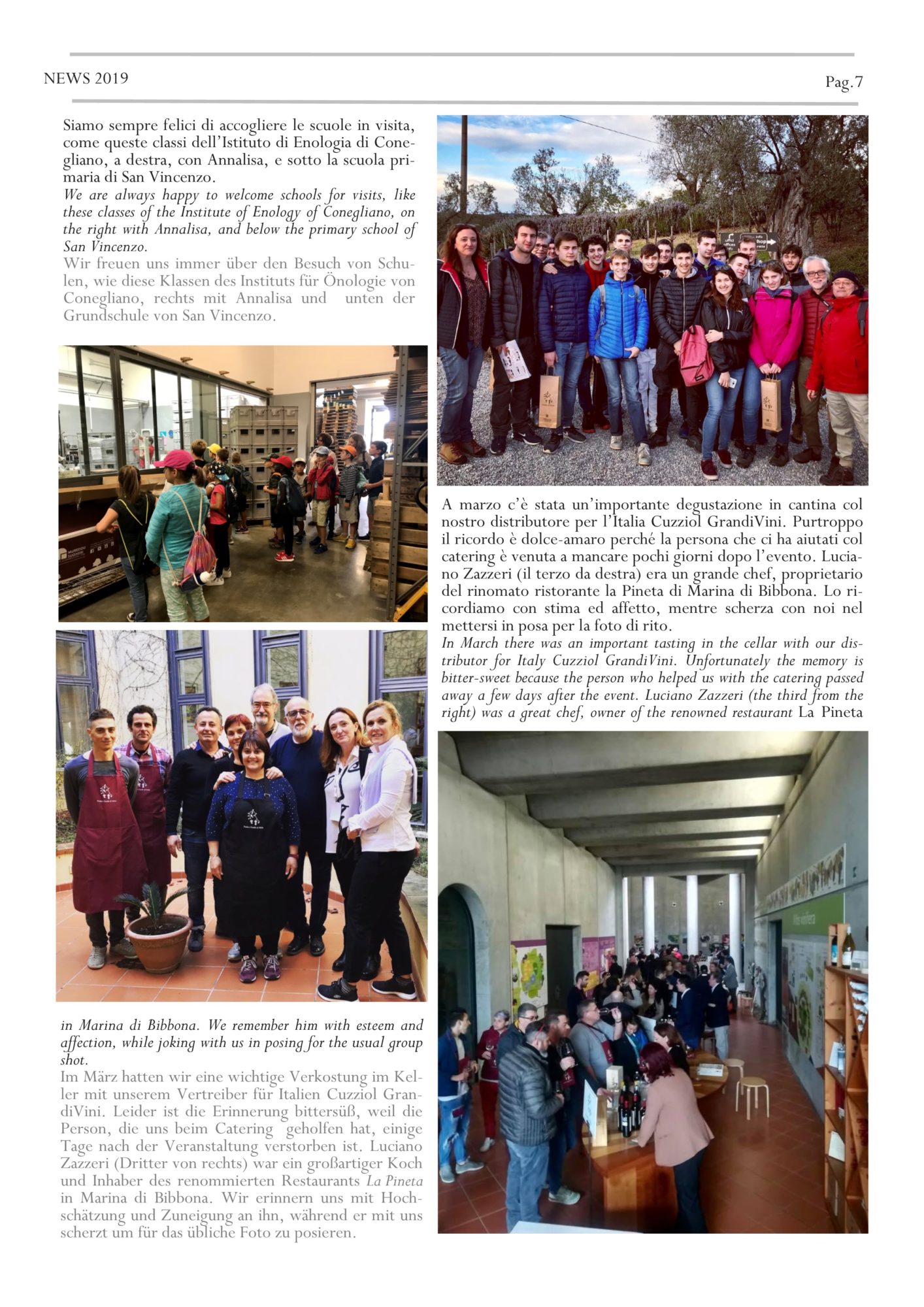
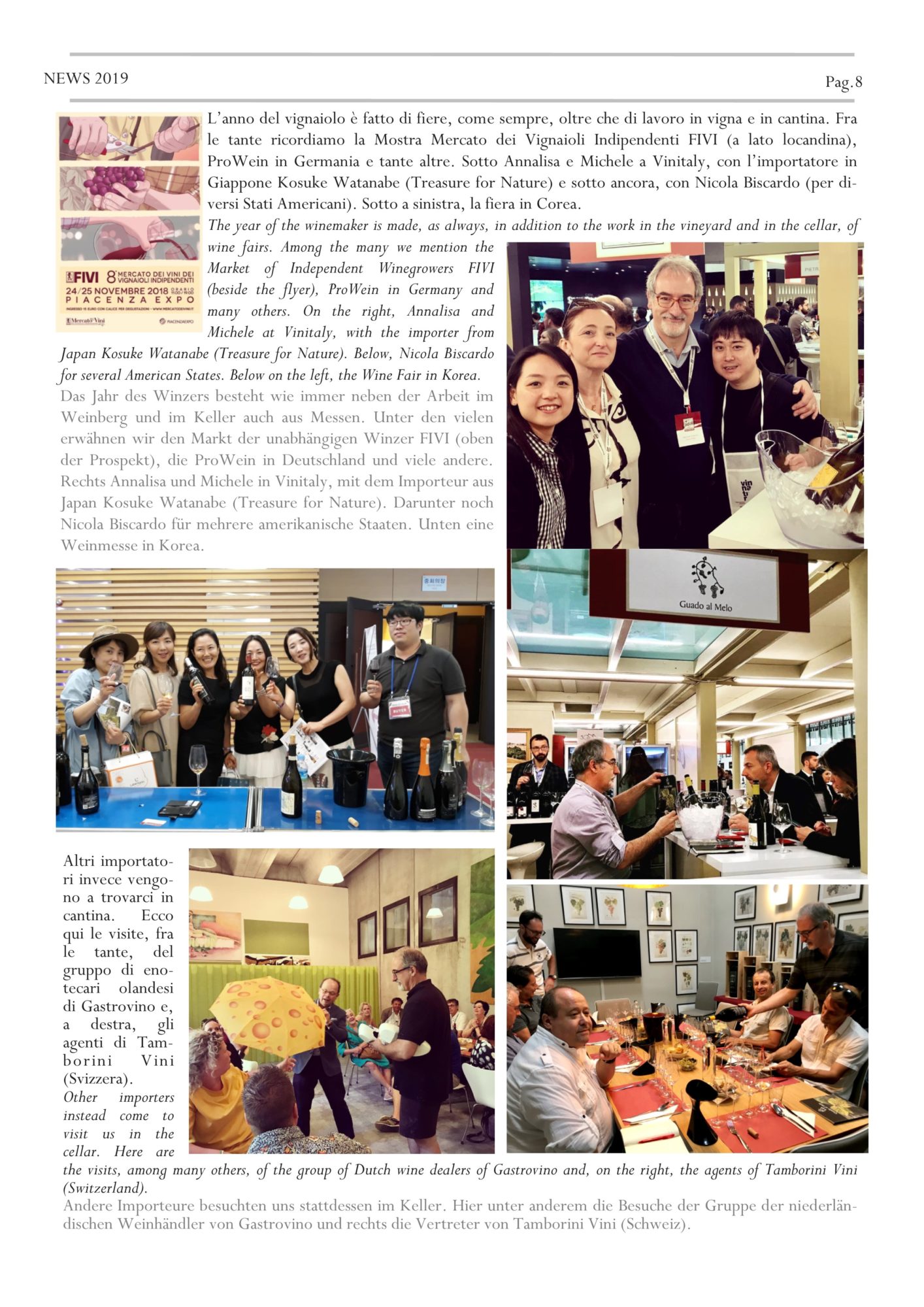
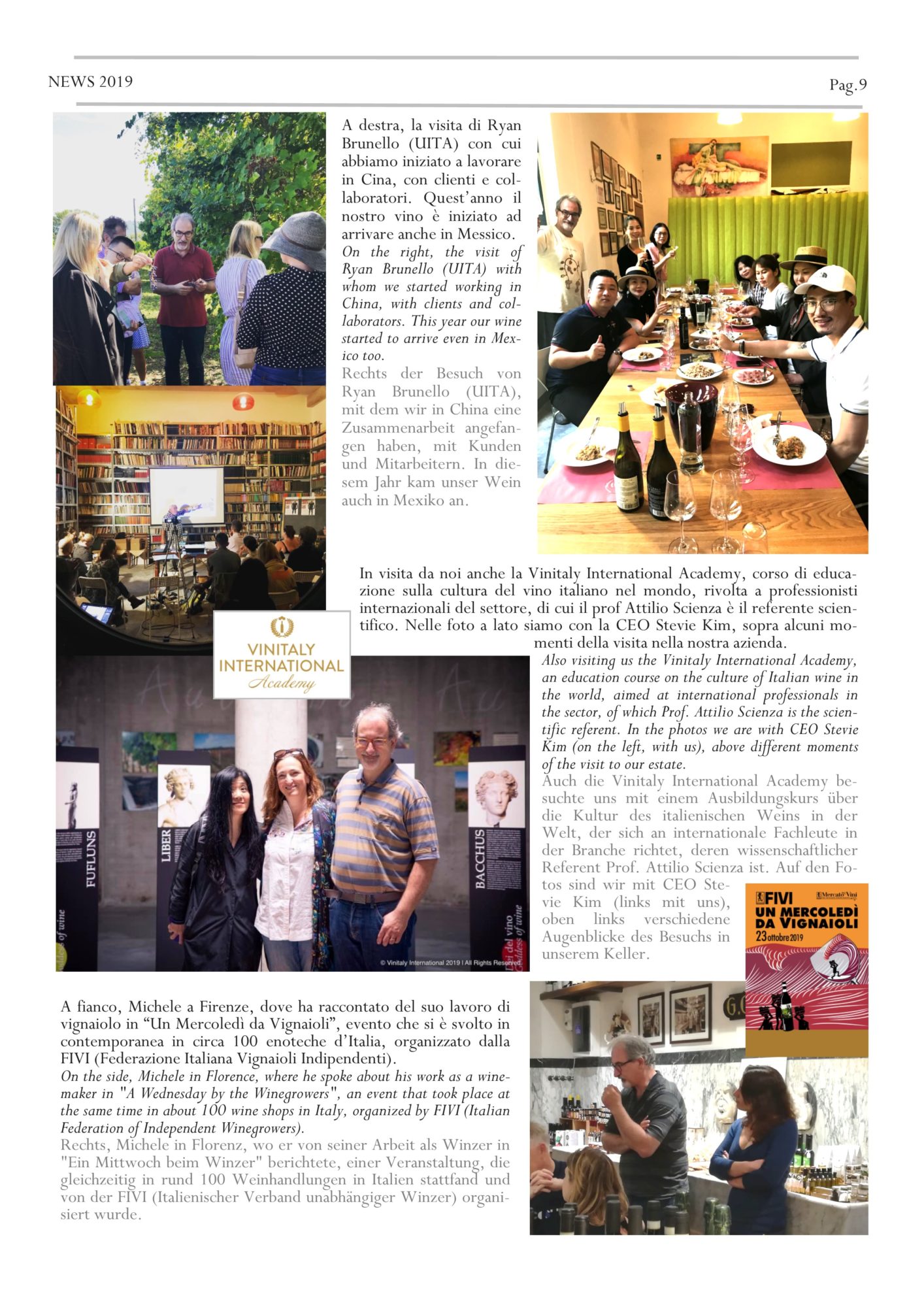
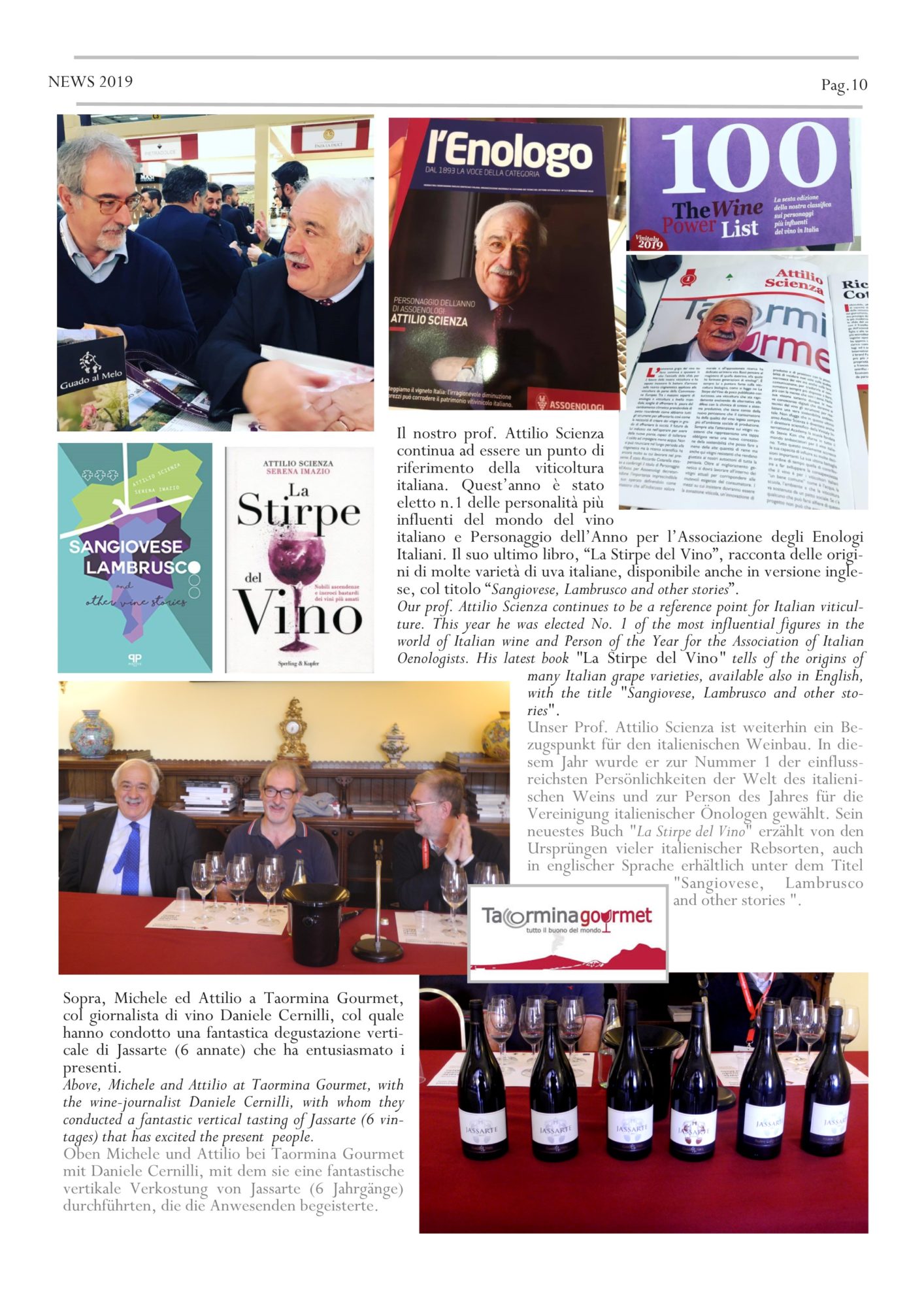
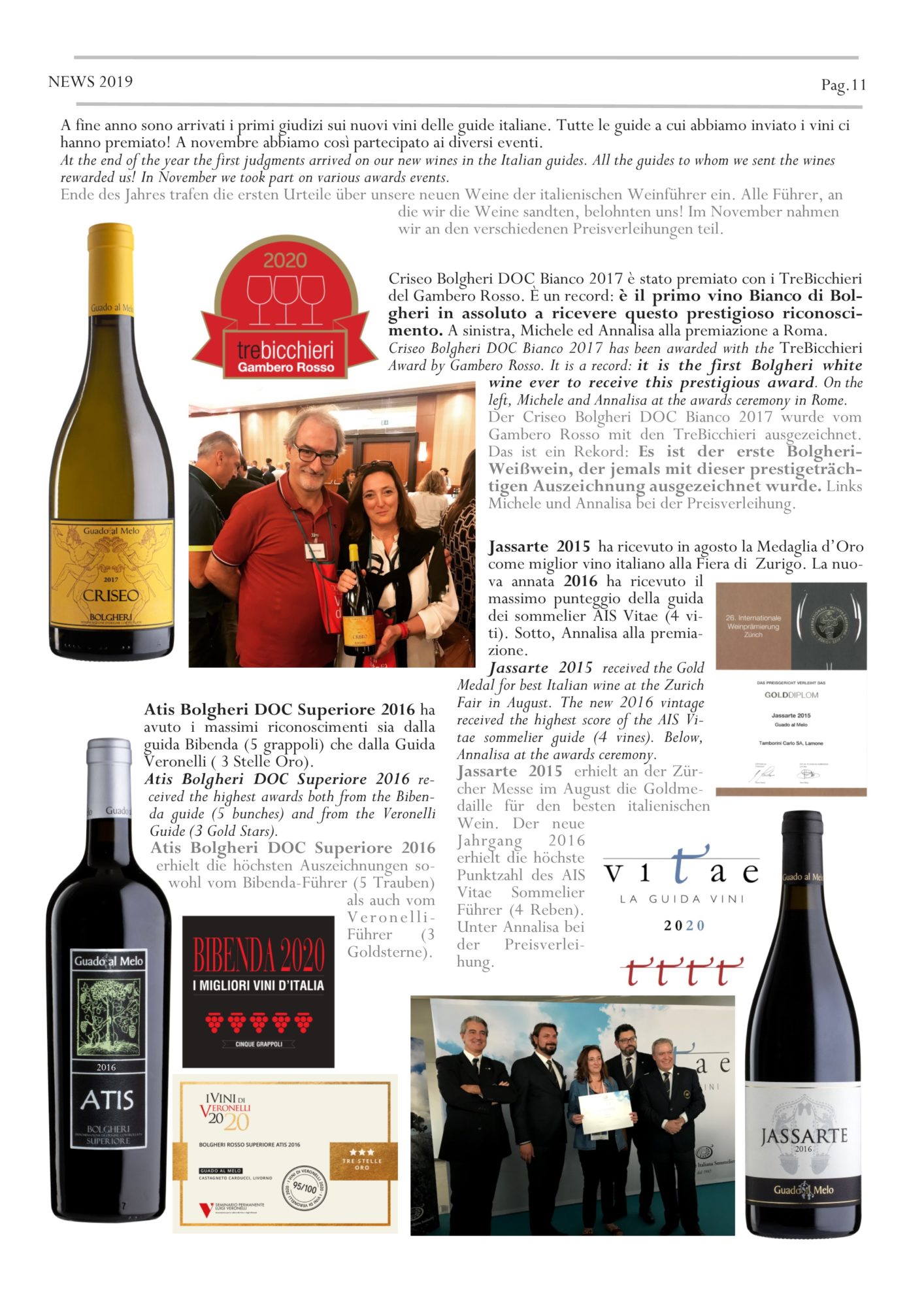
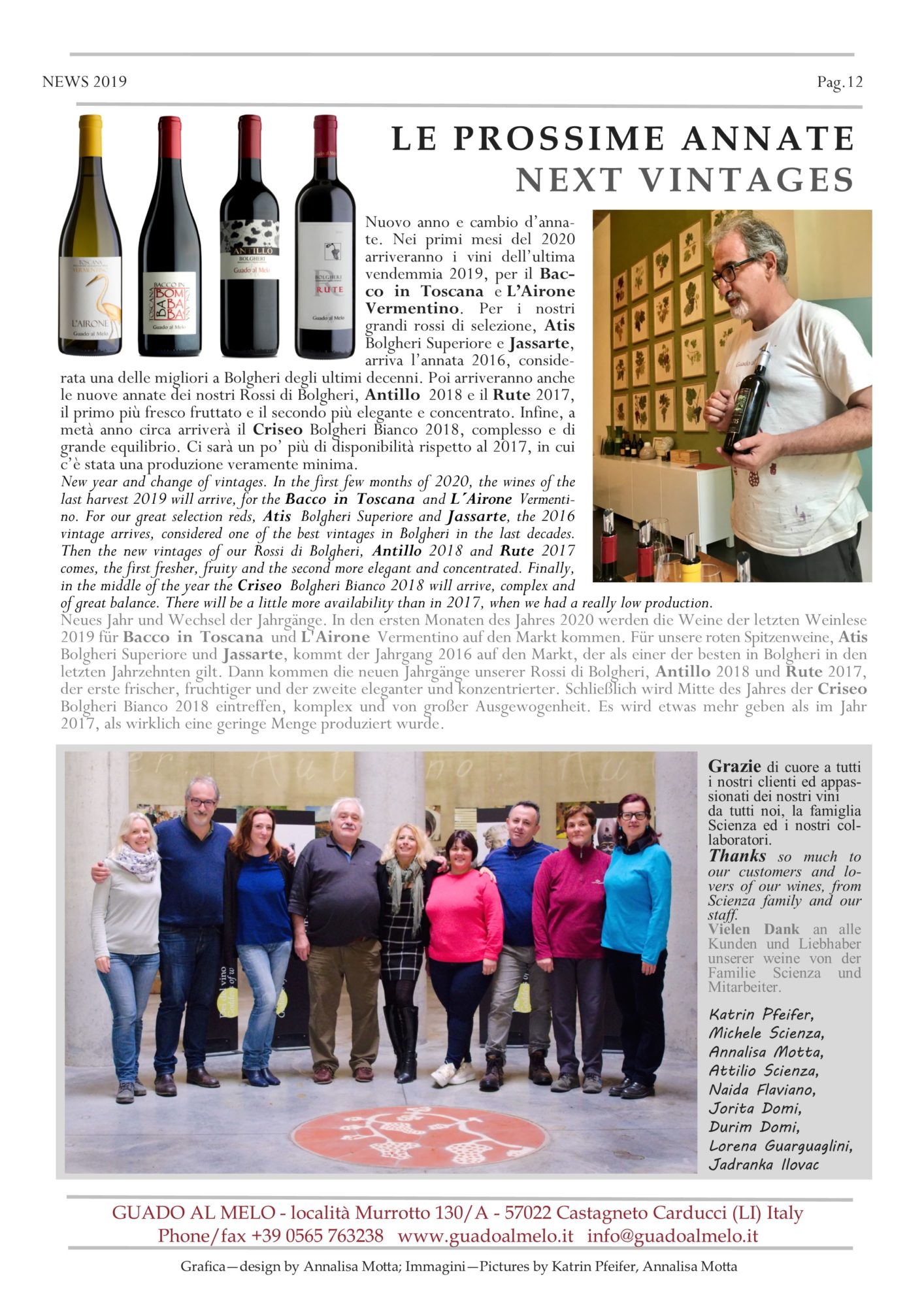
Eccellenze di Toscana 2019
Saturday 30 November and Sunday First Dicember, we will be at the tasting event "Eccellenze di Toscana", during the Fair Wine & Food in Progress, at the Stazione Leopolda in Florence.
There will be Michele Scienza, from 10.00 am h to 7.00 pm. See you.
Anerkennungen von unserem Atis Bolgheri Superiore
Der renommierte Leitfaden Veronelli hat unseren Atis Bolgheri DOC Superiore 2016 mit dieser wichtigen Auszeichnung ausgezeichnet.
Übrigens belohnen sie Atis zum dritten Mal in Folge (mit Ausnahme von 2014, das wir nicht produziert haben) mit drei bemerkenswerten Jahren für unser Territorium: 2013, 2015, 2016.
Danke an das Personal.
Atis 2016 one of the best Italian wines for Bibenda
Thanks so much to the Italian Sommelier Foundation. In their wine guide Bibenda, they awards the maximum score (5 grapes) to our Atis Bolgheri DOC Superiore 2016.
The Italian Sommelier Association (AIS) awards Jassarte 2016 the best score (4 vines)
Many thanks to the AIS sommeliers which, in their guide "Vitae", awards with their maximum recognition (the 4 vines) our Jassarte 2016 Toscana IGT Rosso. It is a great honor for us.
Its first official release will be on the occasion of the AIS awards ceremony, Saturday 26 October, from 11.00 to 19.00, in Rome, at the "Nuvola" Congress Palace.
Jassarte 2015: Gold Diplom
Wir freuen uns mitzuteilen, dass Jassarte 2015 den Internationale Weinpraemierung Expovina in Zürich gewonnen hat.
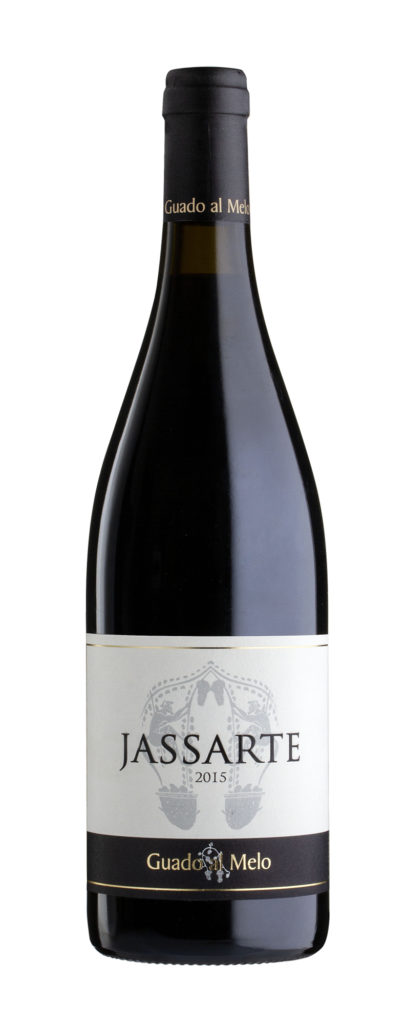
Happy Easter: we are open
We are open on Saturday, Monday and on April 25 (they are Italian public holidays), h 10-13 15-18.
We are waiting for you!
Guado al Melo ist "Quality Made"
Ich hatte bereits über dieses Projekt geschrieben, das vor etwa einem Jahr begann. Der Zertifizierungsprozess ist nun abgeschlossen: Guado al Melo wurde als Unternehmen anerkannt, das die Werte von Cultural Identity trägt.
Quality Made ist eine hochwertige Cultural Identity-Marke, die Unternehmen zertifiziert, deren Aktivitäten auf Prinzipien der kulturellen, ökologischen und sozialen Nachhaltigkeit basieren.
Quality Made richtet sich an Reisende, die echte und einzigartige Orte suchen, ein umweltfreundliches Reiseerlebnis, das die örtlichen Gemeinschaften respektiert.
Quality Made-zertifizierte Unternehmen verbinden tiefe Wurzeln in ihrem Gebiet, die Beachtung der Besonderheiten der lokalen Kultur, besondere Sorgfalt bei der Schaffung qualitativ hochwertiger Produkte und Dienstleistungen sowie ihre starke handwerkliche und territoriale Konnotation.
Die im Jahr 2018 gegründete Marke ist in Frankreich und Italien tätig und umfasst eine erste Gruppe von 75 Unternehmen.
7. bis 10. April: Vinitaly in Verona
7. bis 10. April: Vinitaly in Verona, wir sind in Halle 7, Stand B5, bei unserem Vertriebspartner für Italy Cuzziol GrandiVini. Wir werden sowohl Michele als auch ich sein, Annalisa.
24.-25. März: Vinissima, Tamborini Vini-Verkostung, unser Importeur in der Schweiz
24.-25. März: Vinissima, Tamborini Vini-Verkostung, unser Importeur in der Schweiz. Es wird Michele geben. Tamborini Vini liegt in Lamone über Serta 18. Tel. +41 919357545 www.tamborinivini.ch info@tamborinivini.ch
17. bis 19. März: ProWein in Düsseldorf
17. bis 19. März: ProWein in Düsseldorf: Wir sind in Halle 16, Stand J25, bei unserem Importeur für Germany Consiglio Vini. Es wird Michele geben.
Attilio Scienza ist ein Mann des Jahres 2019 für Assoenologi
Prof. Attilio Scienza, Michele's Vater, bekannter Experte und Professor für Weinbau an der Universität Mailand, ist ein Mann des Jahres 2019 für Assoenologi, den italienischen Verband der Önologen.
Jassarte 2015
Der Professor Attilio Scienza hat in Guado al Melo eine ampelographische Sammlung (ein Weinberg mit vielen Rebsorten) für Studienzwecke geschaffen. Michele entschloss sich, einen Wein aus diesem Weinberg herzustellen, wie aus den alten gemischten Sätzen von früher. Er wollte den Wein wiederentdecken, wie er in der Vergangenheit (von seinen Ursprüngen bis in das 20. Jahrhundert) konzipiert wurde, das heißt als absoluter Ausdruck des Territoriums, über die Rebsorten hinausgehend, ein Wein, der aus einem Weinberg als einzigartige und nicht wiederholbare Identität entsteht, Ergebnis der Territorialforschung, die seine ganze Arbeit charakterisiert. Jassarte wird nur in den Jahrgängen die für gut genug befunden werden hergestellt.
Wir suchten für den Wein nach einem Namen, der an die Ursprünge des Weinbaus, die zwischen dem Mittelmeerraum und dem Kaukasus, dem Westen und dem Osten liegen, erinnert. Der griechische Historiker Herodot schrieb, die Grenze zwischen diesen beiden "Welten" sei durch zwei Flüsse gekennzeichnet, dem Indus im Süden und dem Jassarte im Norden. Jassarte ist für uns zum Symbol eines idealen Grenzlandes geworden, zu einem Ort, an dem sich Kulturen treffen und außergewöhnliche Dinge schaffen. Auf dem Etikett, aus etruskischer Kunst, befinden sich zwei kleine Erntesatyrn.
Erster produzierter Jahrgang: 2003
Nicht produzierte Jahrgänge: 2002-2010-2014
Jahrgang 2015: Das Jahr war nach einem schwierigen Jahr 2014 sehr ausgeglichen. Der regenreiche Winter und Frühling, lieferten dem wie üblichen heißen und trockenen Sommer die Wasserreserven. Die Reifung war regelmäßig, auch dank unserer Sorgfalt, die wie immer darauf ausgerichtet war, das Gleichgewicht der Reben zu fördern. Das gute Wetter hielt während der ganzen Erntezeit an, welche von Ende August bis Anfang Oktober gedauert hat. Der großartige Jahrgang brachte einen Jassarte mit sehr tiefem, fast dunklem Farbton hervor. Im Mund ist er voll und weich, aber immer elegant und ausgeglichen, von langem Abgang und mit einer reichen und komplexen Aromavielfalt.
REBSORTE / WEINBERG: entsteht aus dem Weinberg Campo Giardino, etwas weniger als 1 Hektar, aus circa 30 roten Rebsorten im gemischten Satz angebaut. Er wurde im Winter 1998/99 an den unteren Hängen des Hügels von Segalari in einem kleinen Tal in Ost-West-Richtung angepflanzt. Das Klima ist mediterran und wird durch die tyrrhenischen Meereswinde gemildert. Das hügelige Gebiet hat die kühlsten Temperaturen der Denomination (DOC), mi dem maximalen Temperaturunterschied im Sommer zwischen Tag und Nacht. Der Boden ist aus Schwemmland, sehr tief, sandig- lehmig, mit Lehm Einschlüssen, reich an Kieselsteinen. Wir bauen die Reben an mit der Erfahrung und dem Know-how unserer Familie aus Winzern seit Generationen und verfolgen sie Tag für Tag. Wir verwenden integrierte und nachhaltige Weinbaumethoden, das heißt, wir wählen die besten derzeit verfügbaren Systeme für eine optimale Produktion, mit den geringsten Auswirkungen auf die Umwelt und ohne Rückstände ihm Wein.
HERSTELLUNG und AUSBAU: Unsere Arbeit ist handwerklich, mit Kompetenz, Erfahrung und größter Liebe zum Detail, mit dem Ziel, die territorialen Eigenschaften der Trauben hervorzuheben. Campo Giardino wurde in kleinen Posten aus verschiedenen Rebsorten gelesen, je nach Reifezeit, während des ganzen Septembers und dann Gruppenweise verarbeitet. Die ausgewählten Trauben wurden innerhalb weniger Minuten nach der Ernte entbeert und sehr schonend gepresst, ohne Schwefel Zusätze um die Artenvielfalt der der Hefen zu erhalten. Vergärung und Mazeration wurden durch häufiges manuelles Umpumpen begünstigt. Die Mazeration dauerte etwa 13 bis 17 Tage. Der Wein wurde dann 24 Monate lang in 225-liter-und 500 liter Eichenfässern, hauptsächlich ältere, gelagert. In den ersten 22 Monaten blieb der Wein auf der Feinhefe (Hefetrub), wobei jedes Fass einmal pro Woche manuell umgerührt wurde. Danach wurde der Wein ruhen gelassen und einige Male umgefüllt, um ihn zu reinigen (da er nicht gefiltert wird). Am Ende wurde Jassarte aus den verschiedenen Fässern, indem man die Identität des Weinbergs respektiert hat, in einen großen Stahltank gefüllt und etwa 4 Monate dort gelassen damit er sich auf natürliche Weise vermischt. Nach der Abfüllung wurde er 12 Monate lang unter den besten Lagerbedingungen in der Flasche ruhen gelassen. Der Einsatz von Schwefeldioxid ist minimal.
Frohe Weihnachten und ein gutes neues Jahr
Wir sind für Feiertage vom 22.12.18 bis einschließlich 06.01.19 geschlossen.
Attilio Scienza presents his last work: "La stirpe del vino" (The bloodline of wine)
On Tuesday 4 December at the bookshop Hoepli in Milan, at 6.00 pm, our prof. Attilio Scienza will present, with the co-author Serena Imazio, his new book "La stirpe del vino" ("The bloodline of wine") Ed. Sperling & Kupfer.
In this book they tell about the origins, relatives (sometime unimaginable) and geographic travels of the main varieties of grapes, through history, myth and science,
Isabella Bossi Fedrigotti (Italian writer and journalist) will also speak. Maria Grazia Pennino (Sommelier AIS) will support the tasting of some of our wines and other estates (Bellavista from Franciacorta and Banfi from Montalcino) who kindly offered some of their best products.
